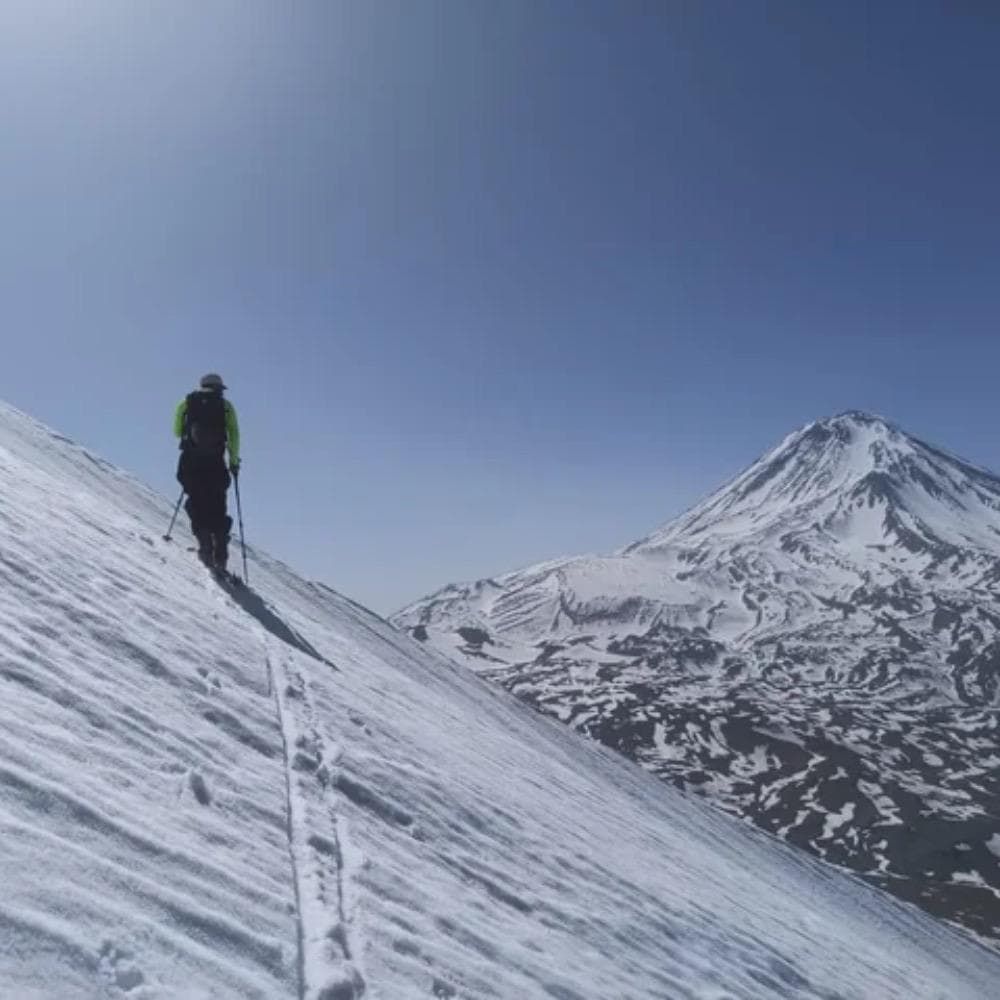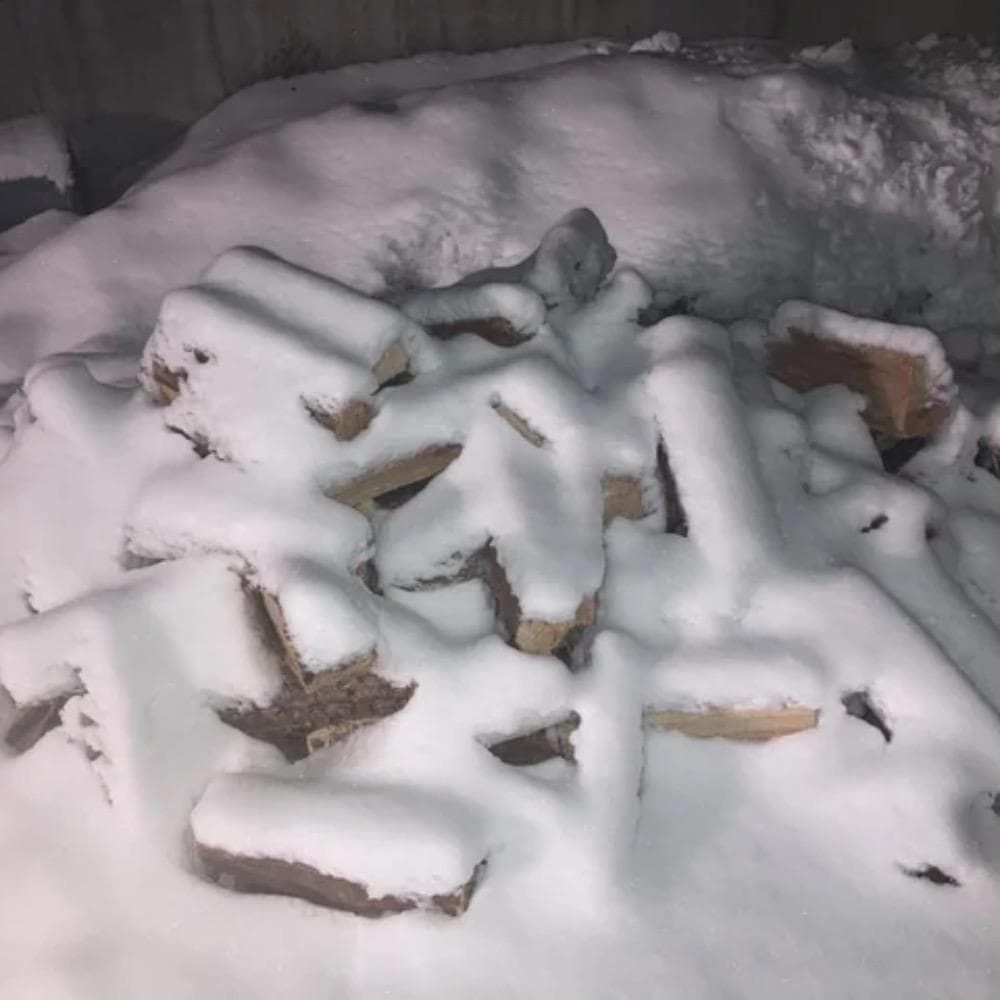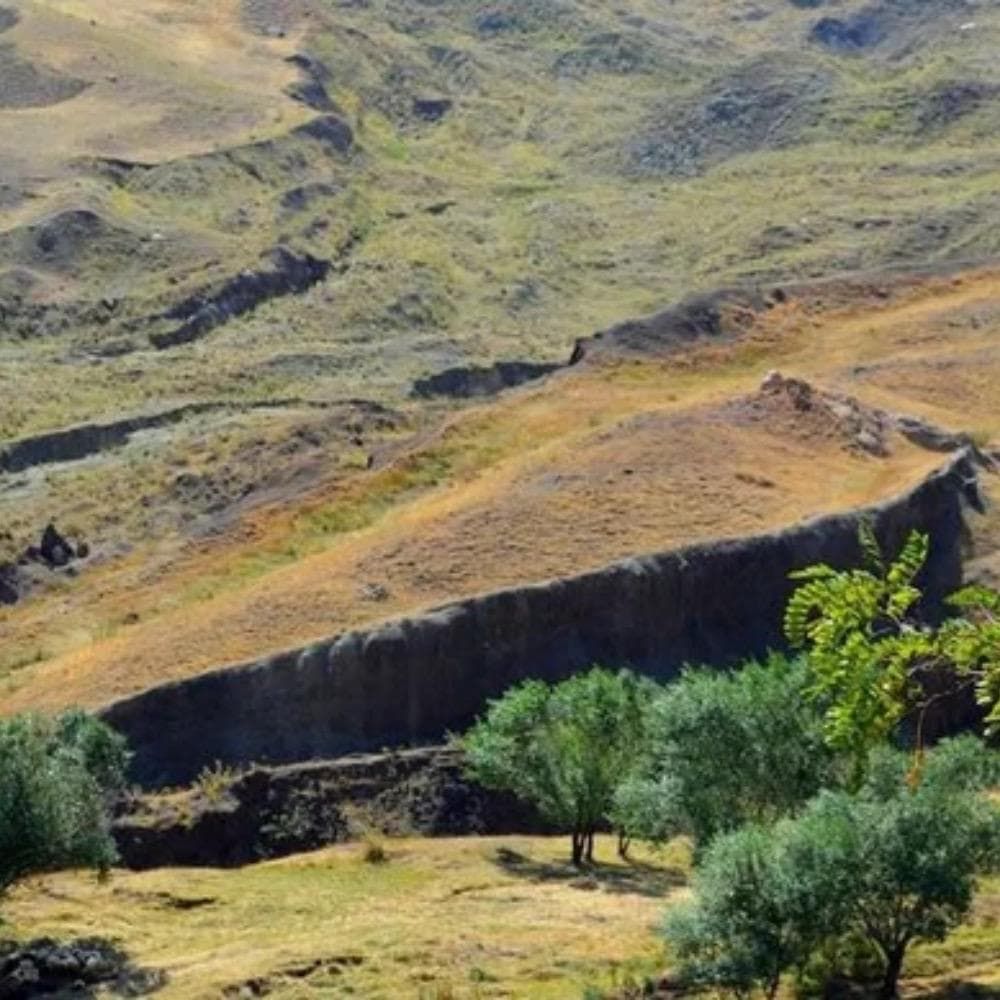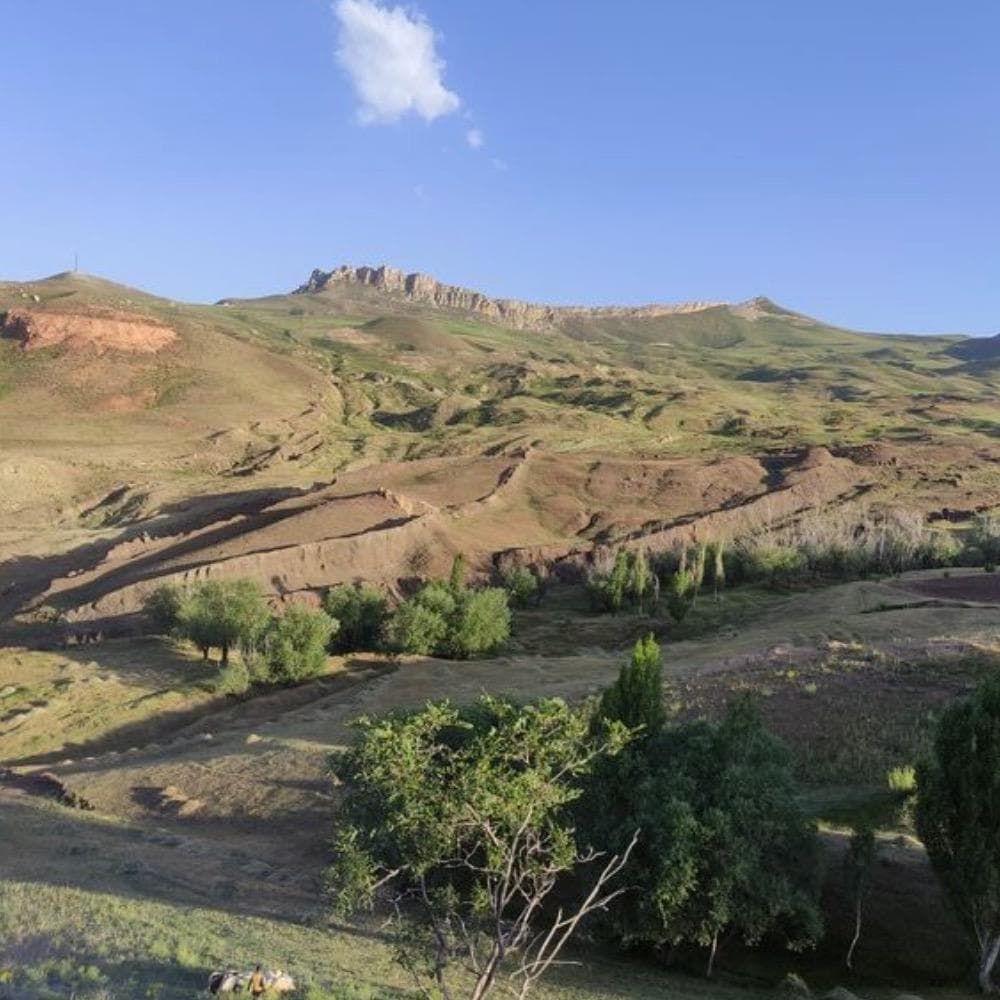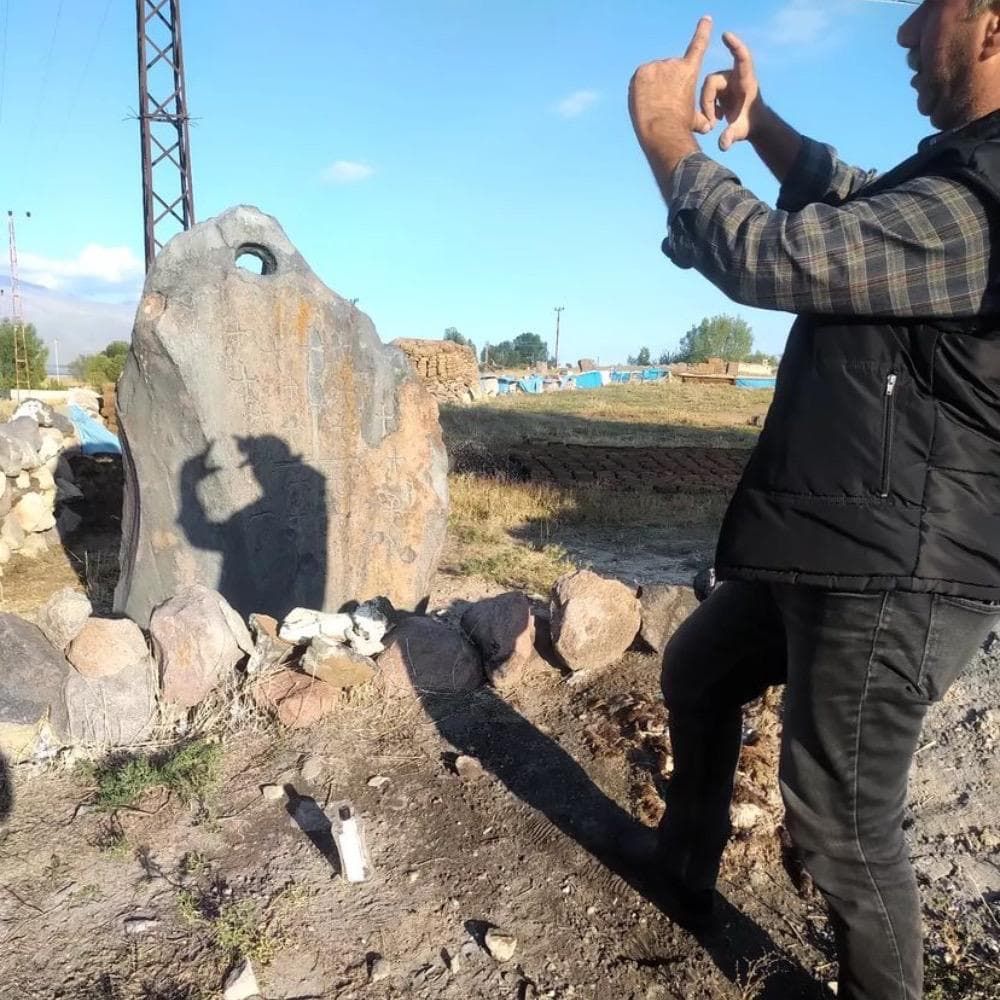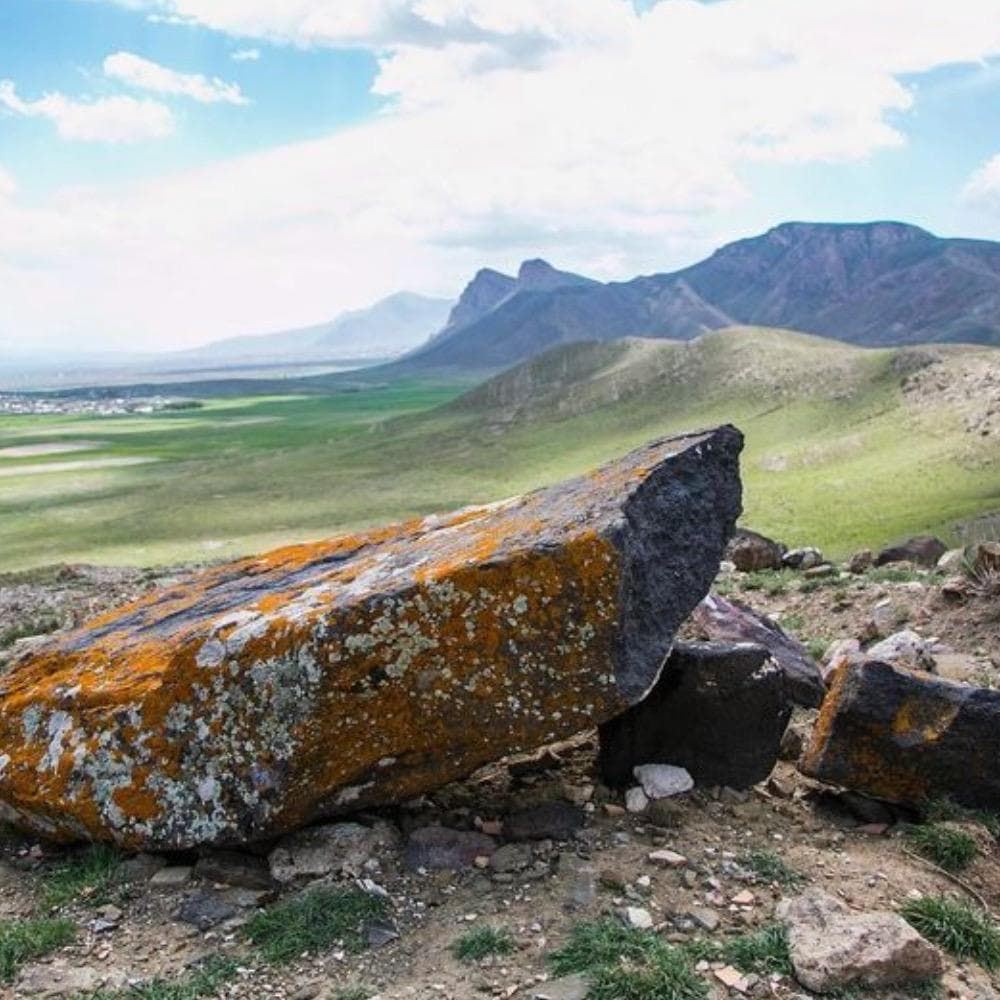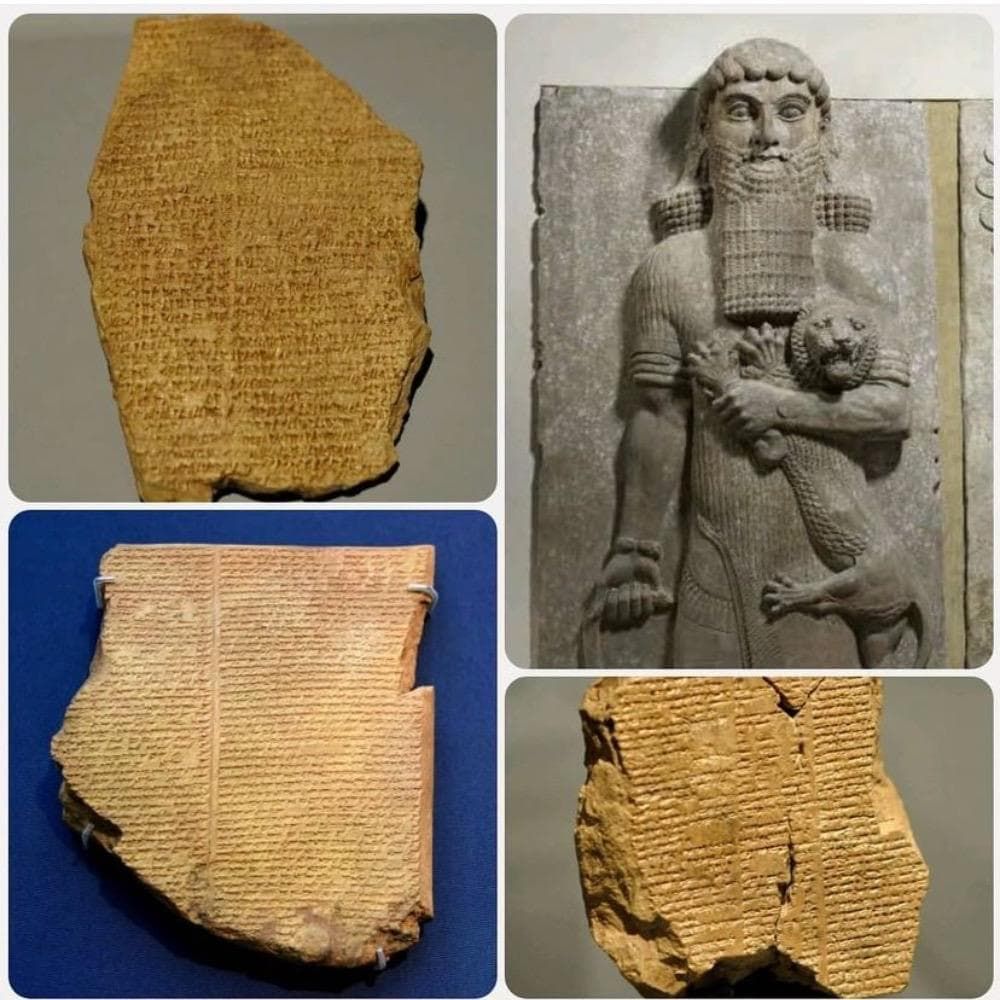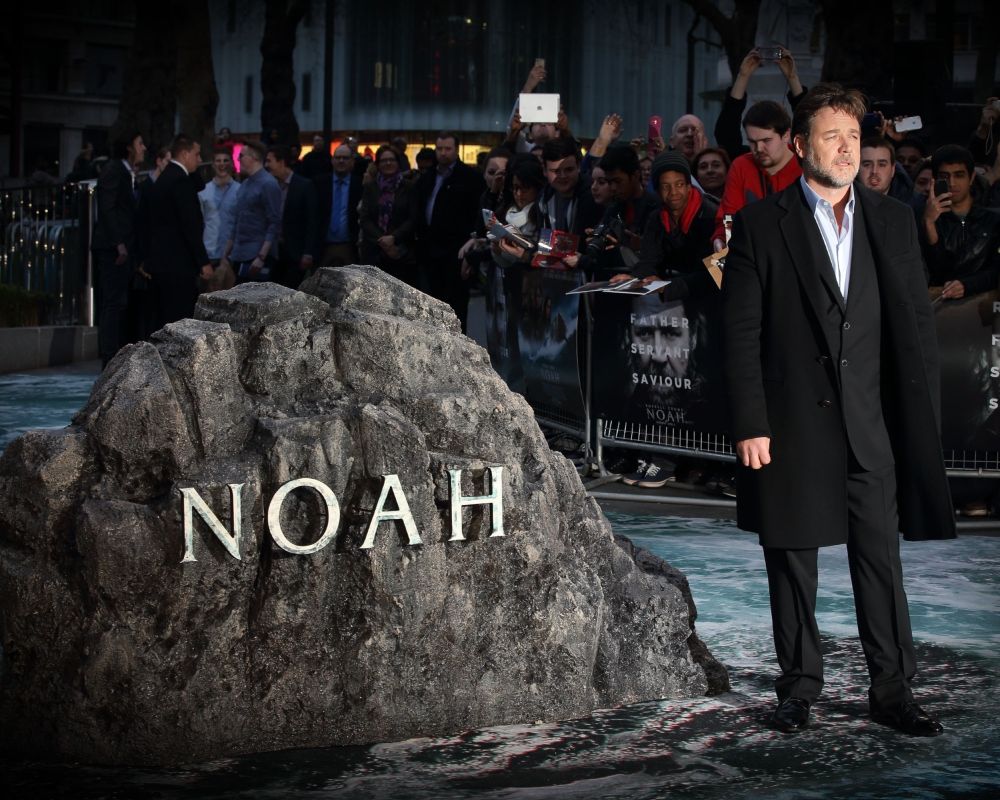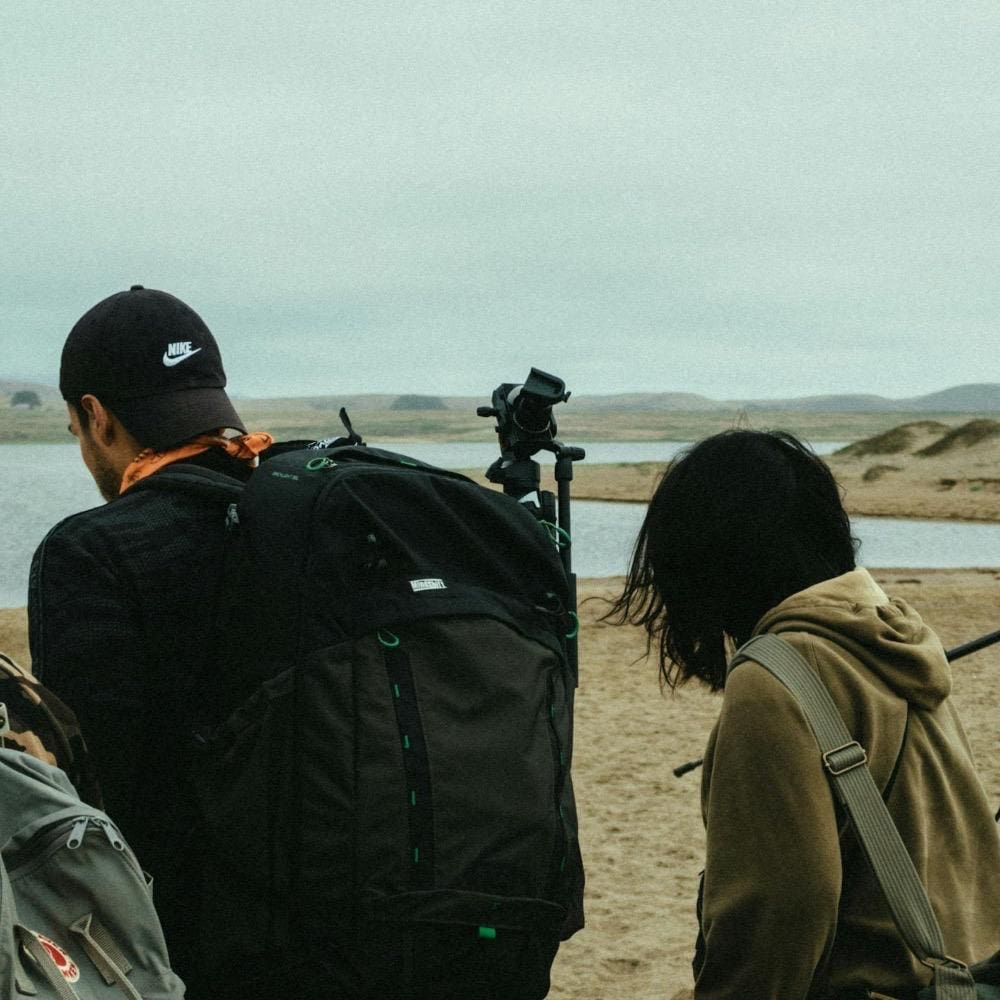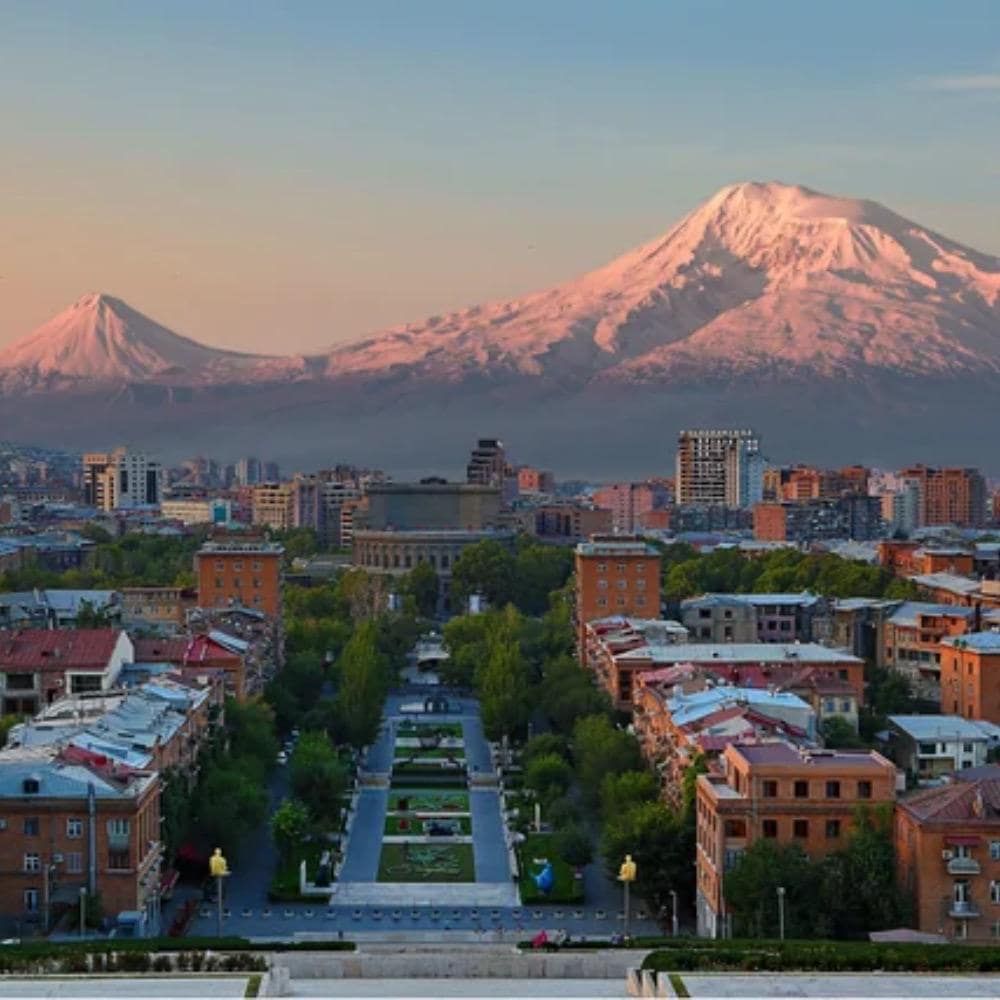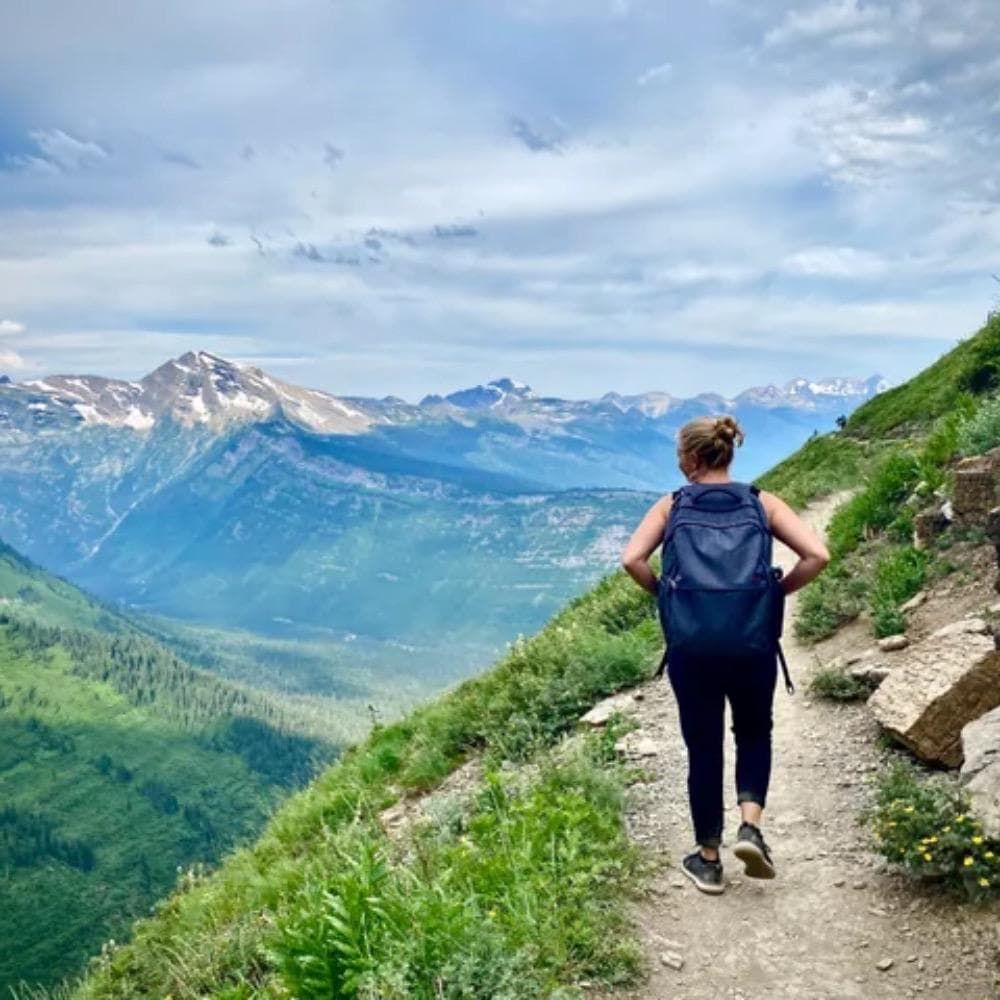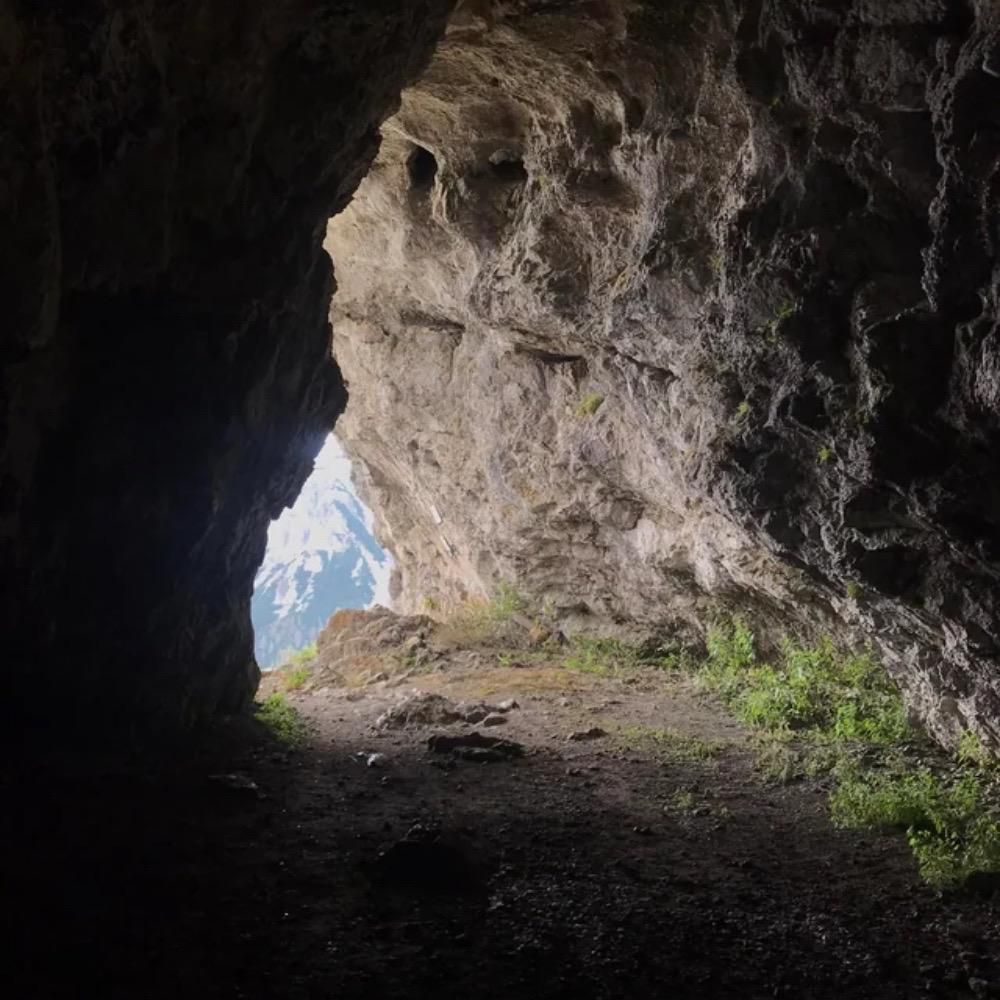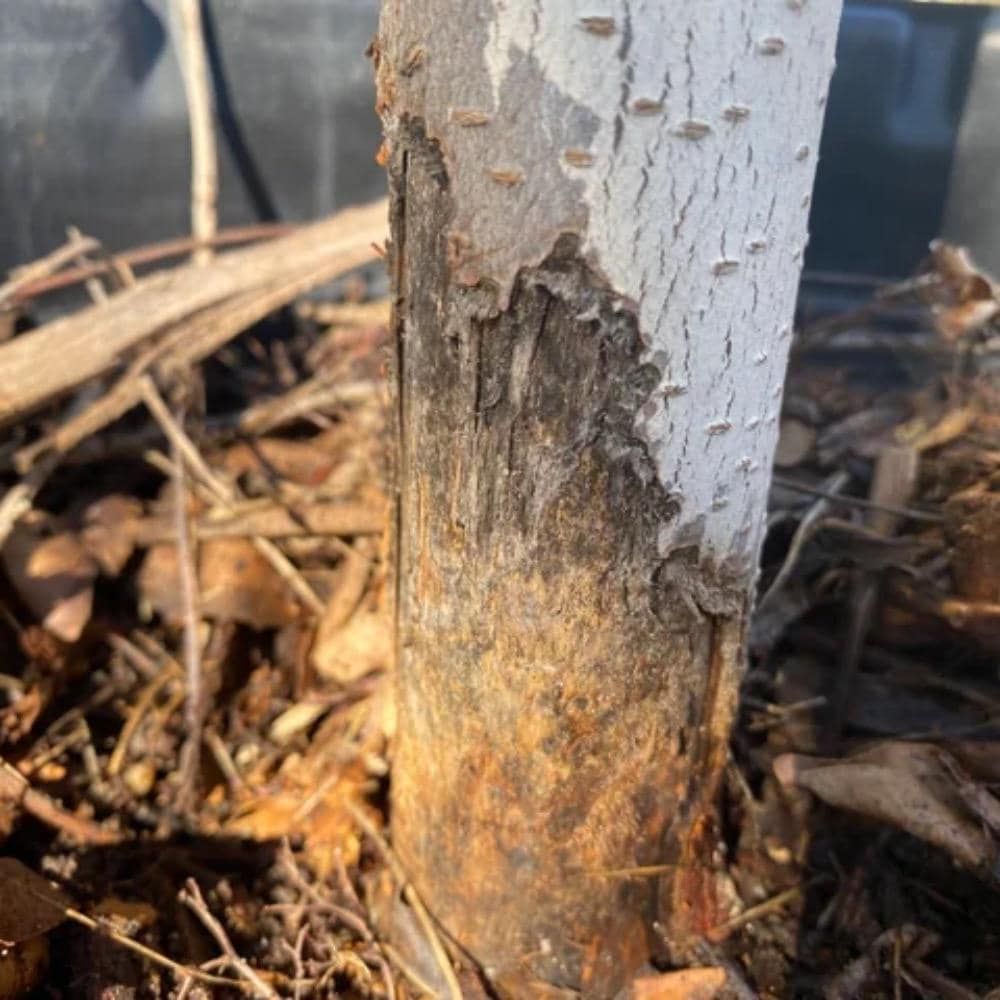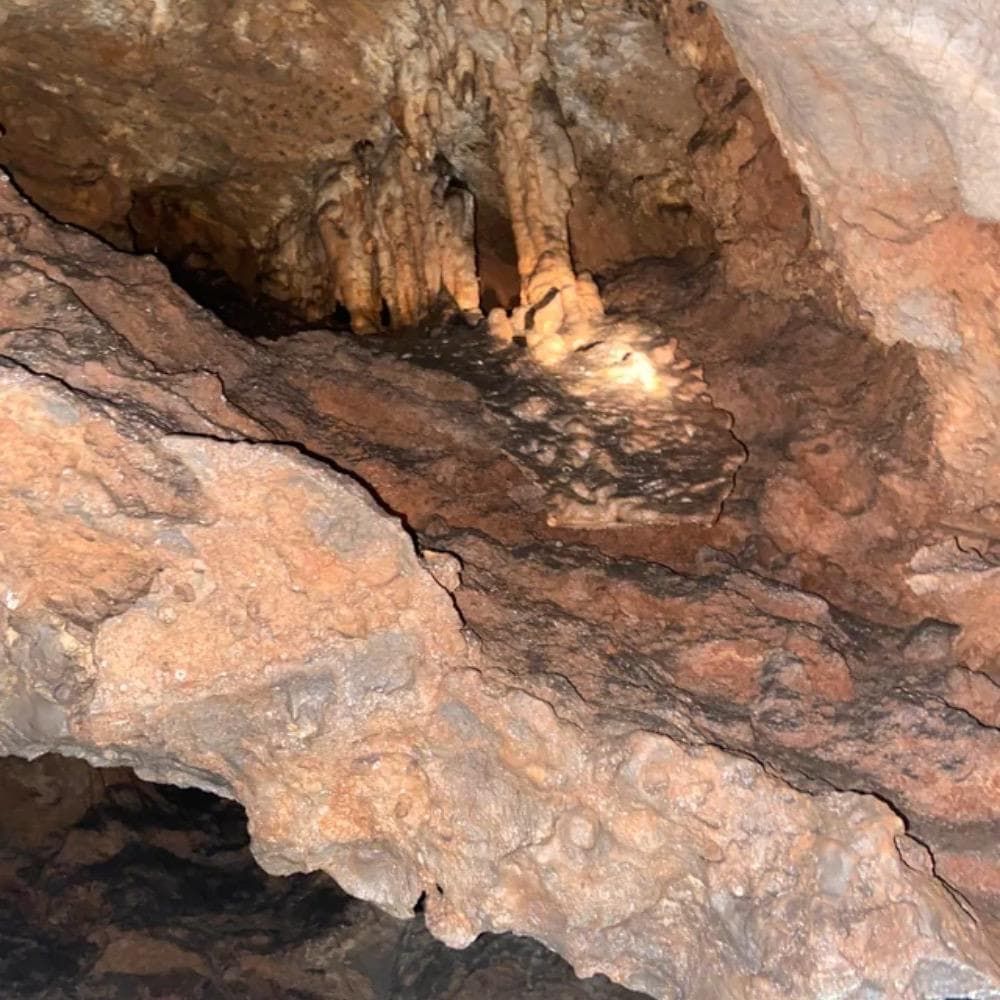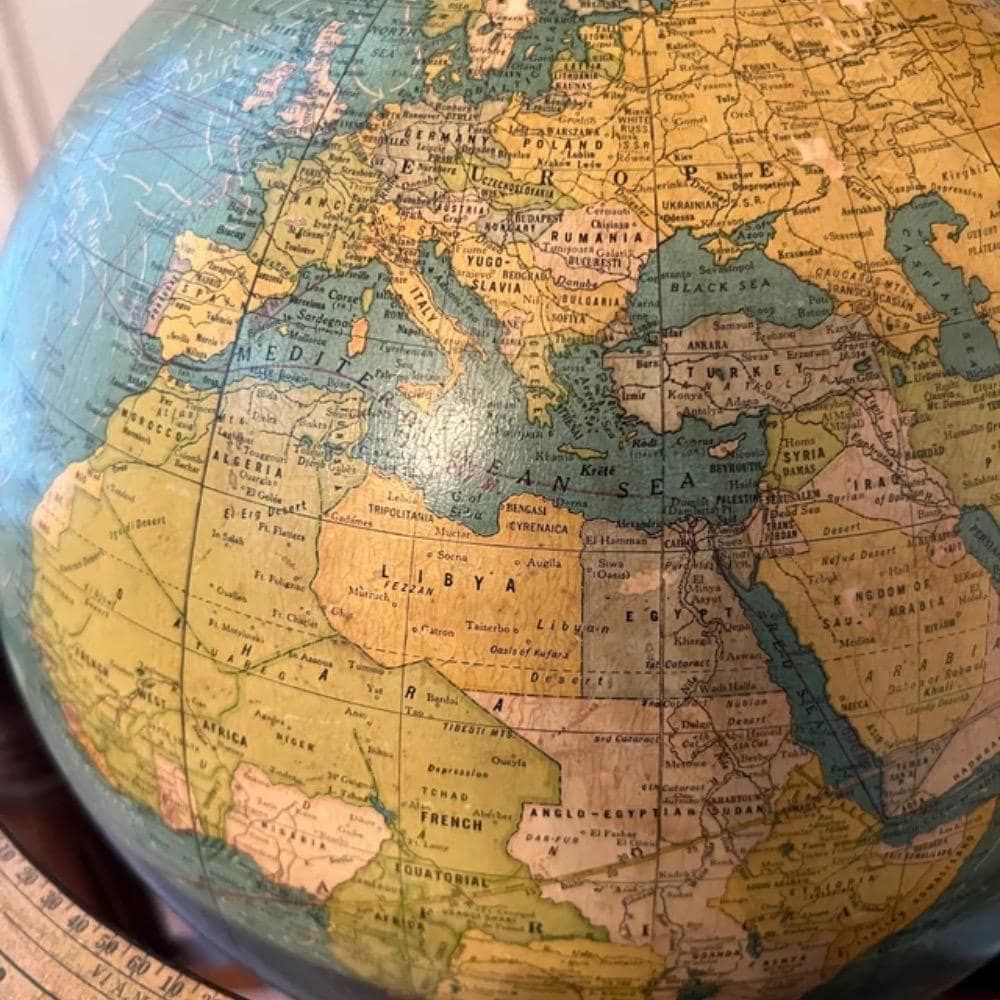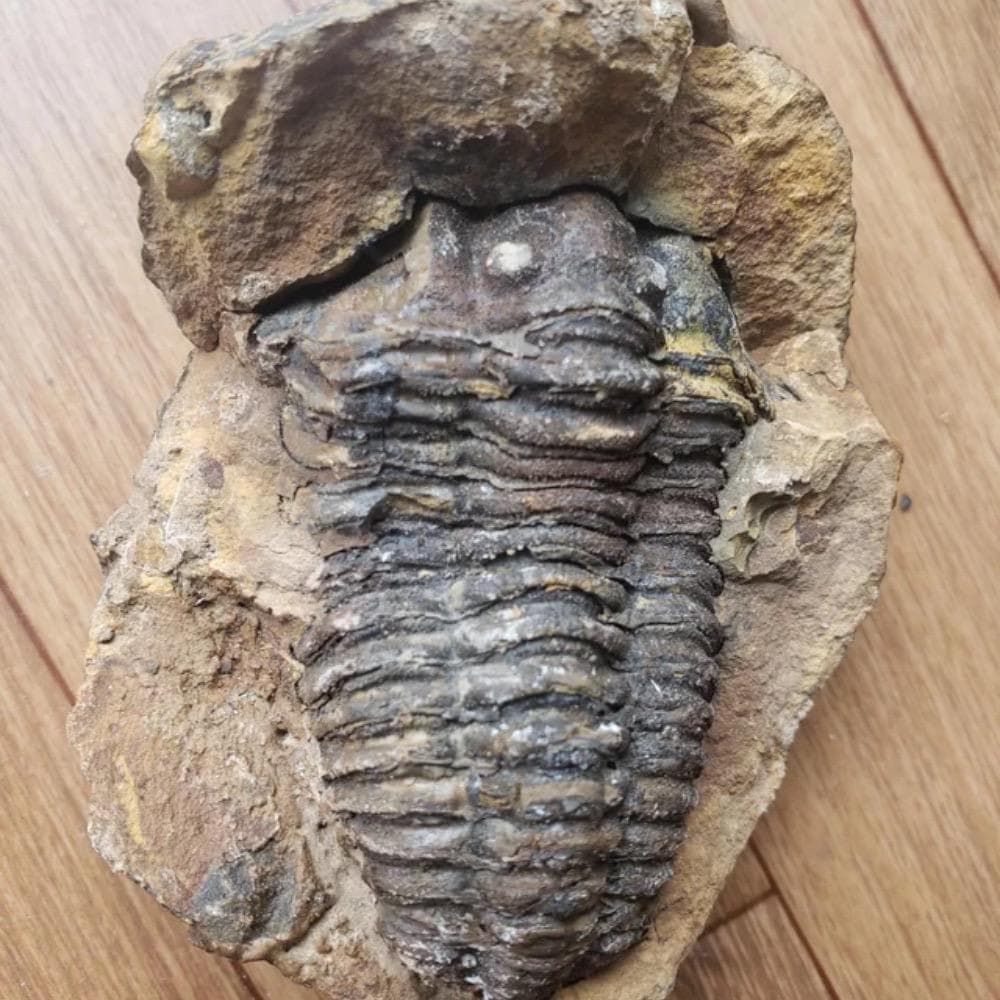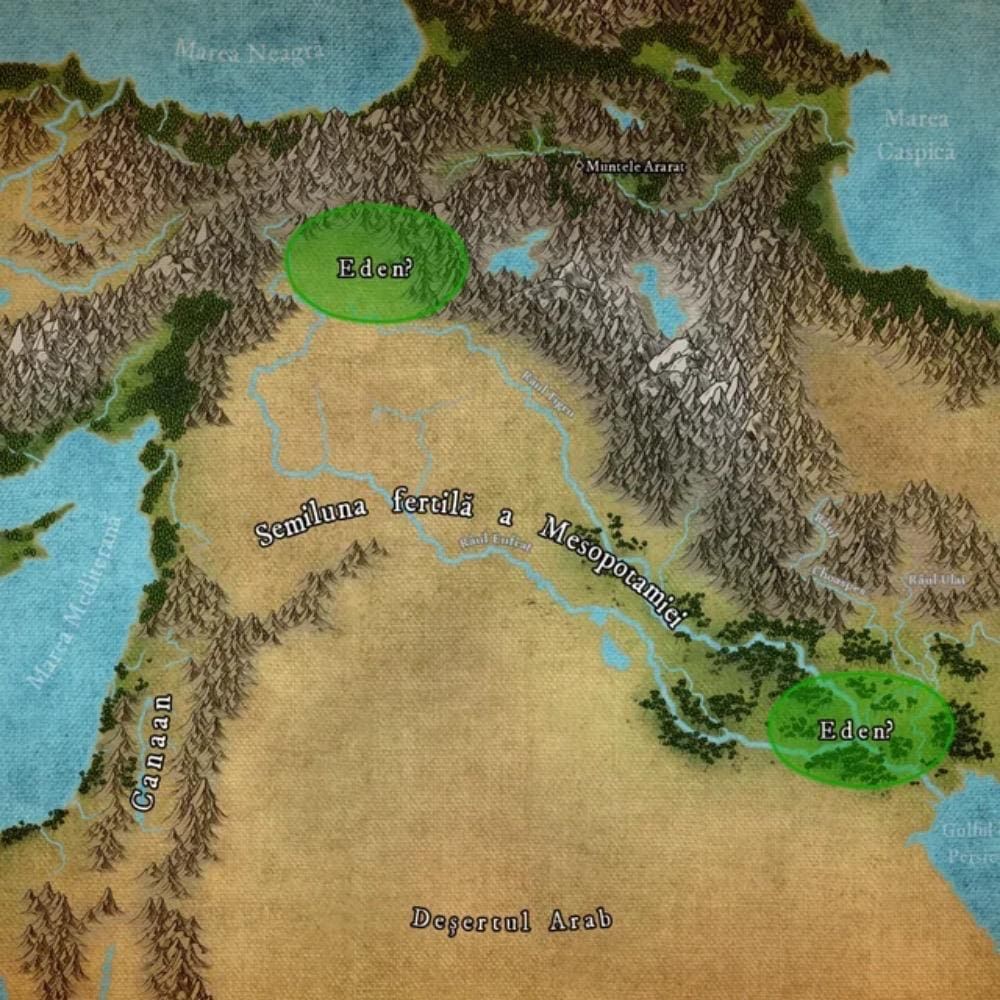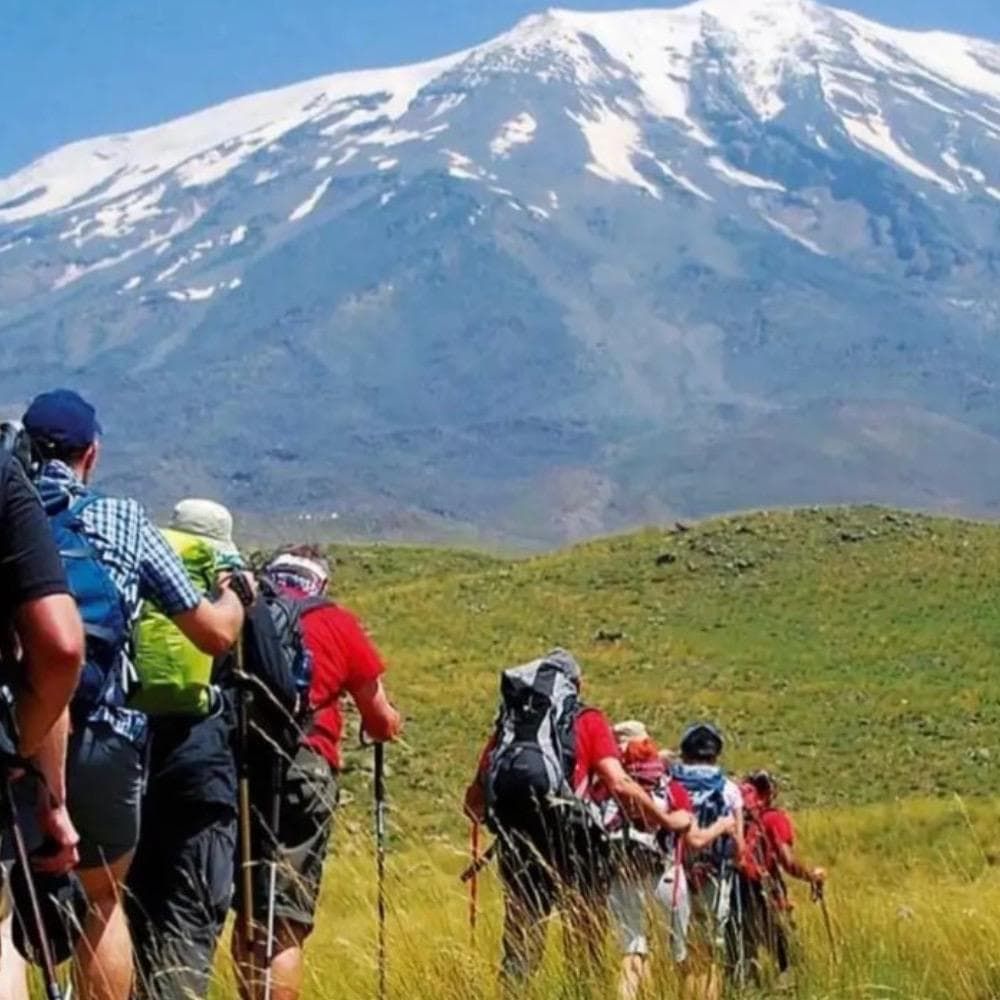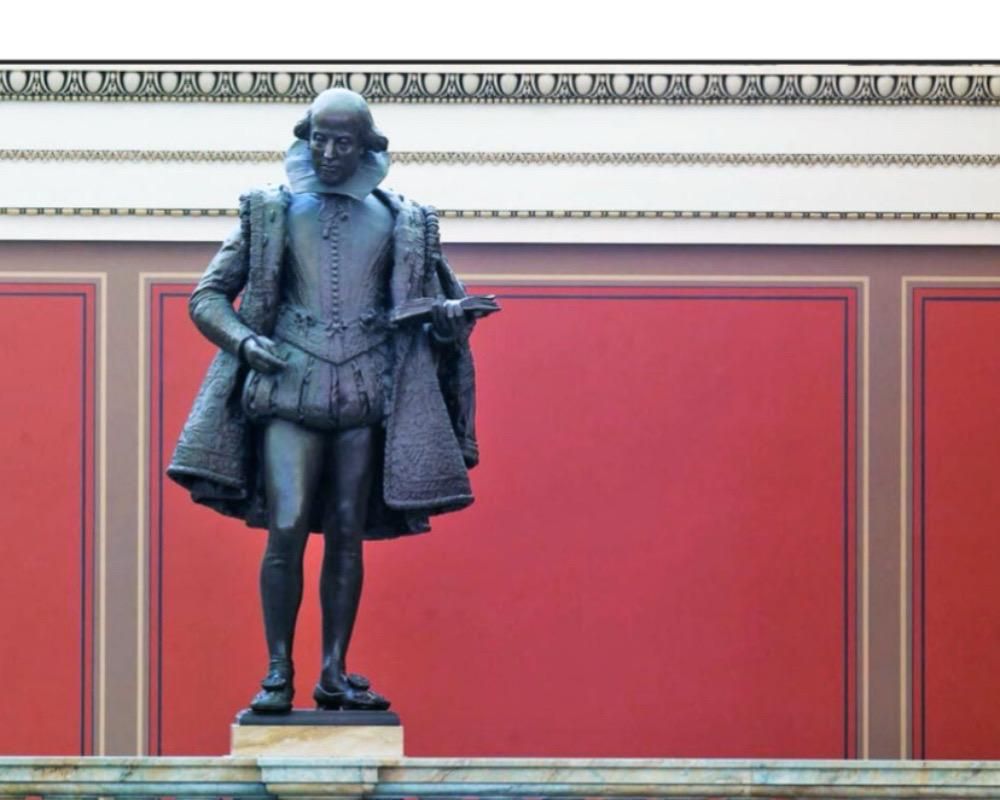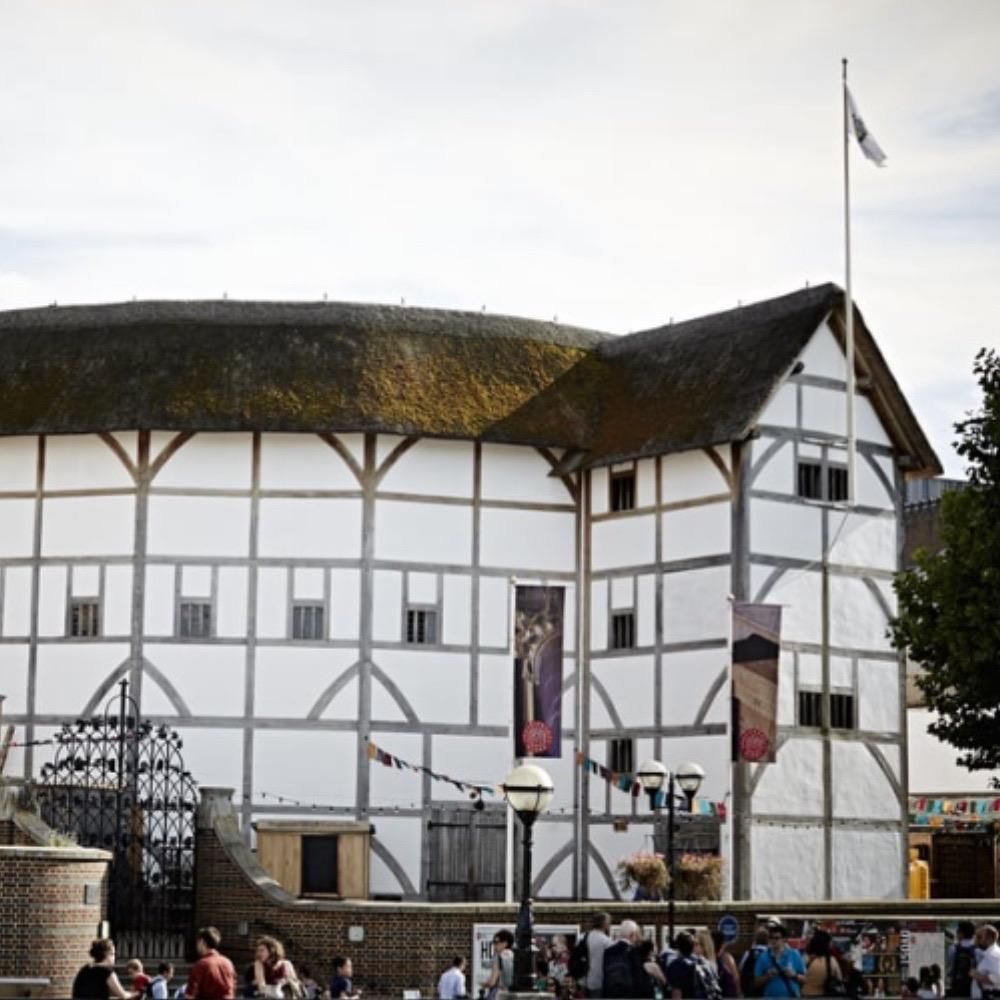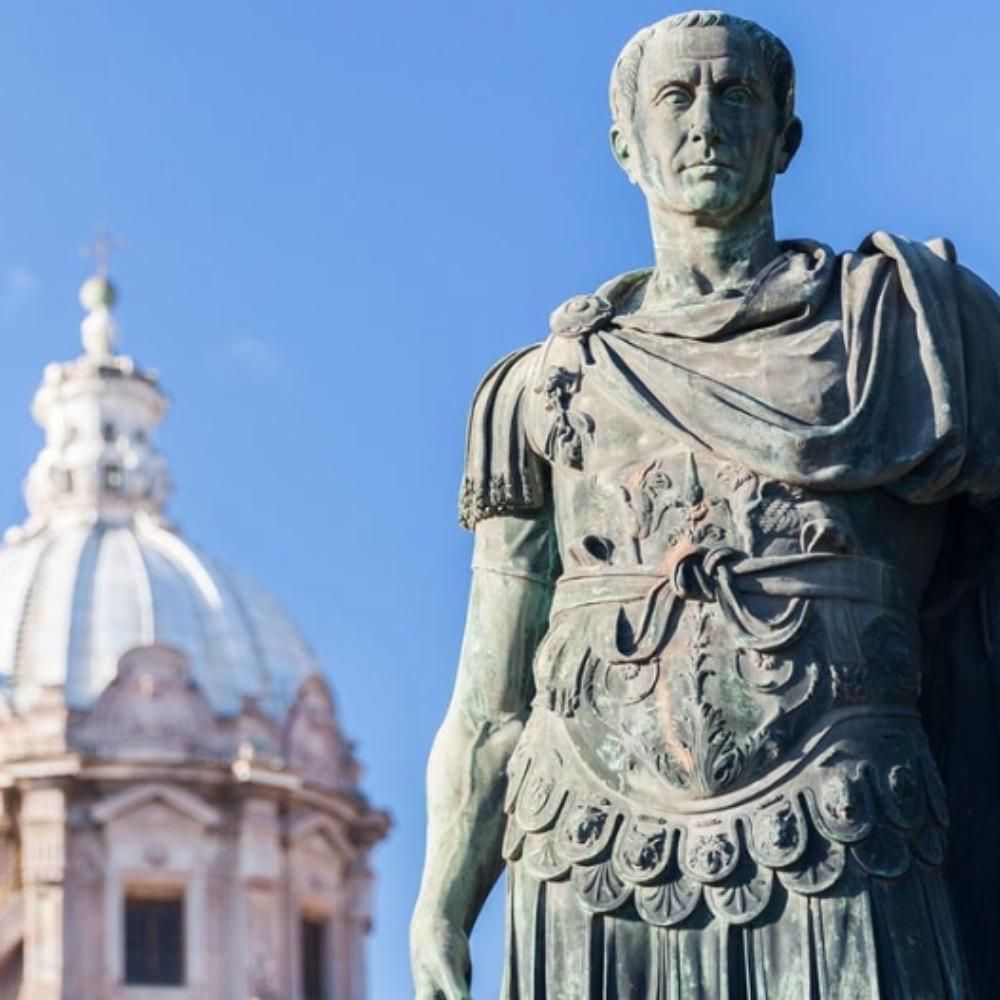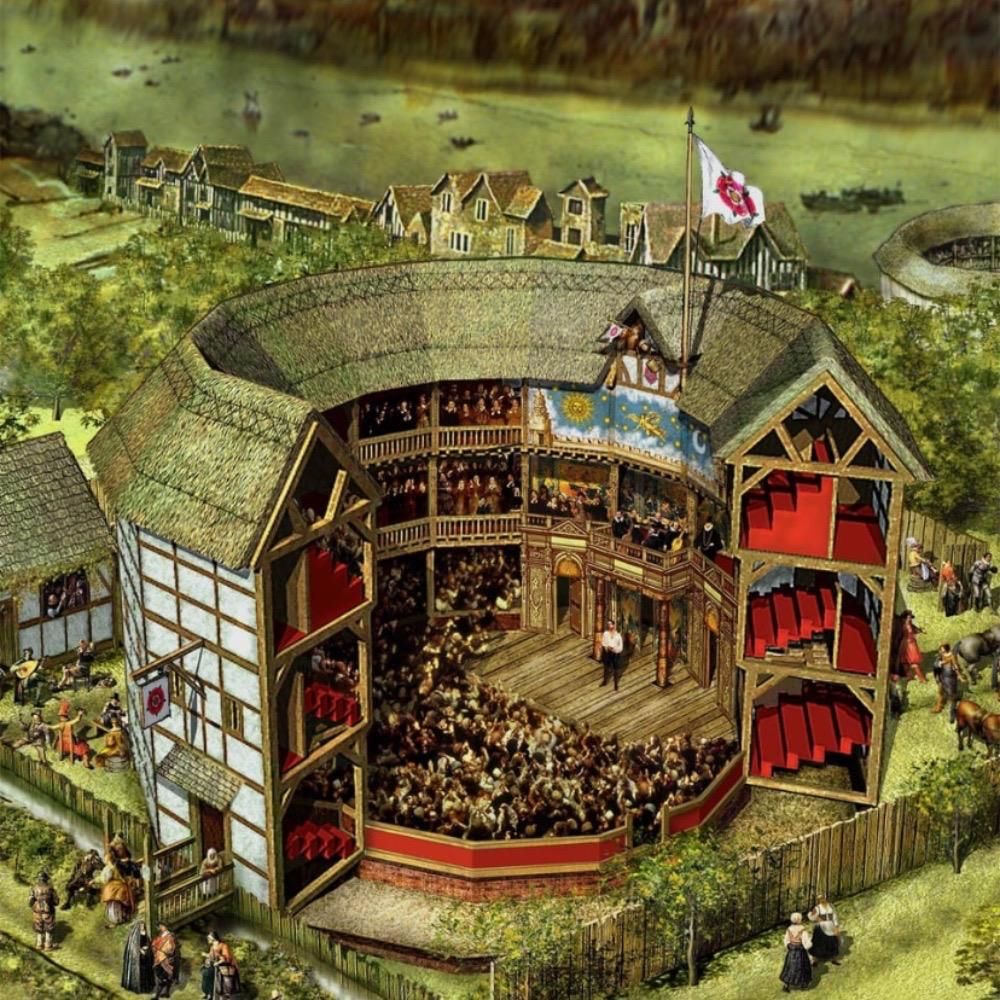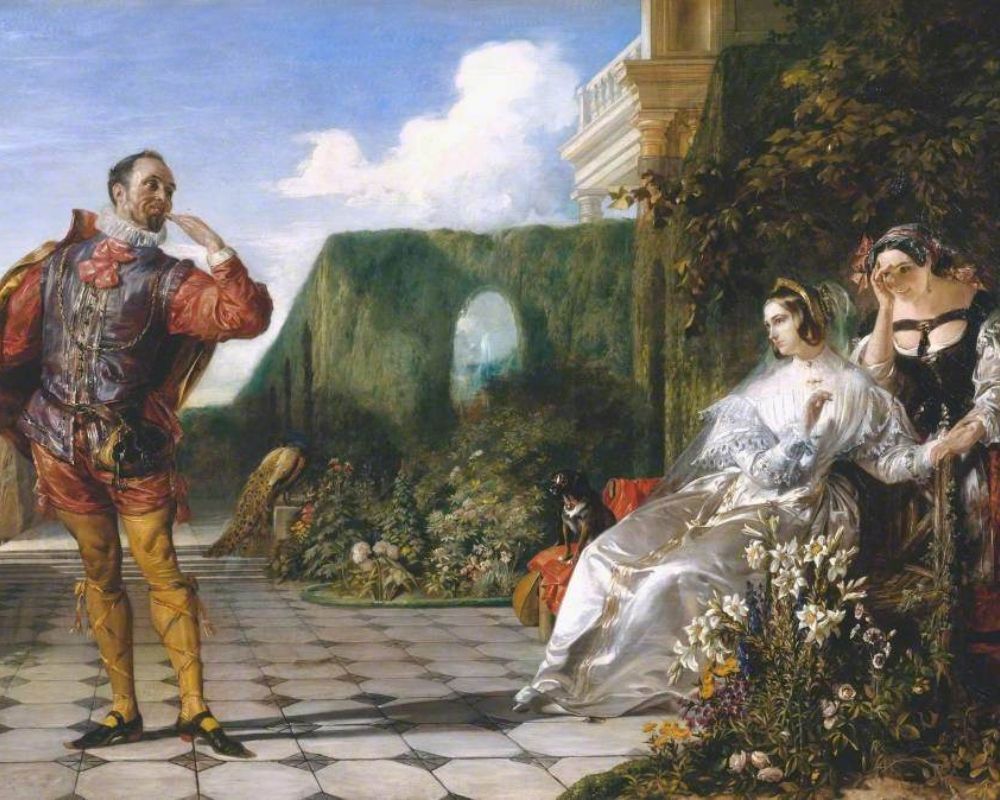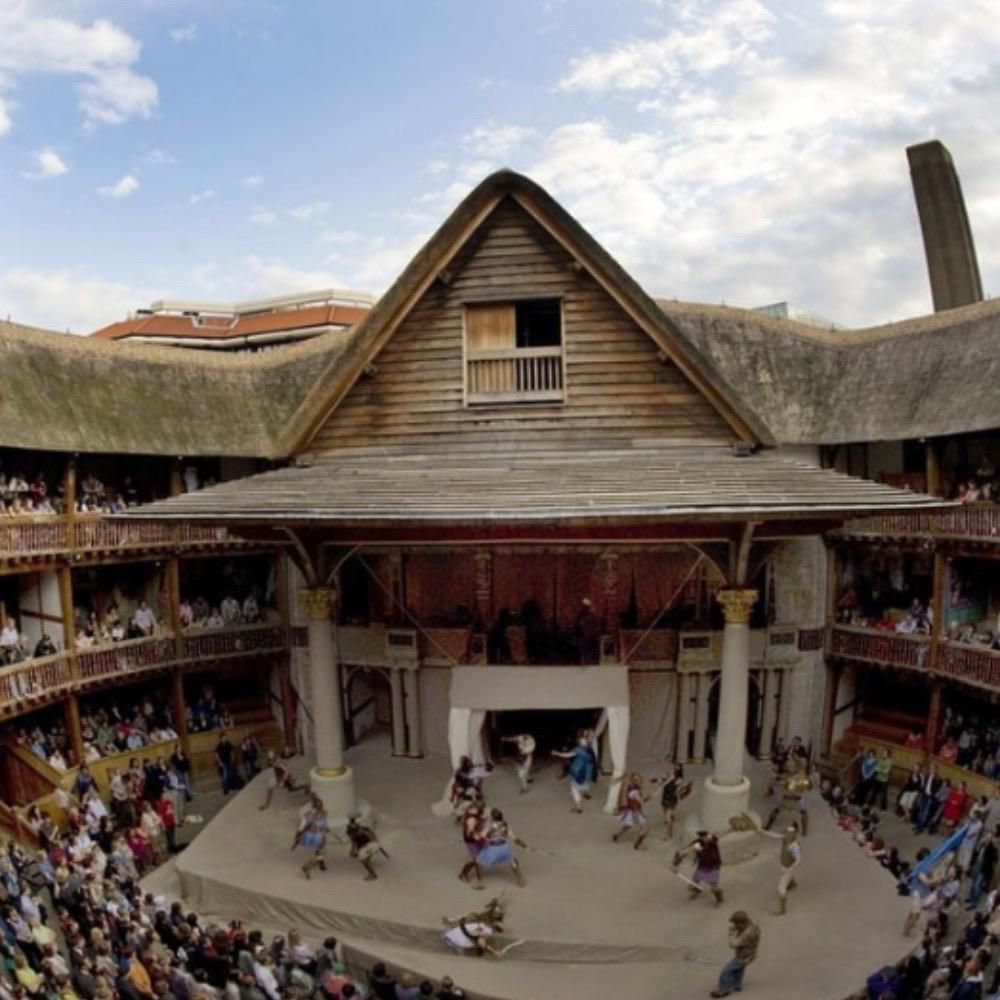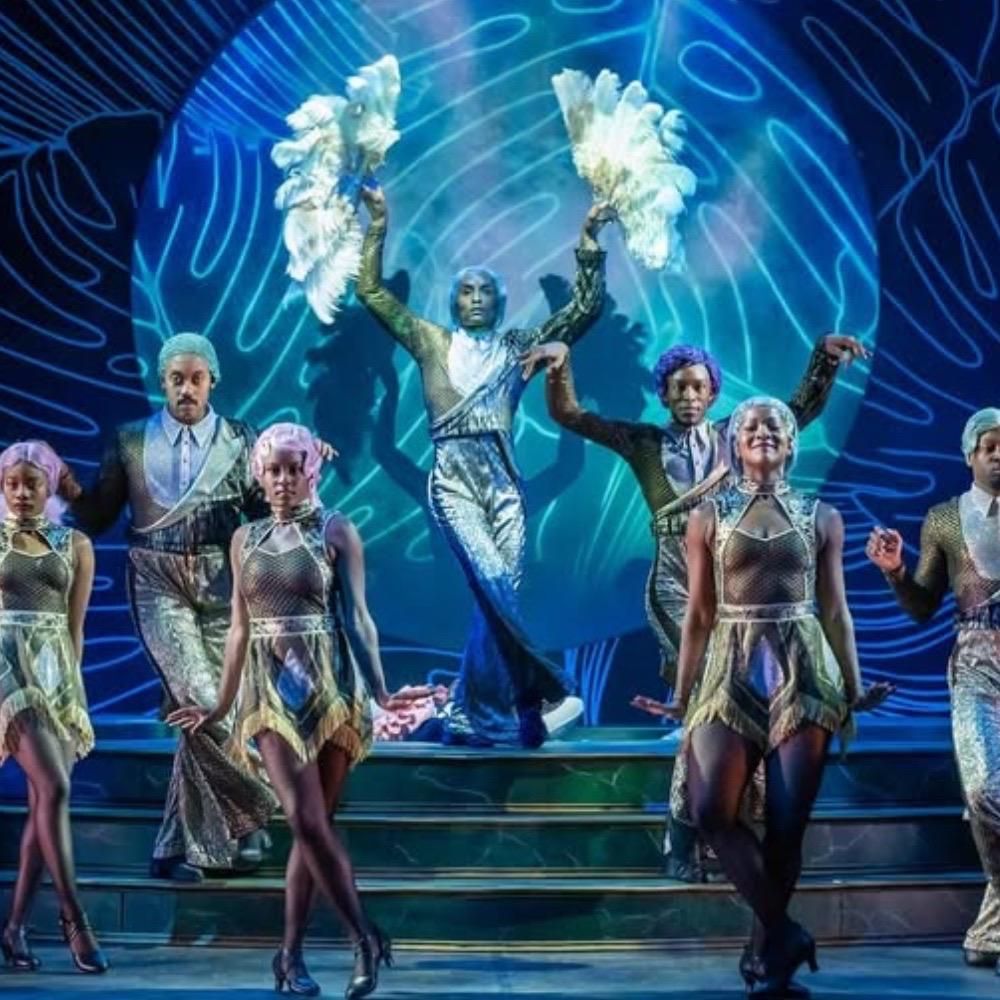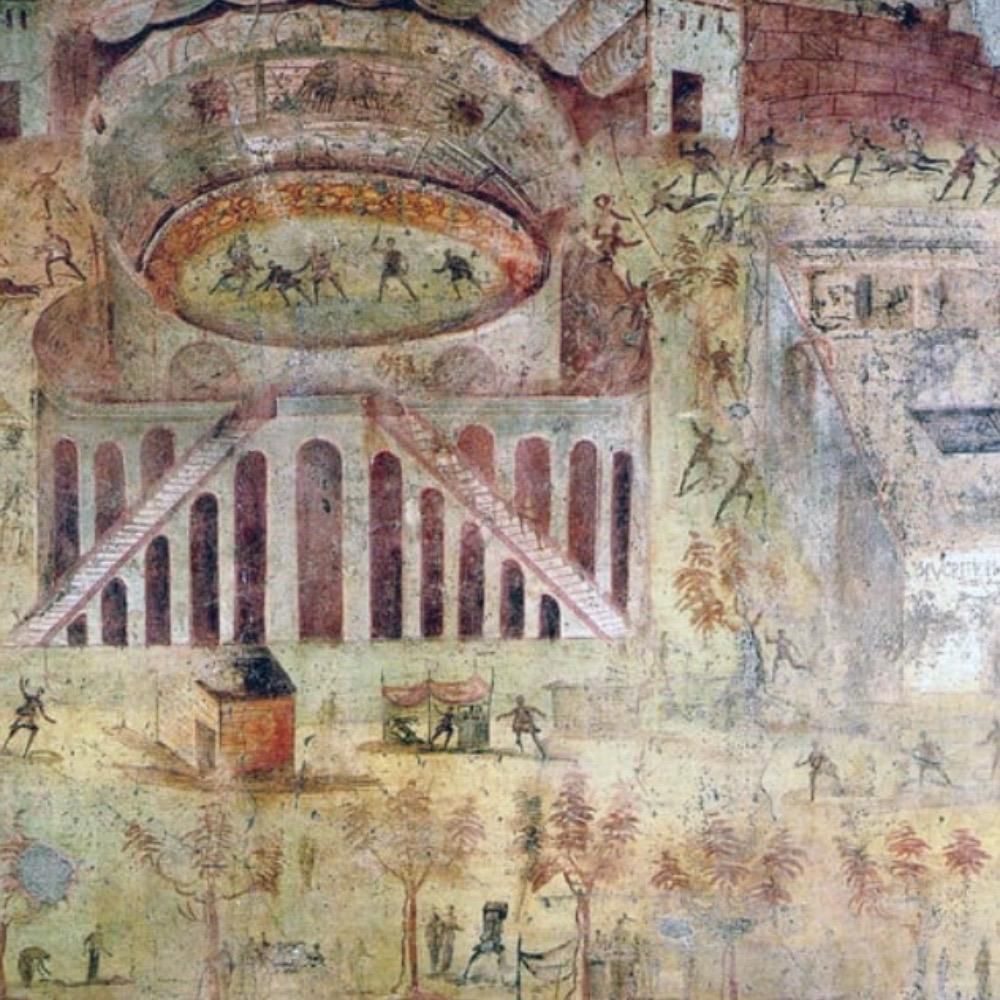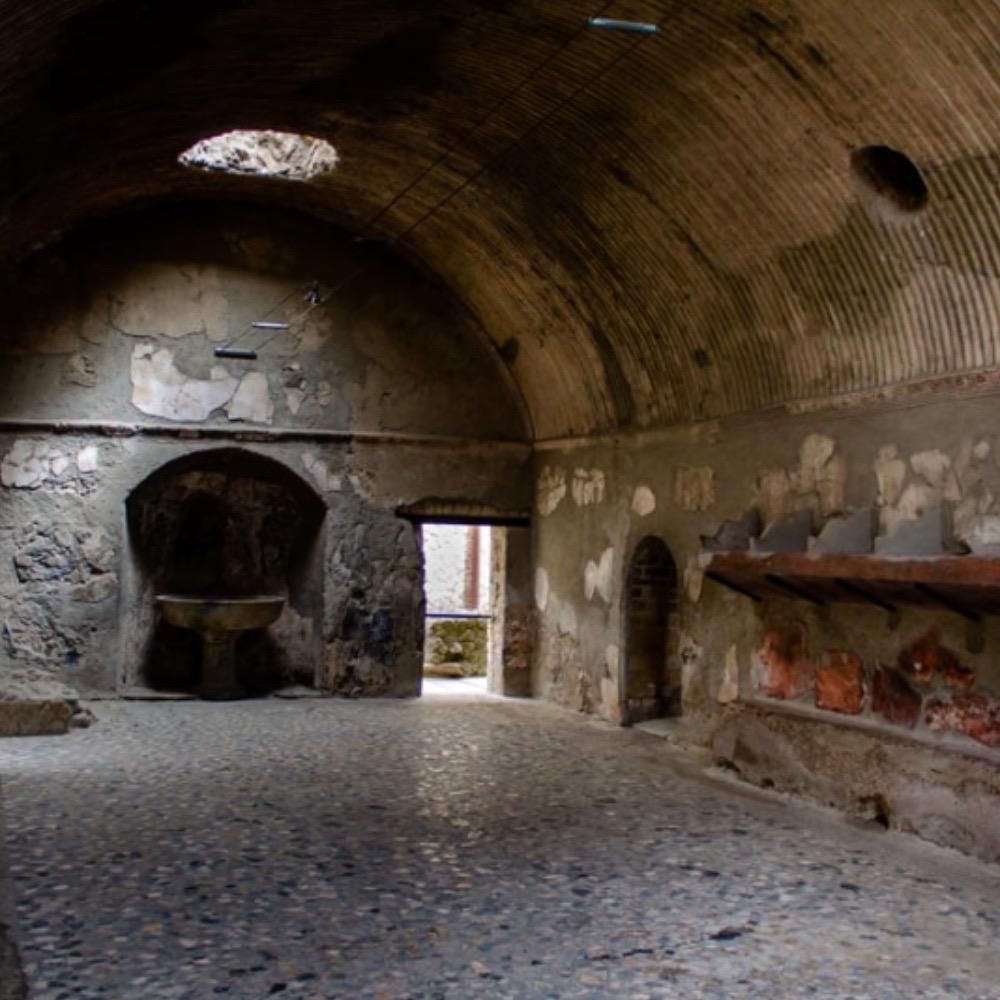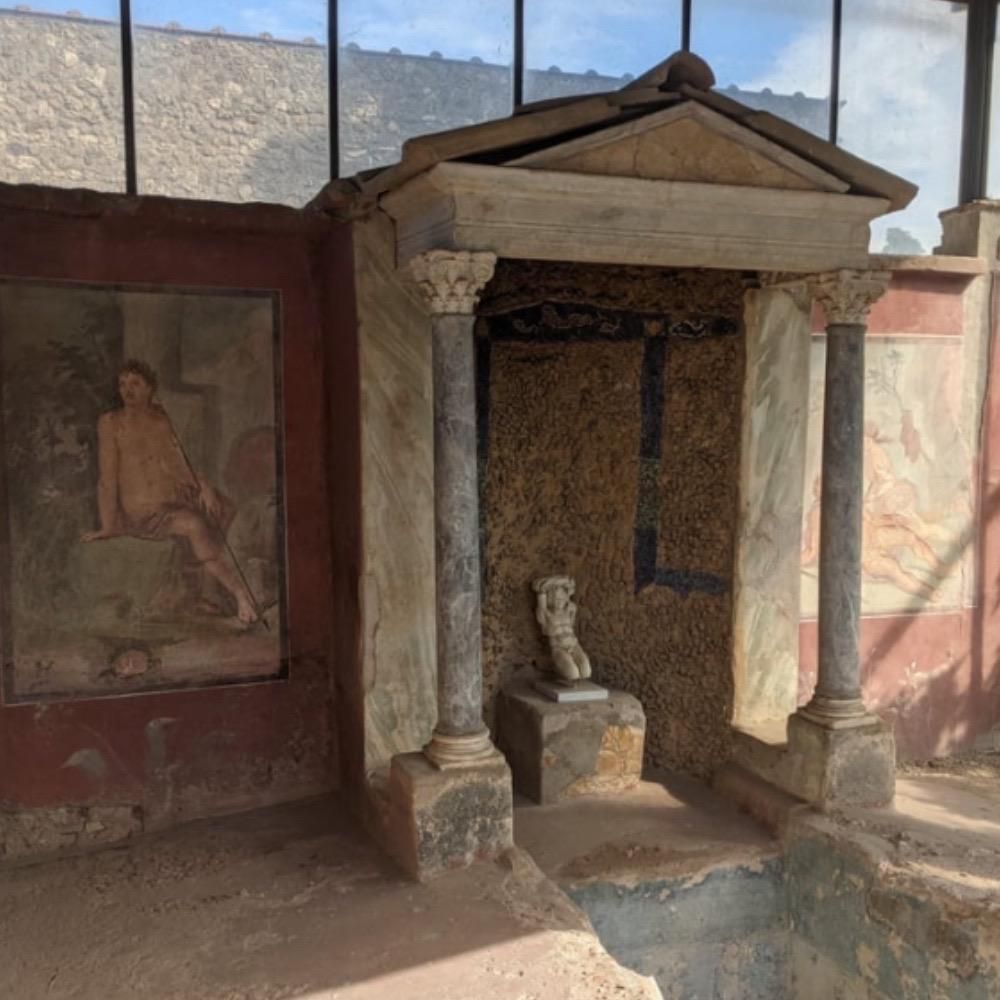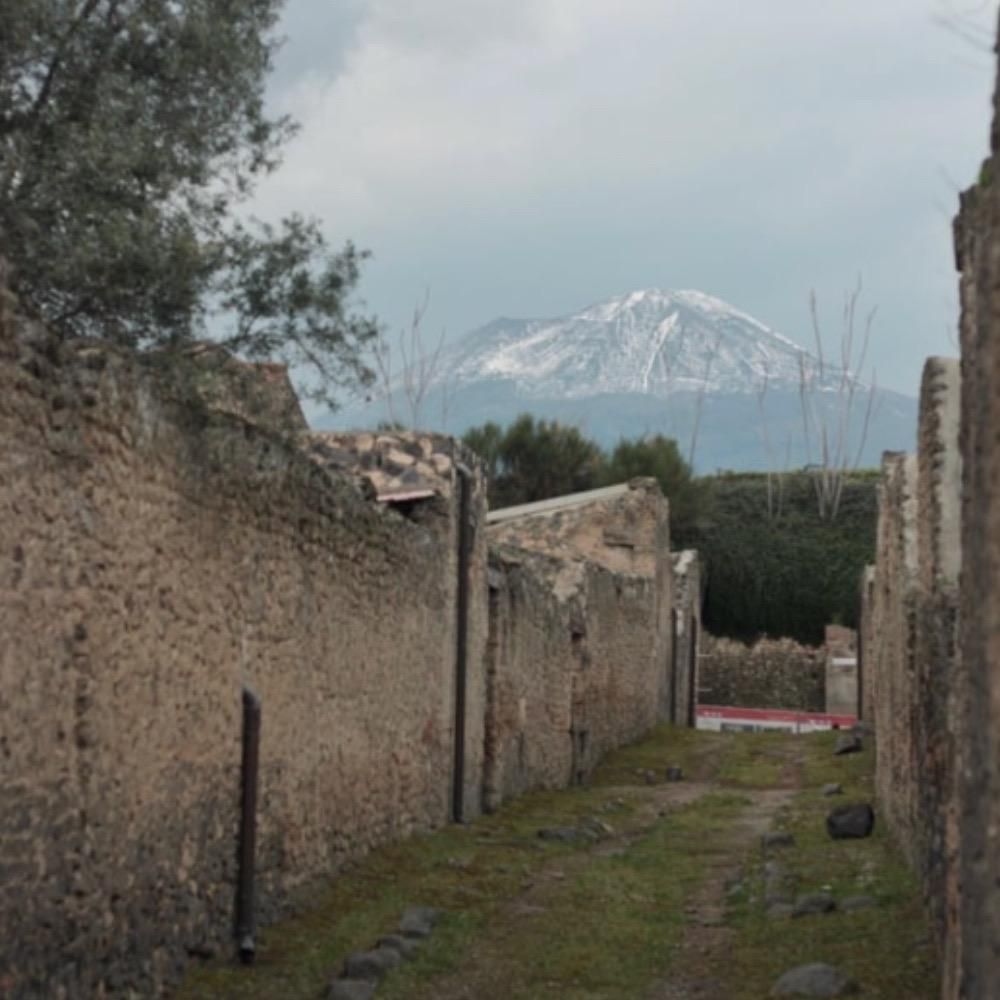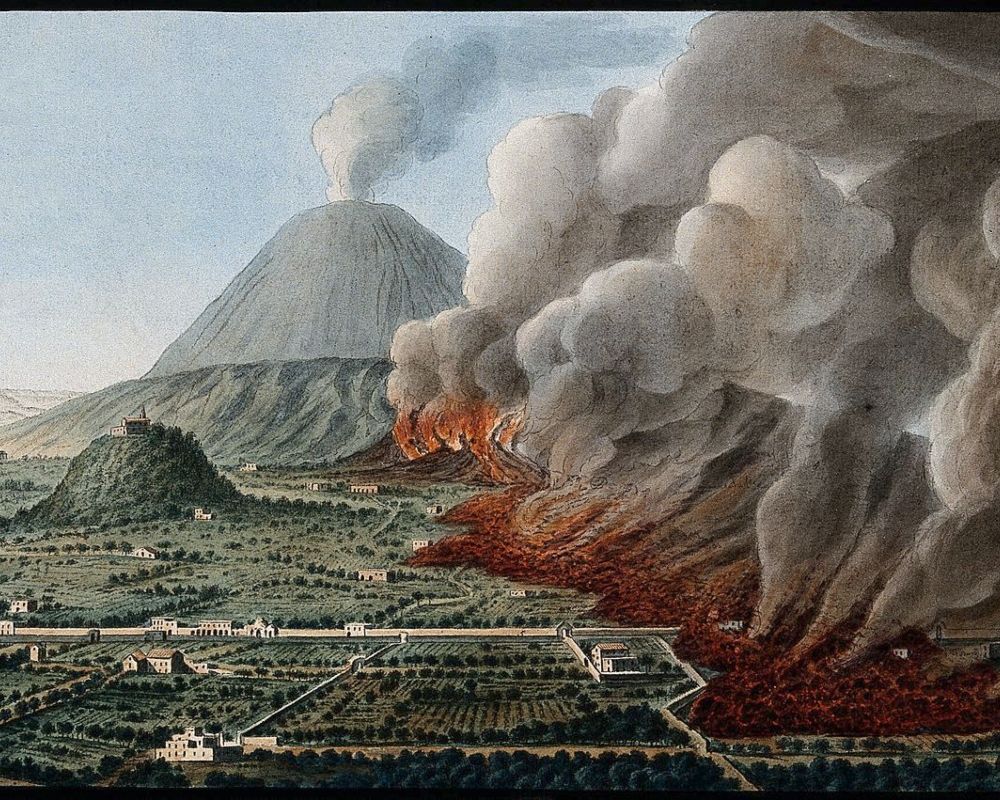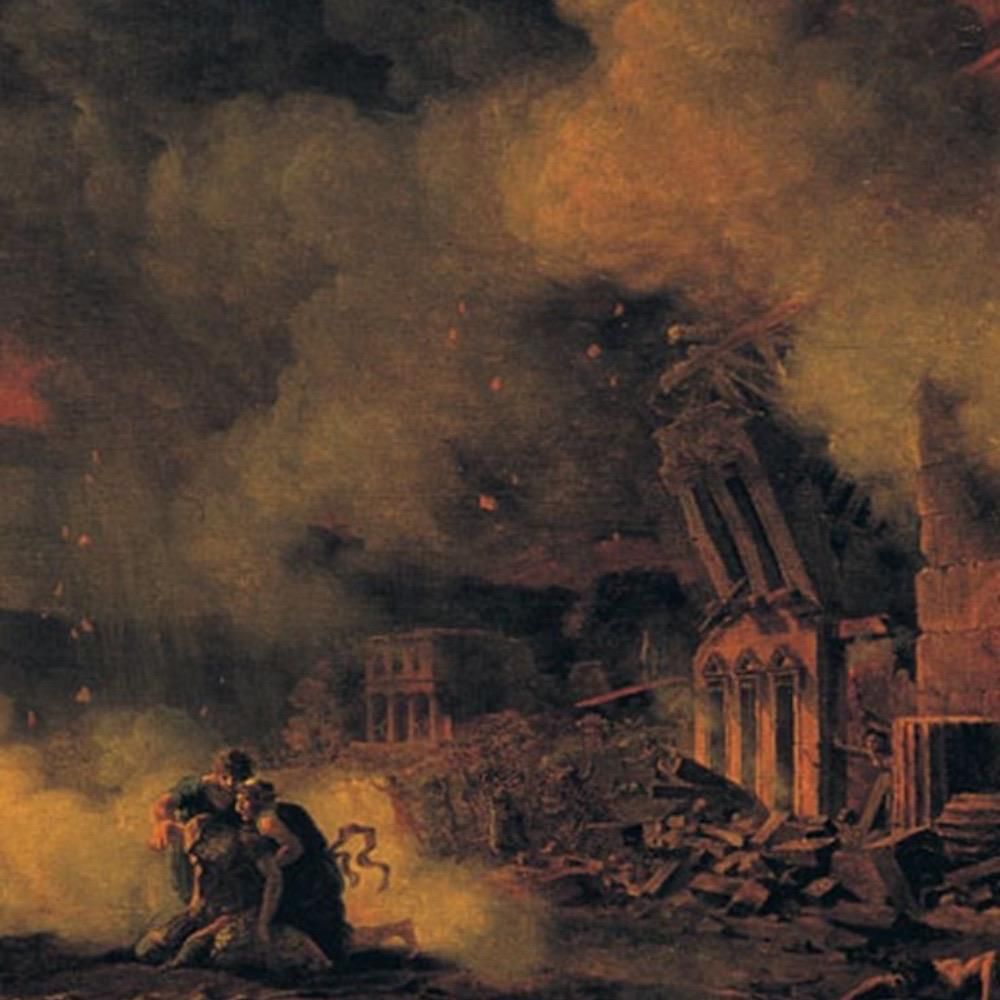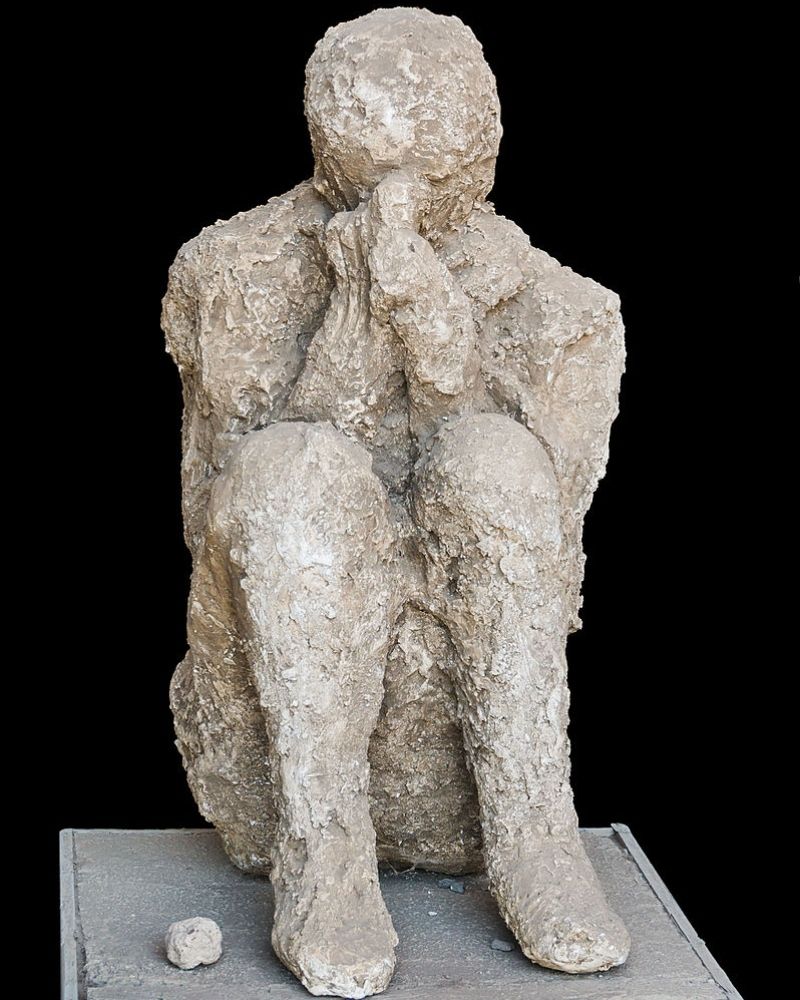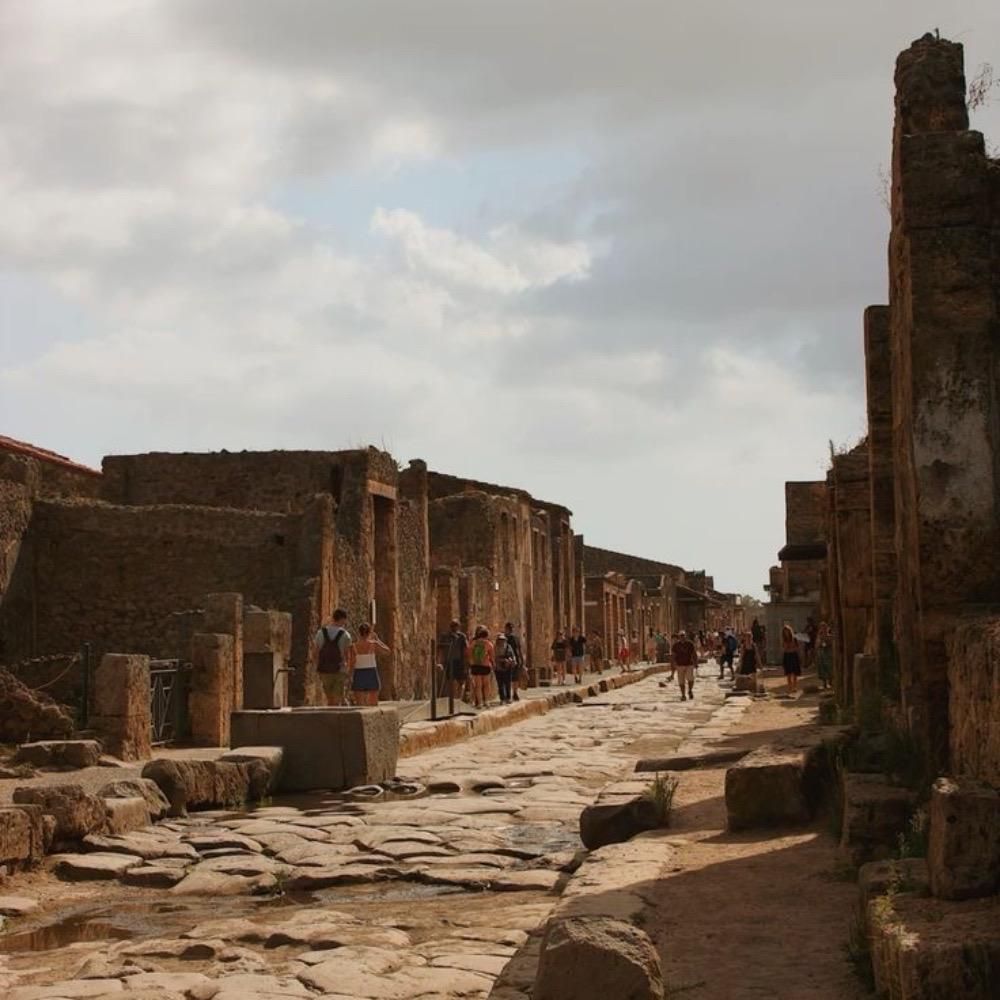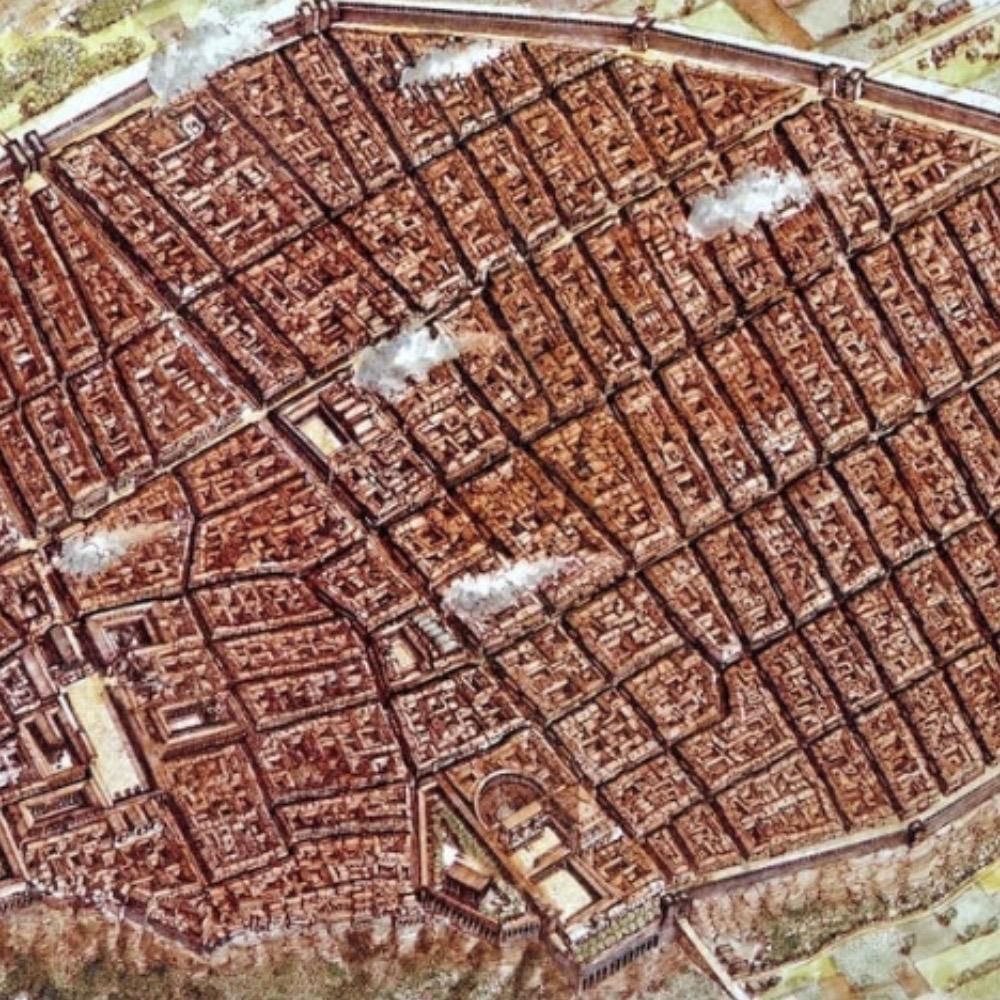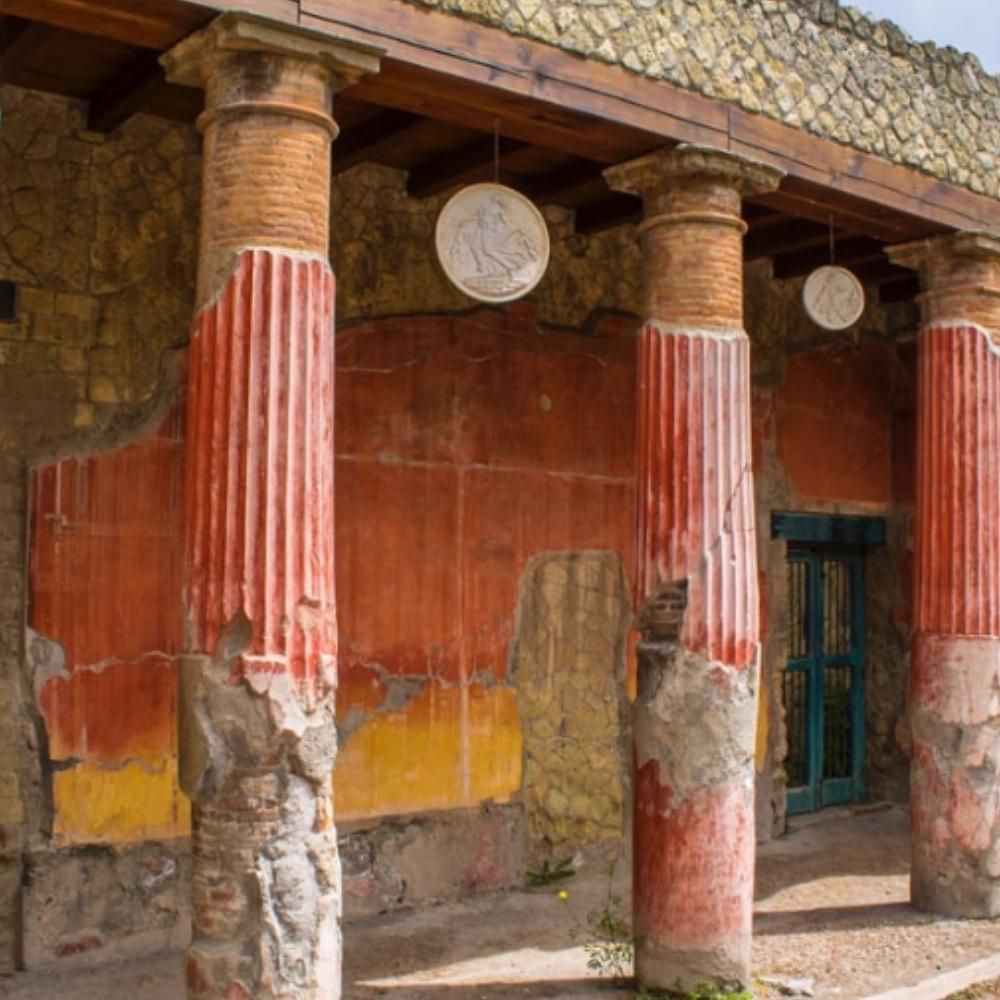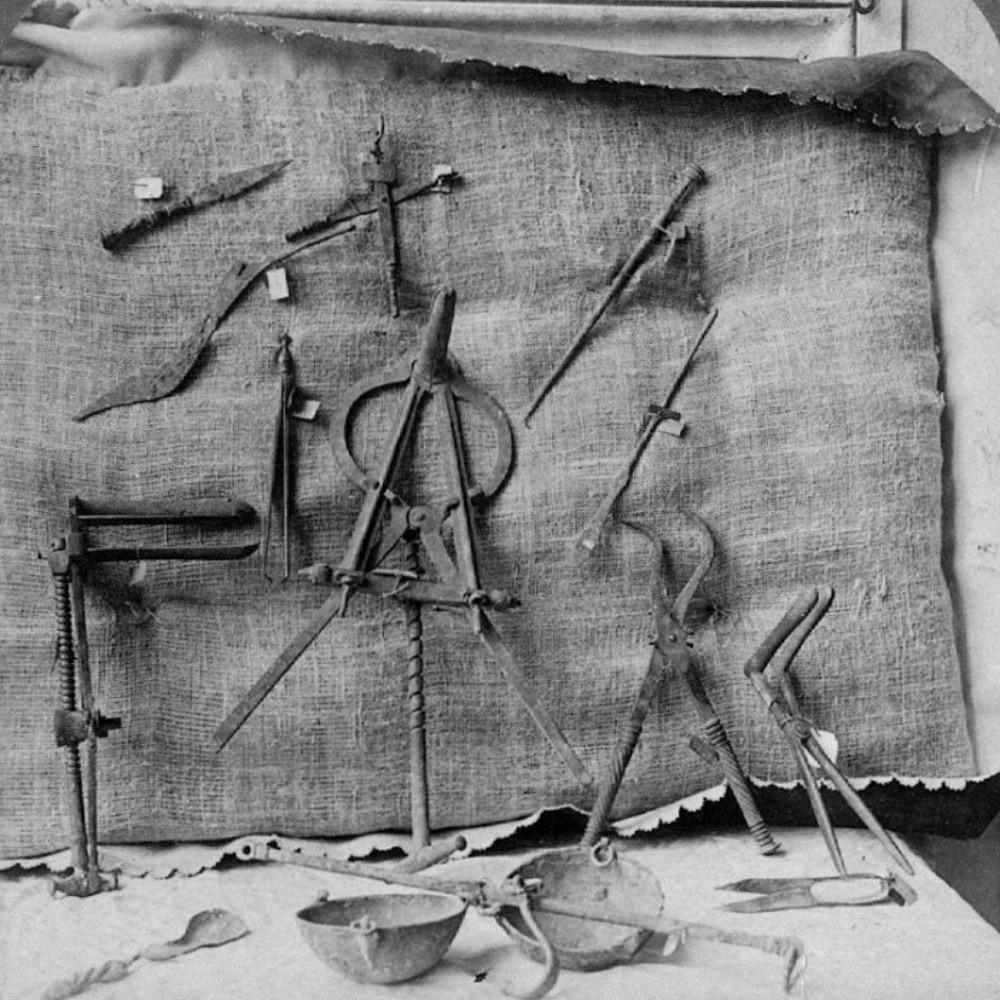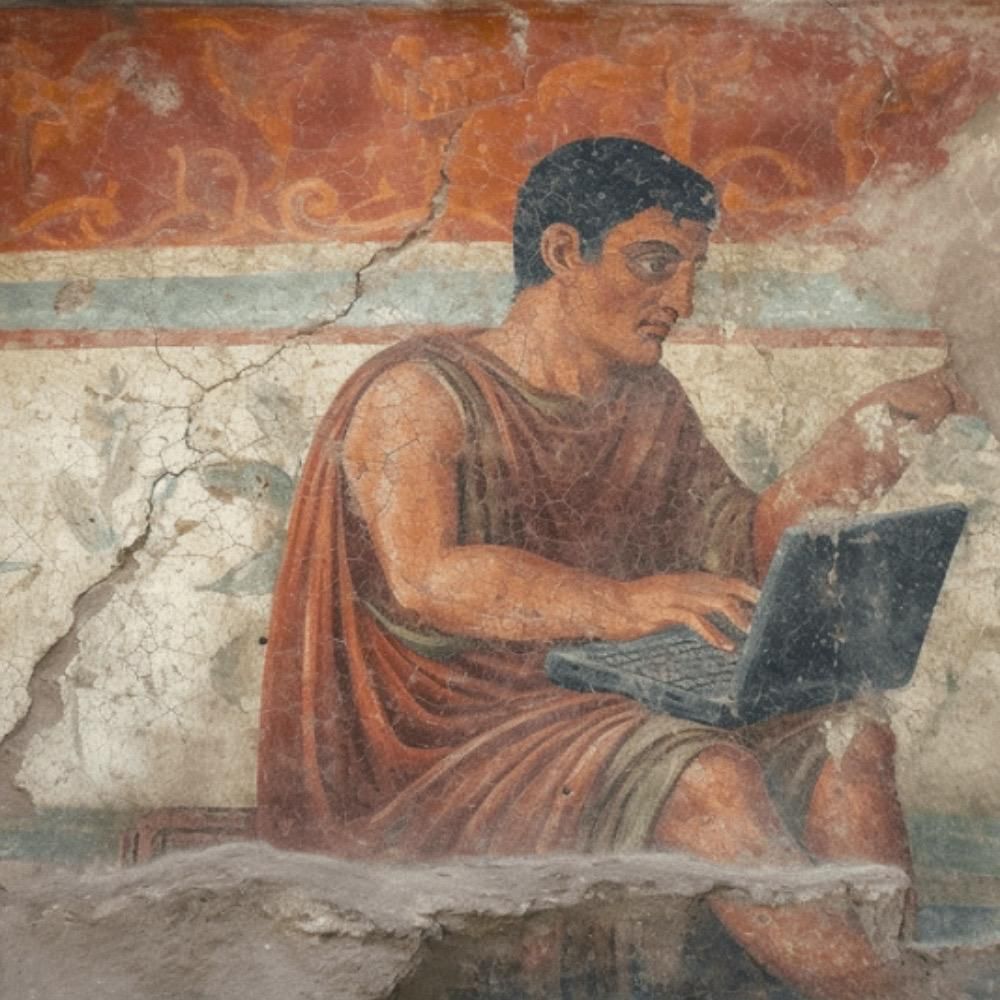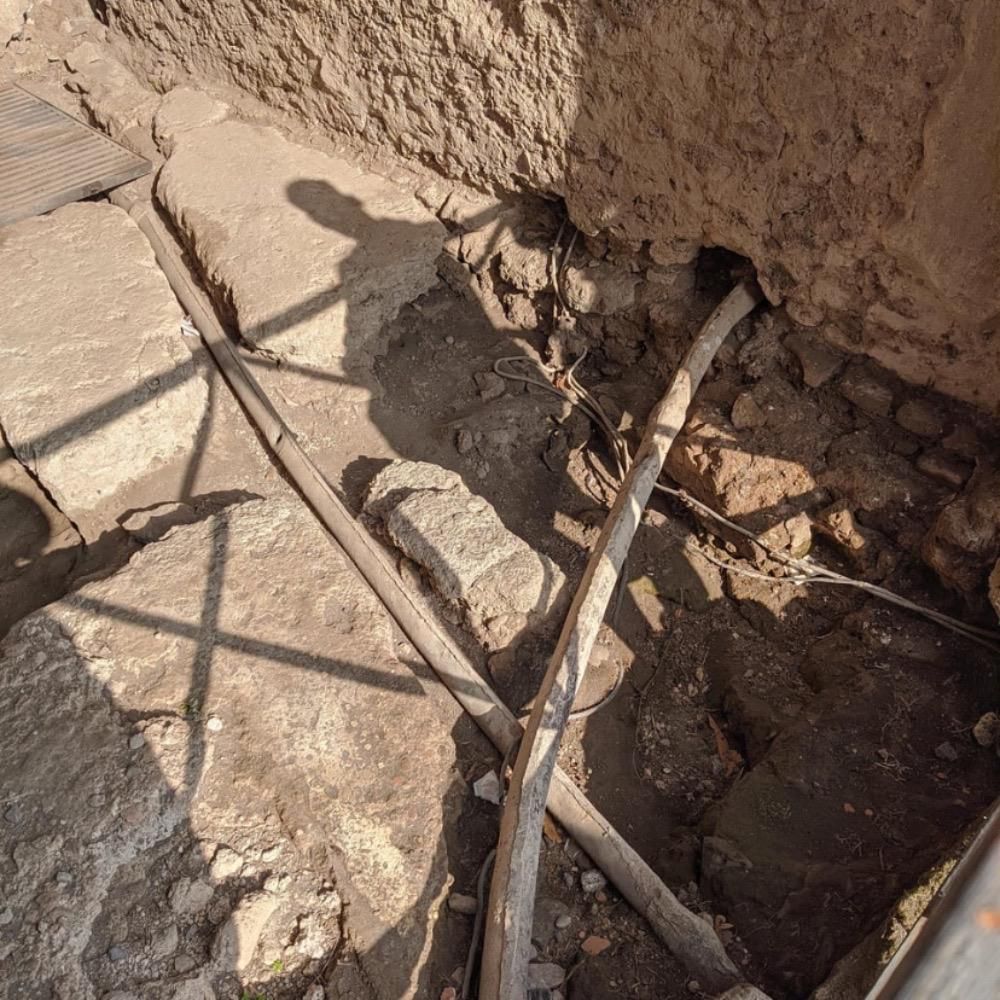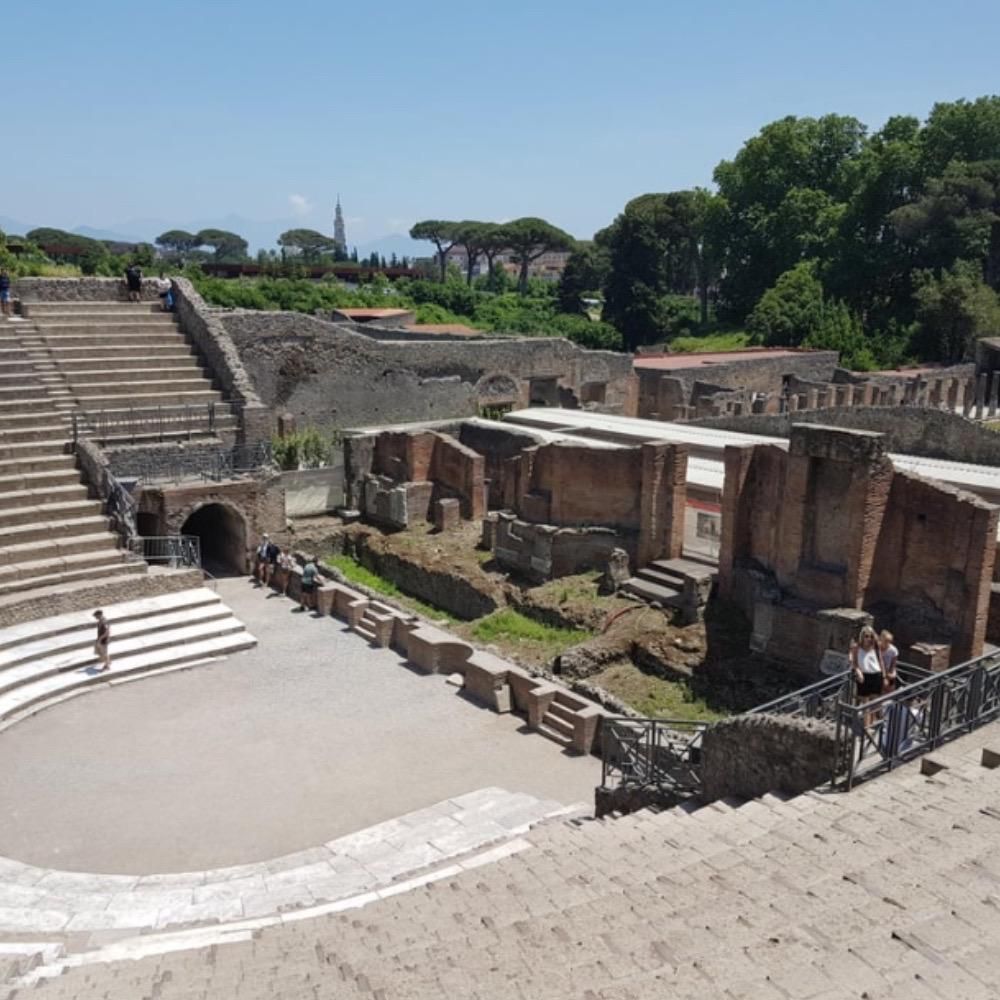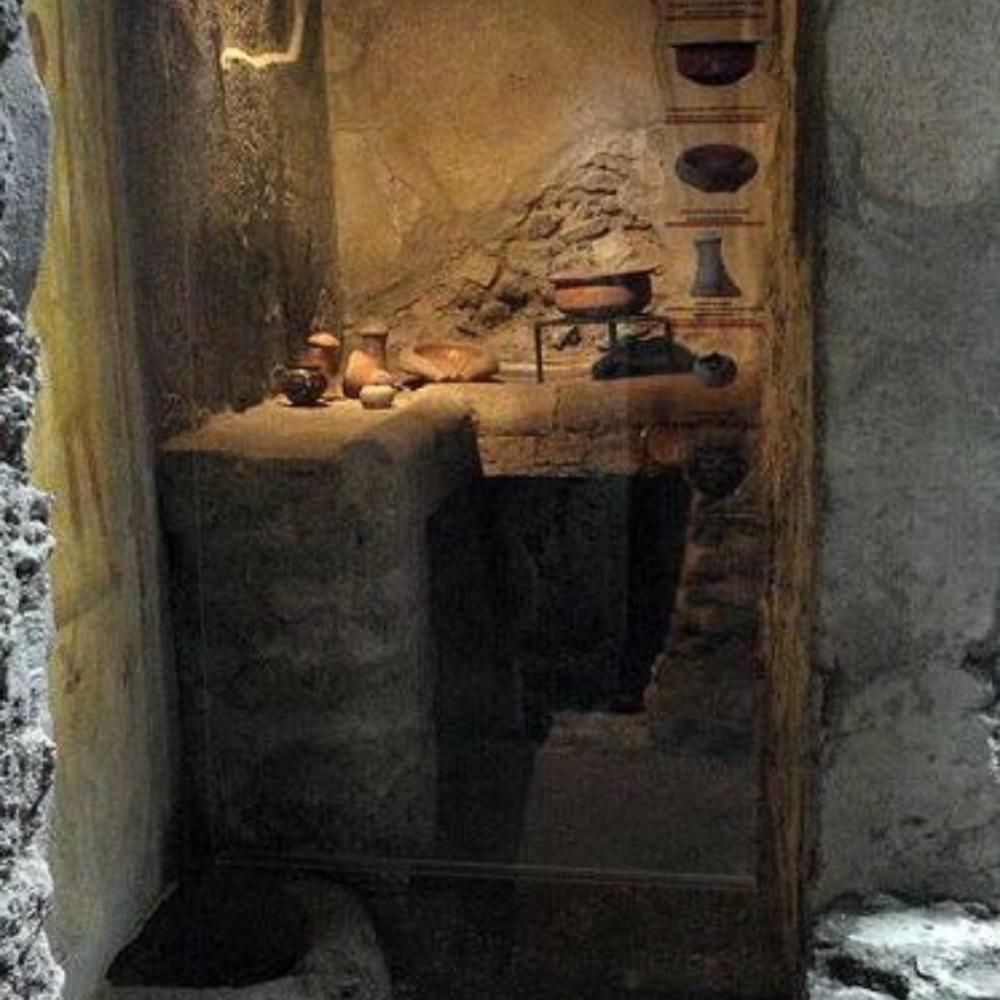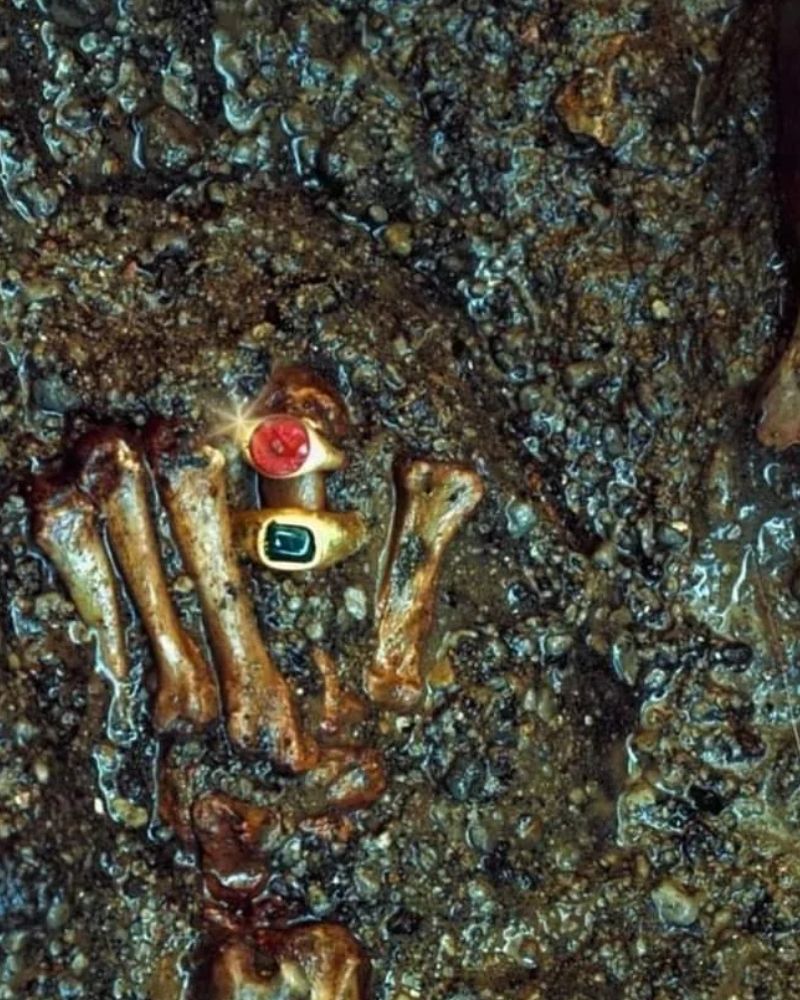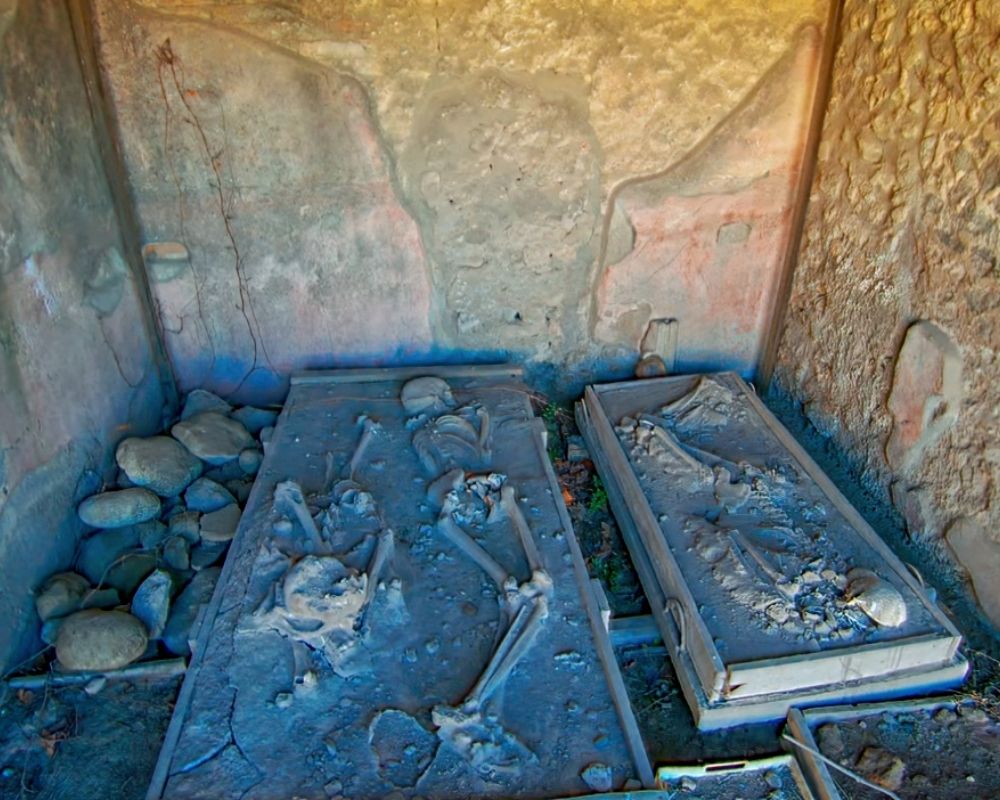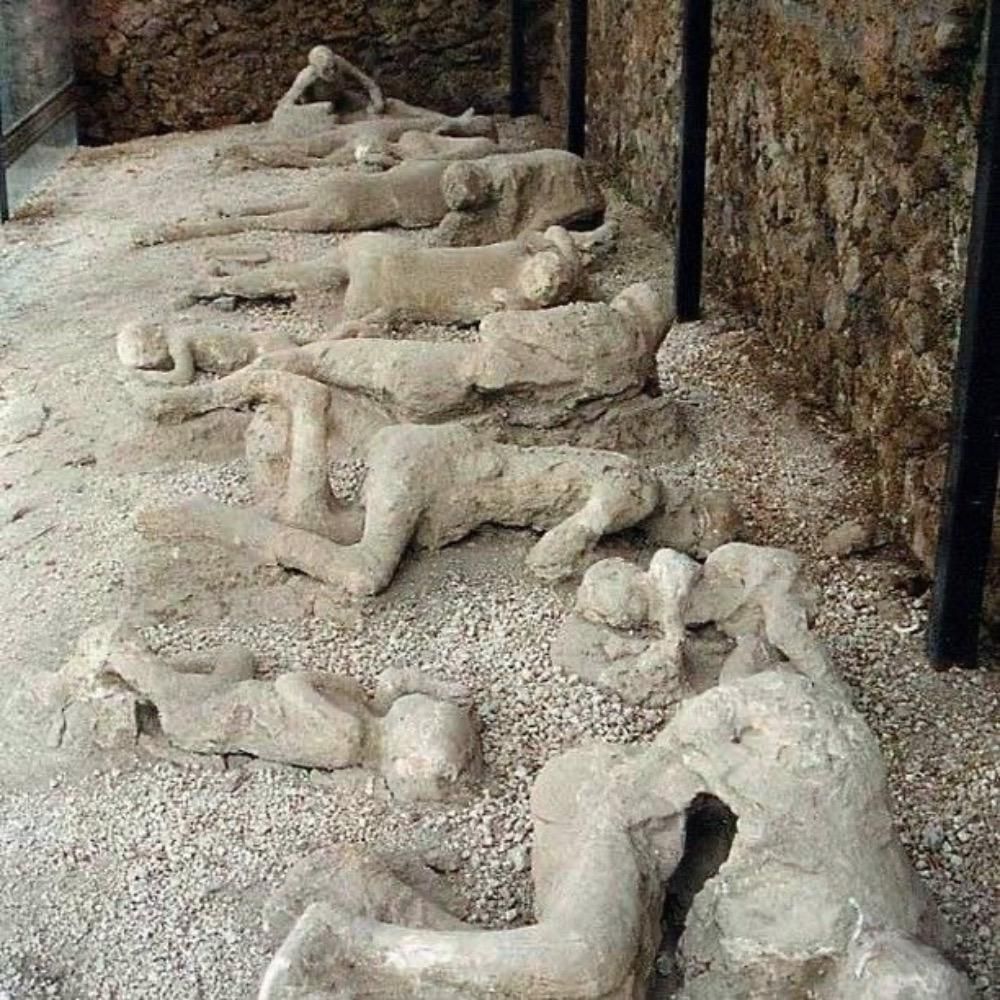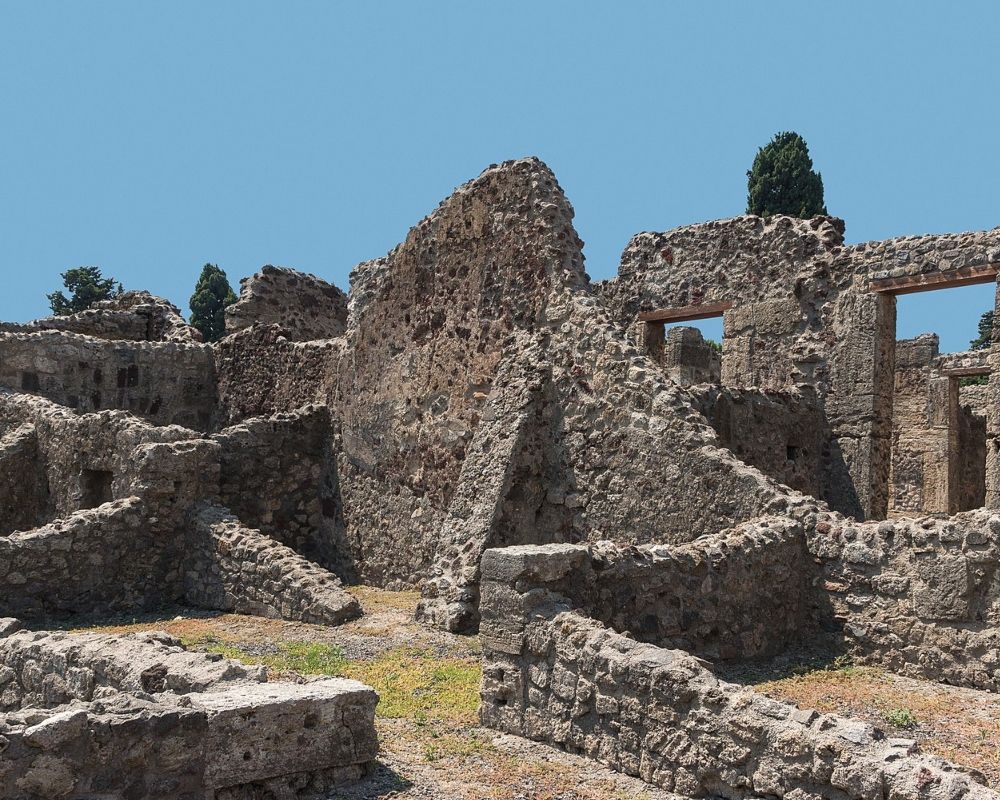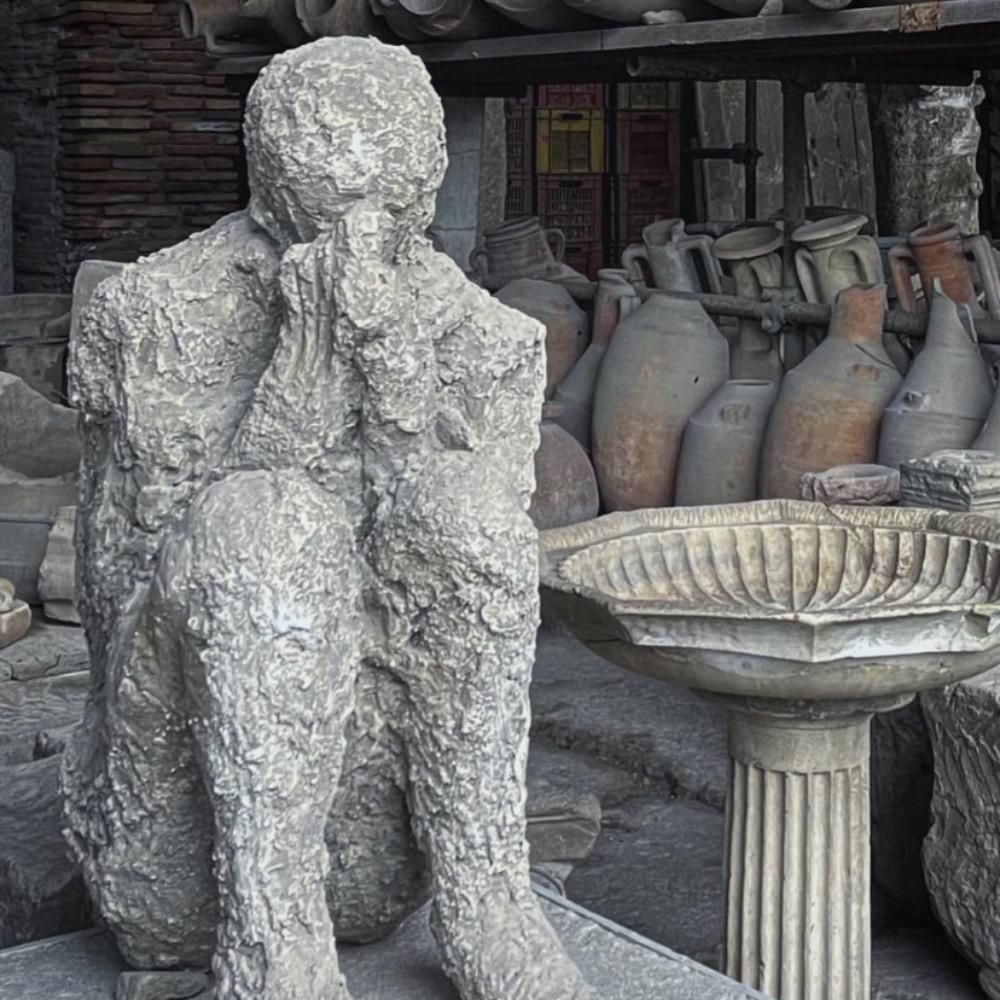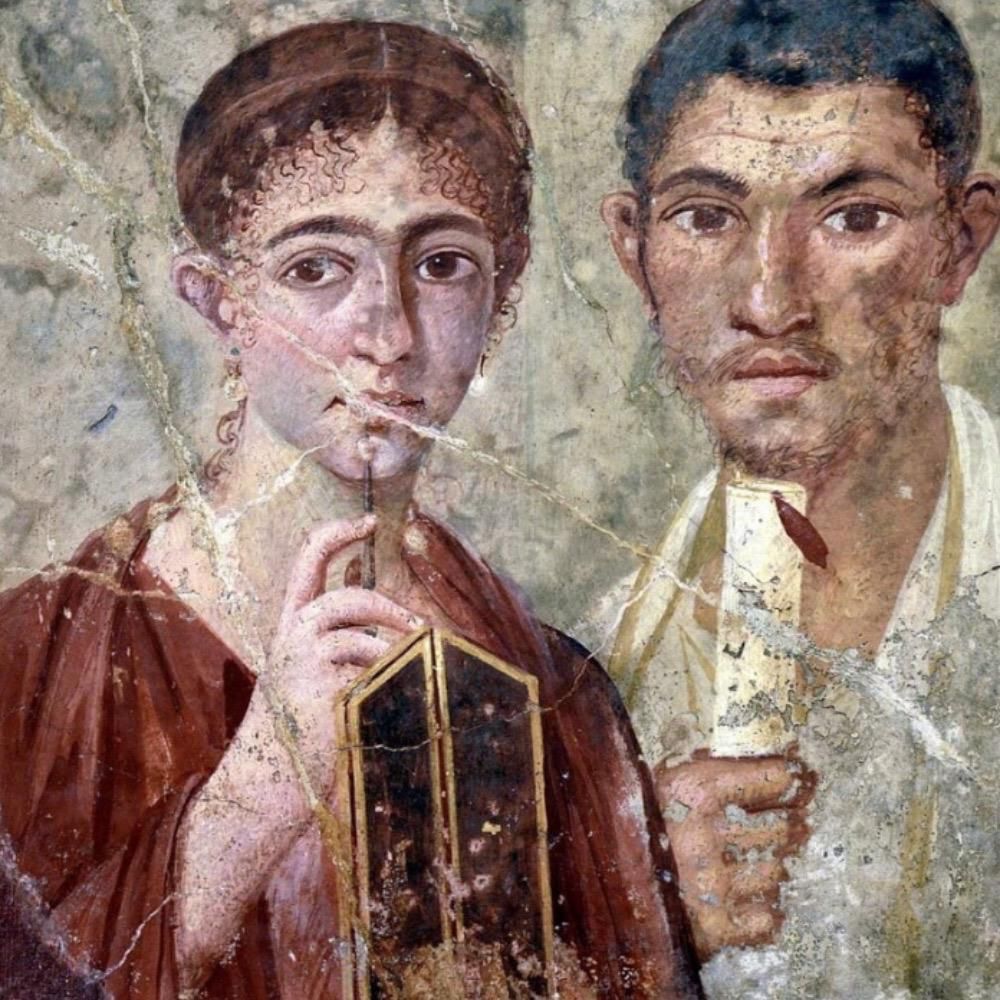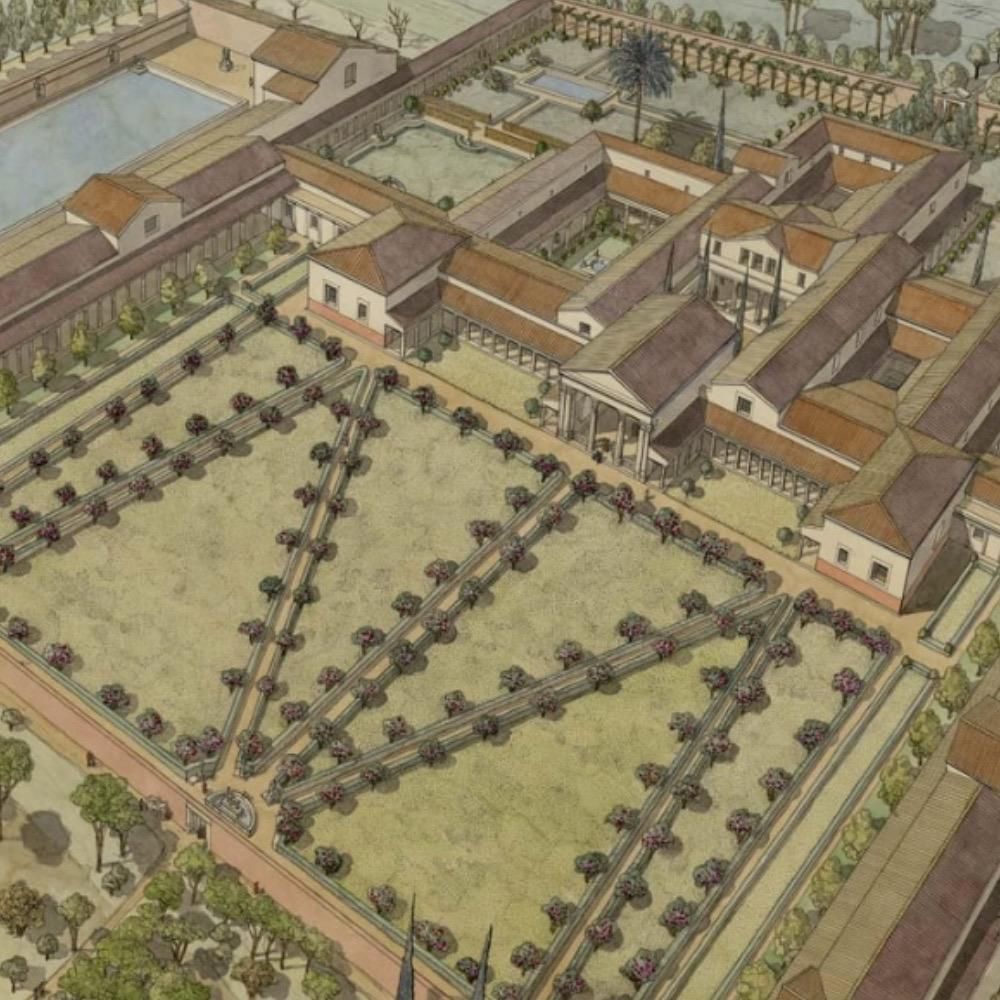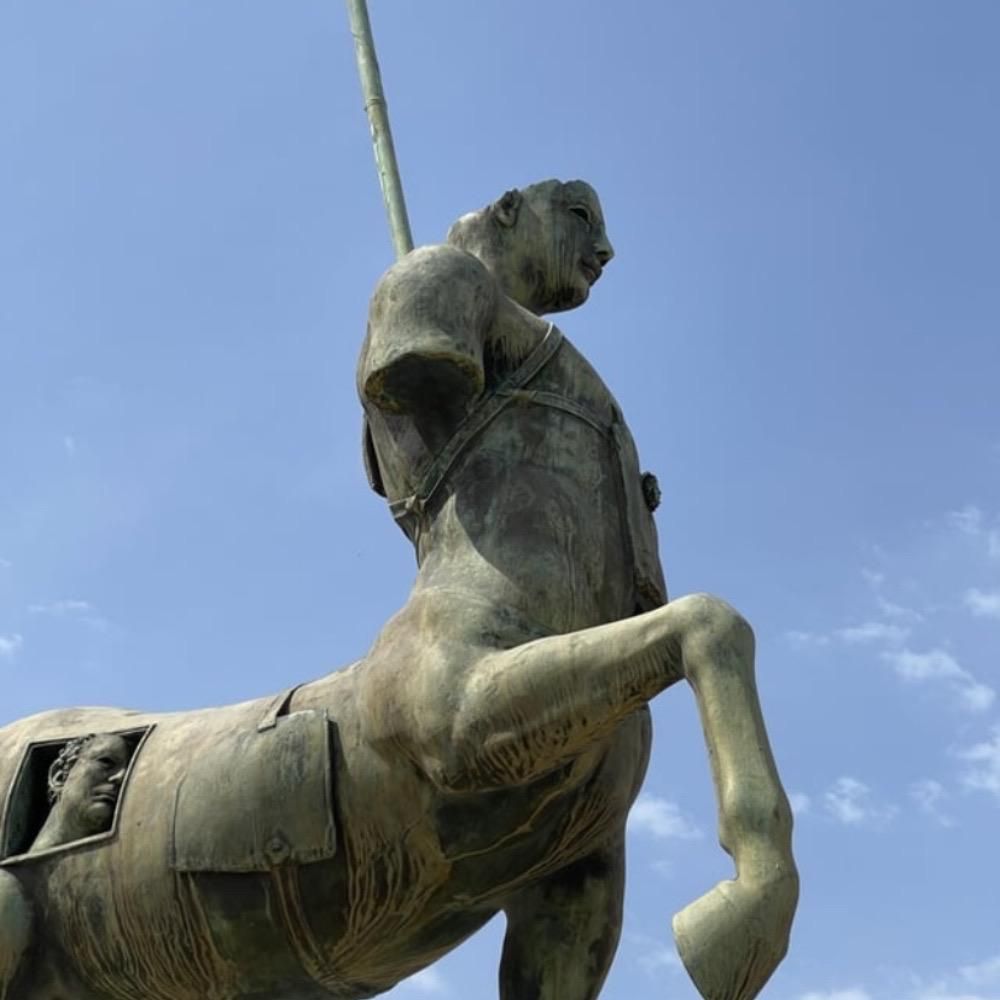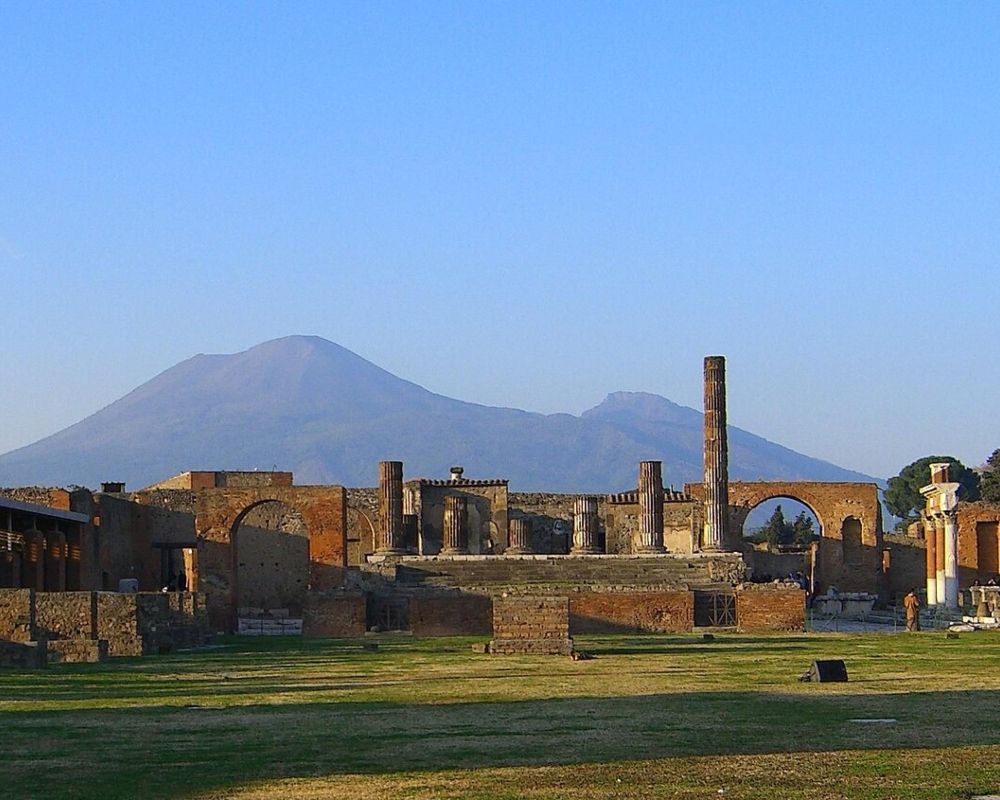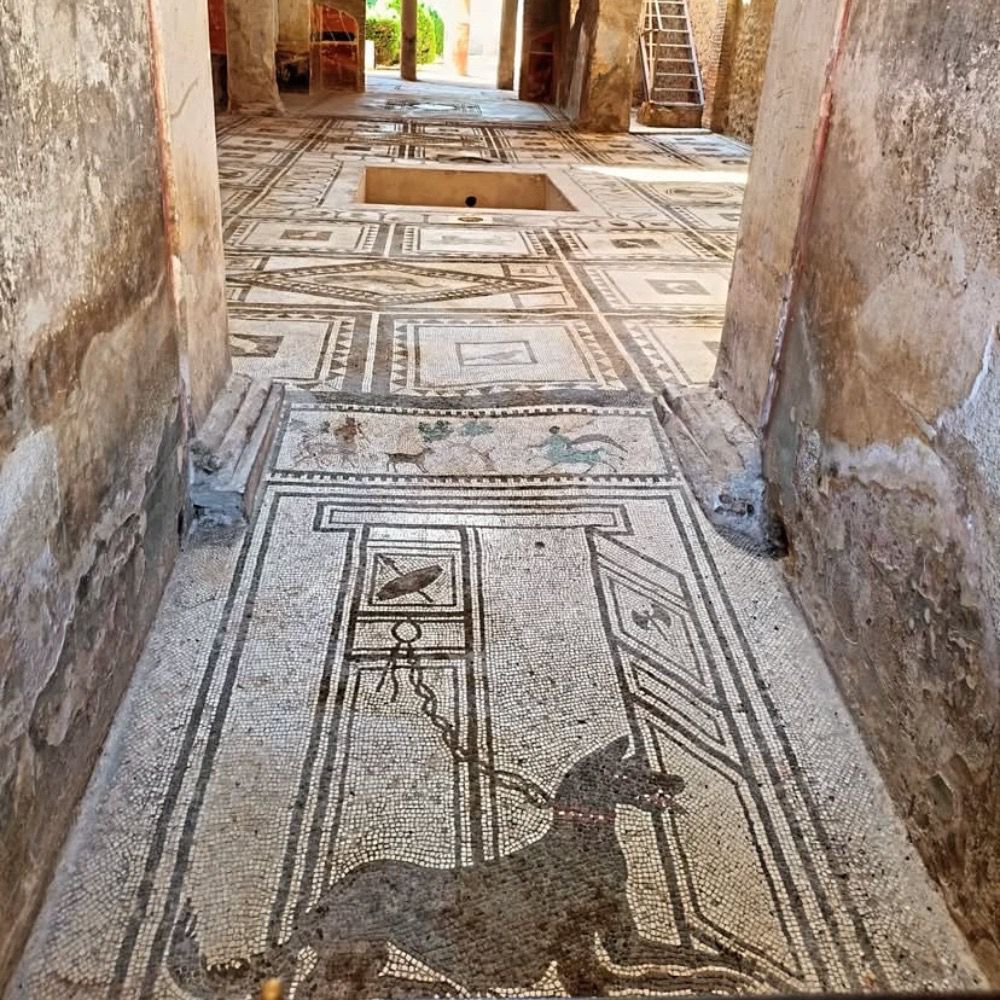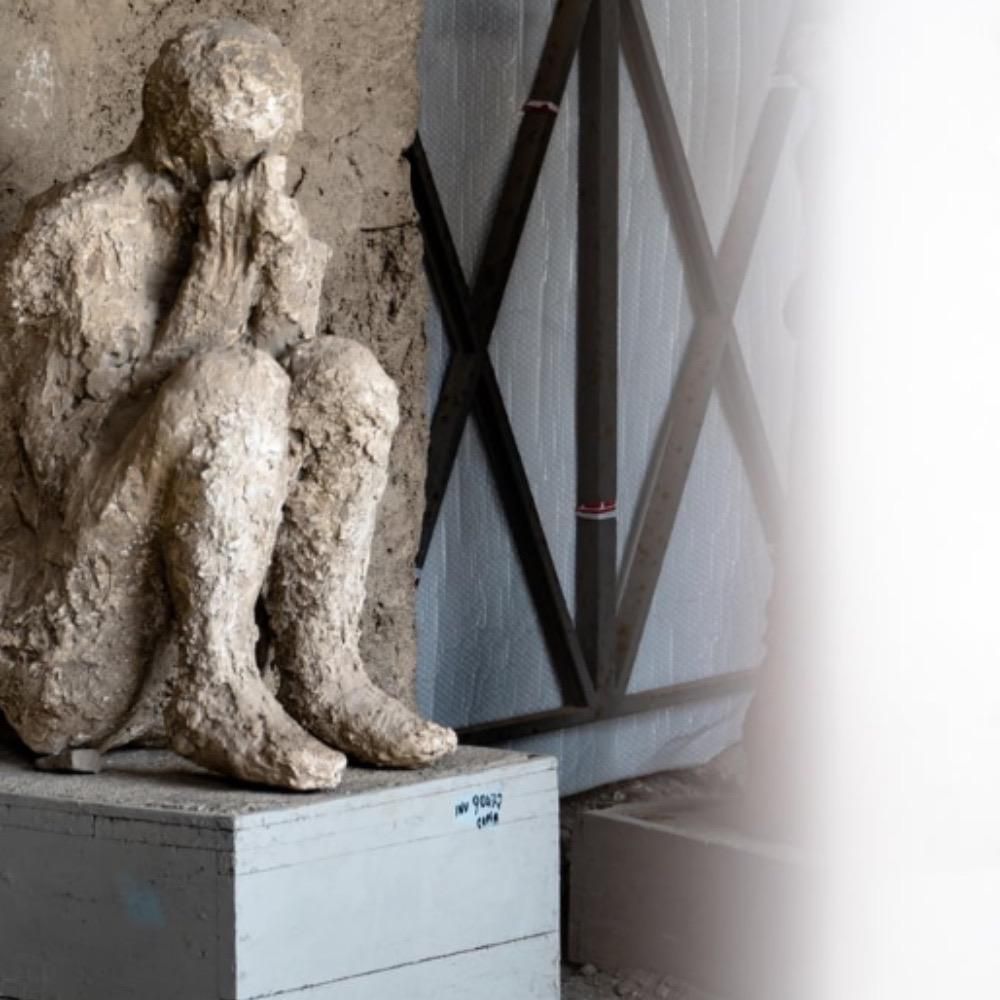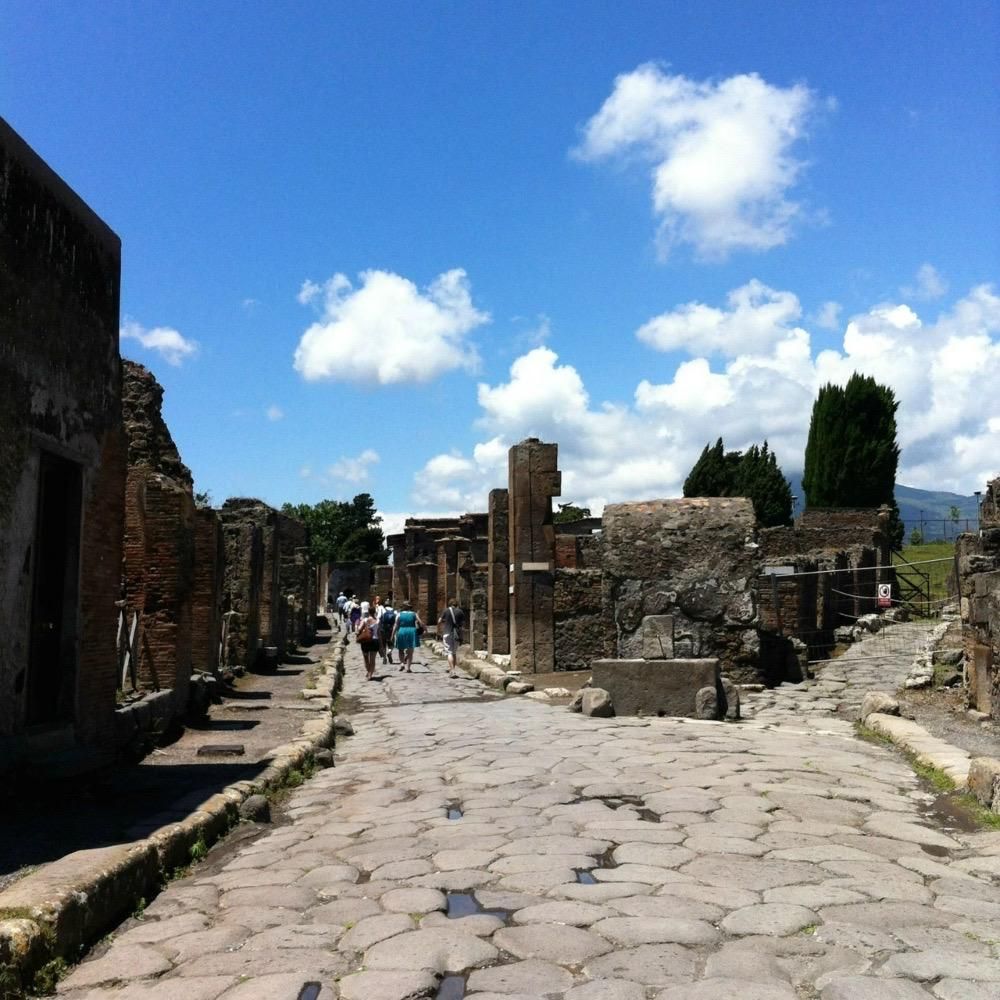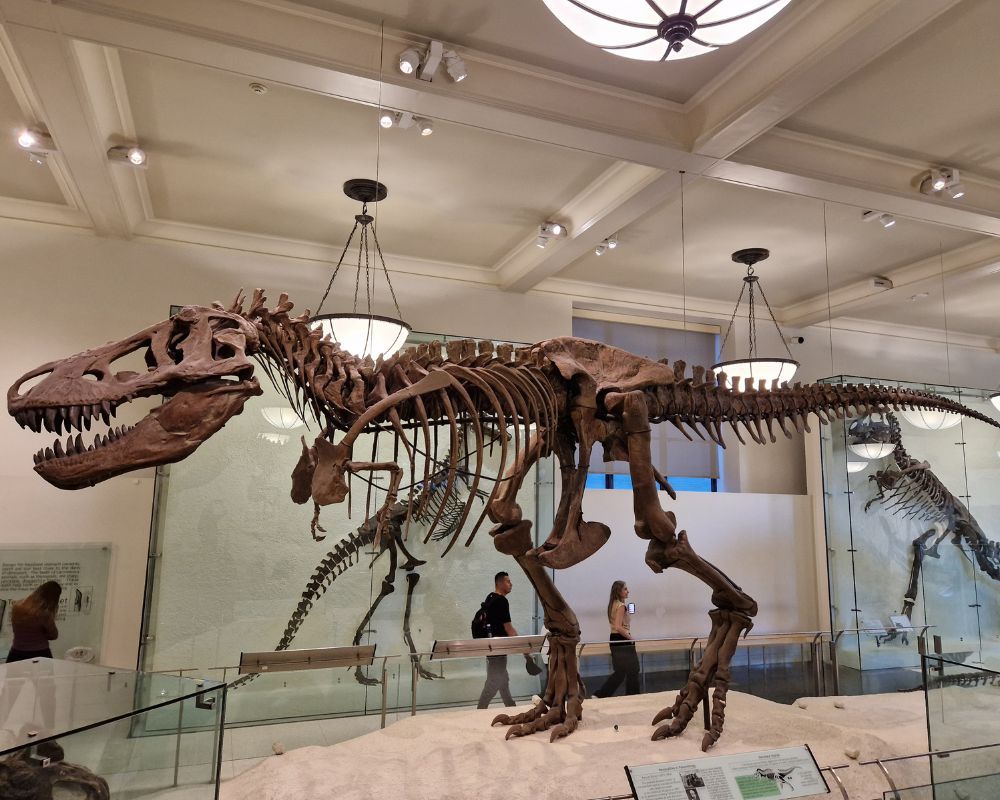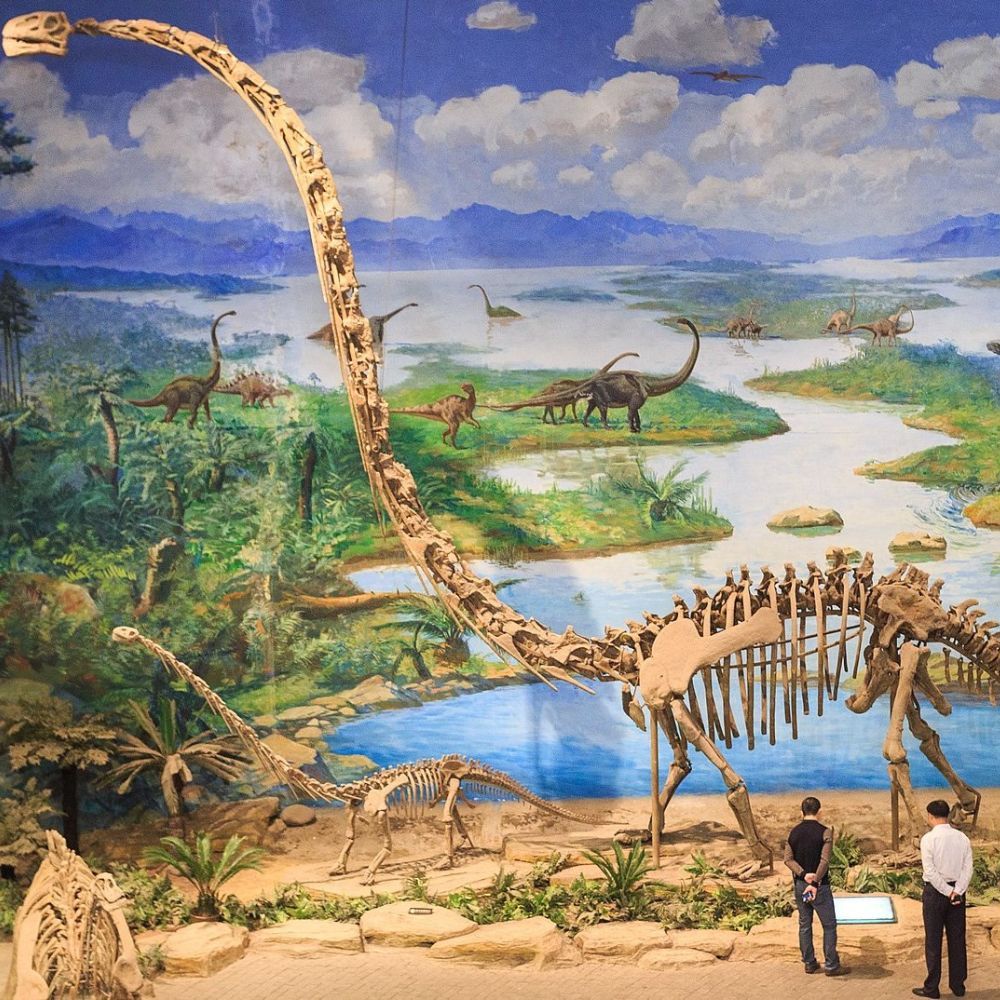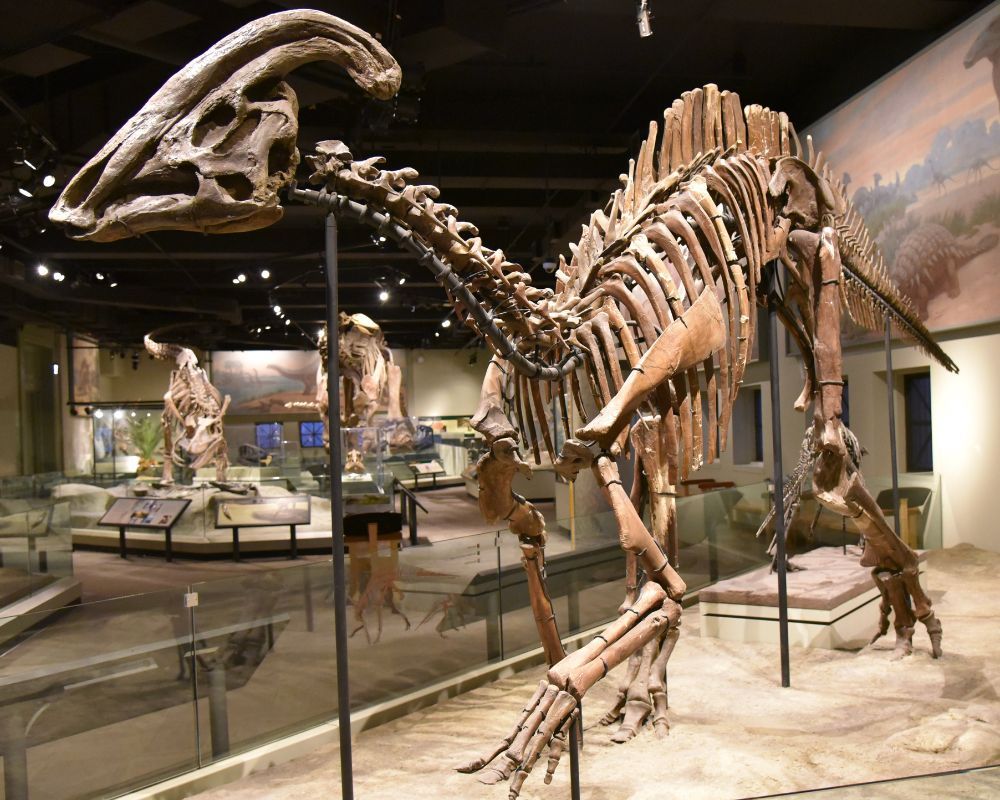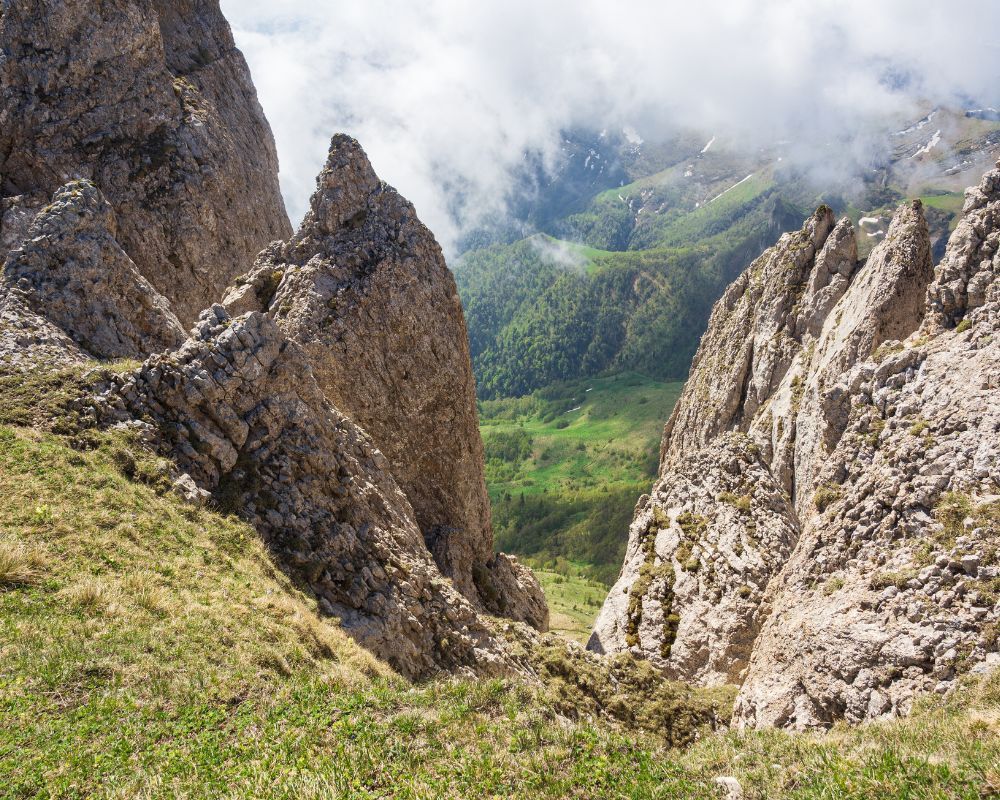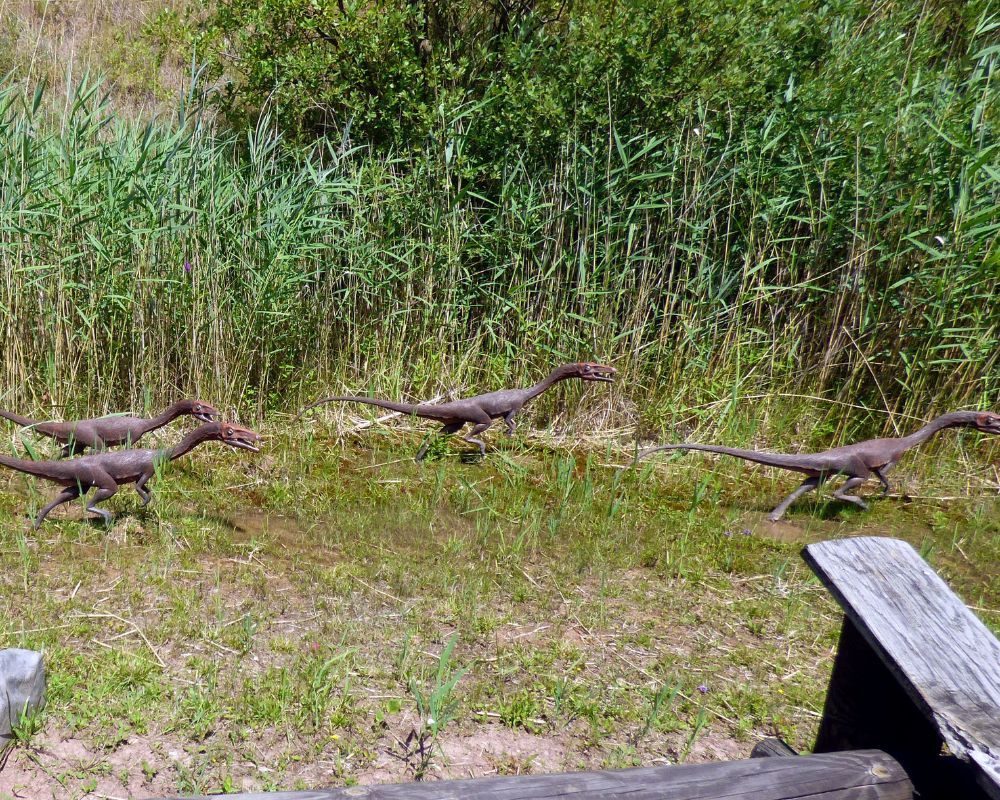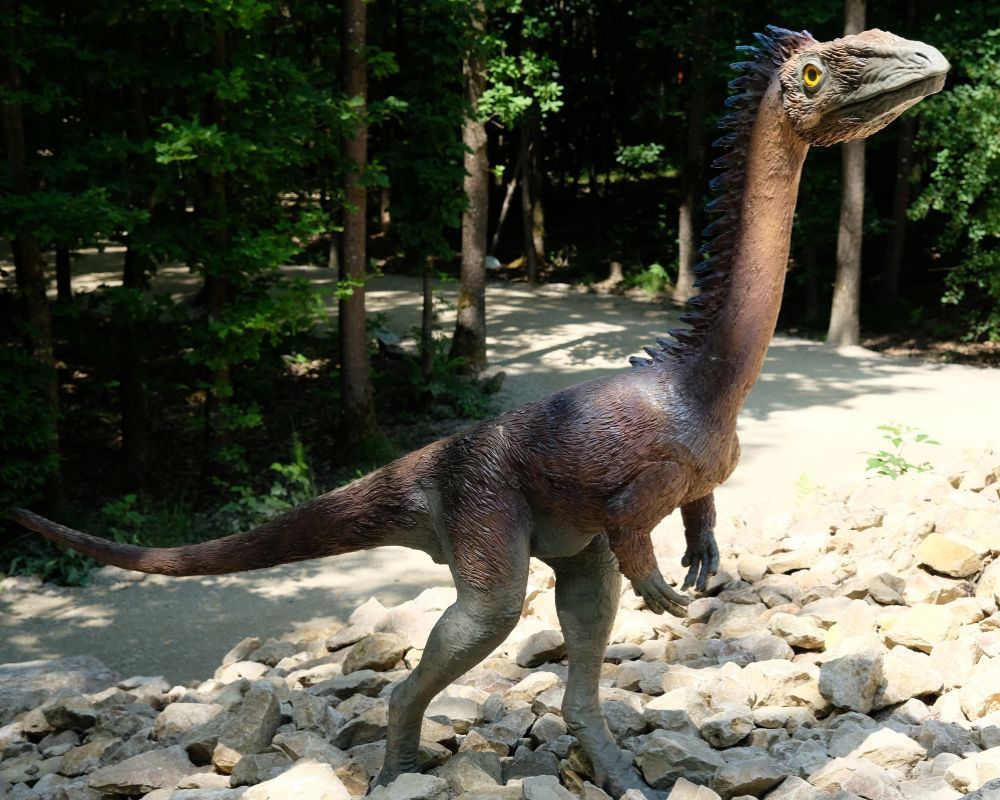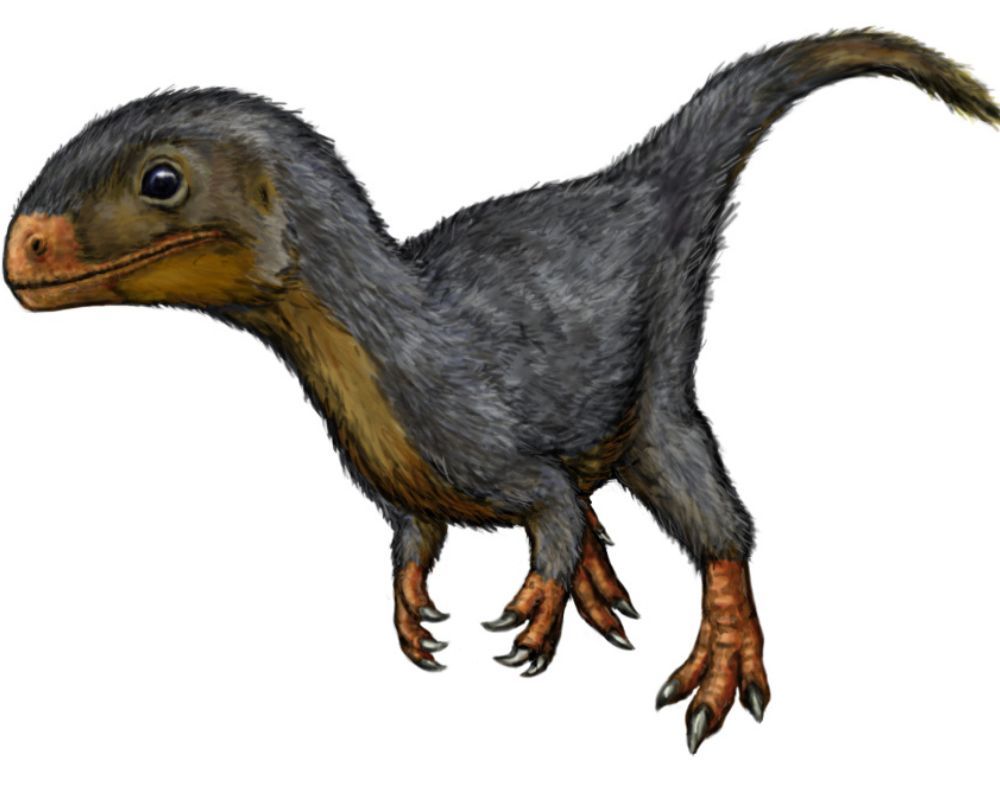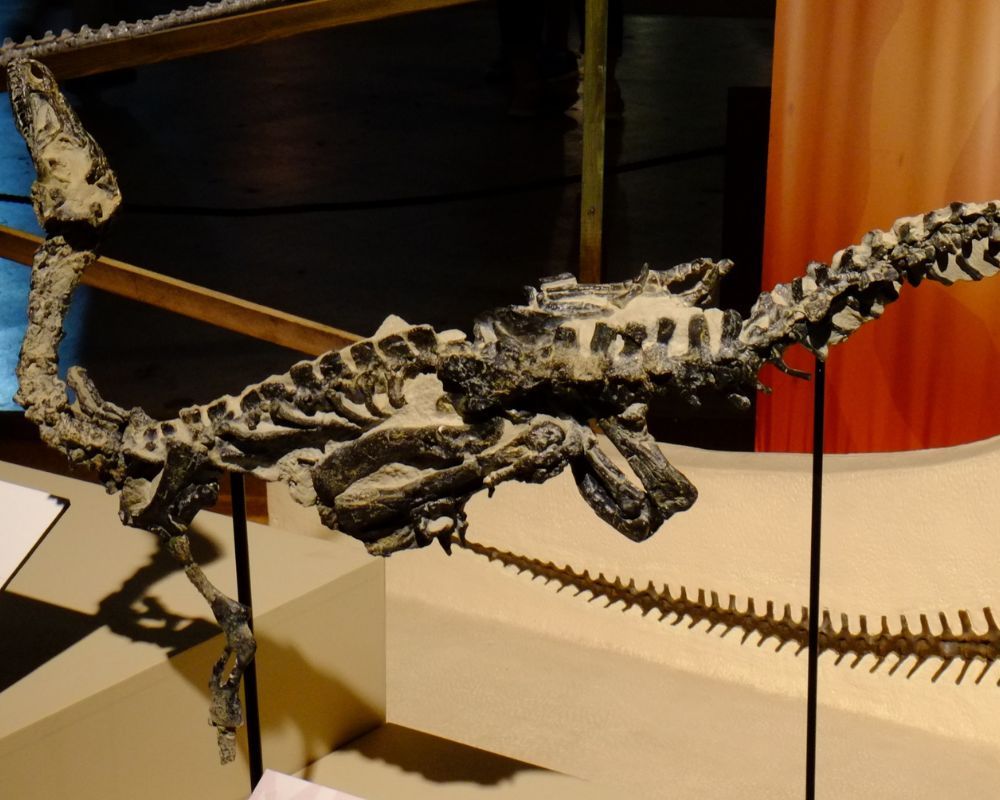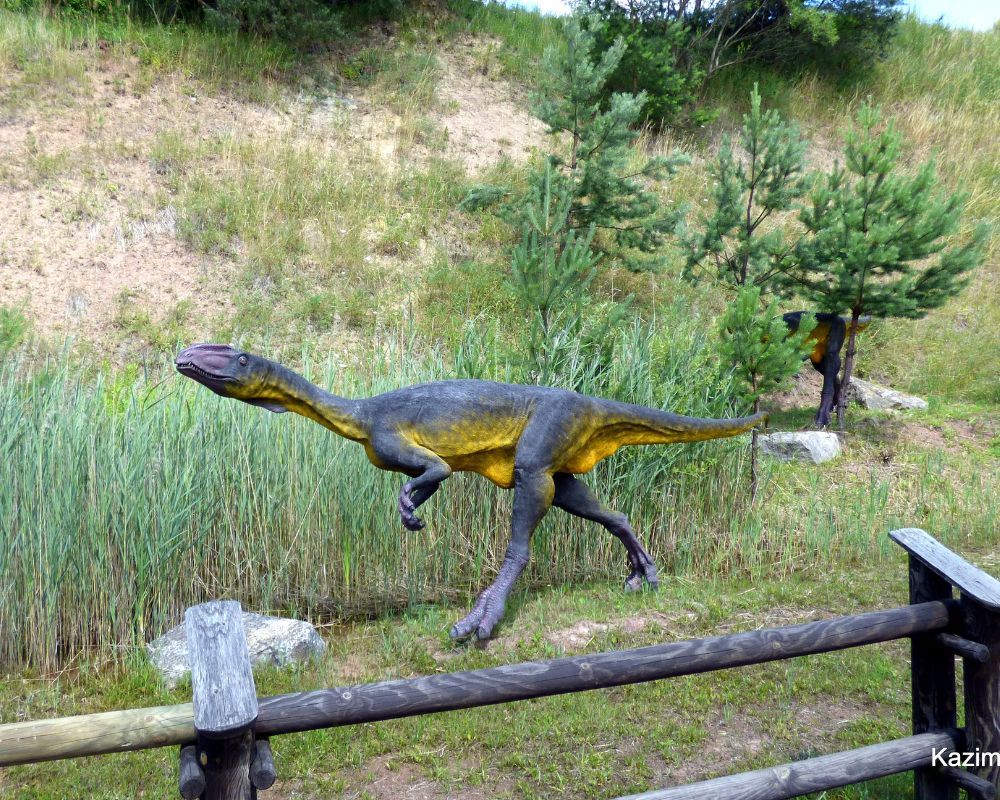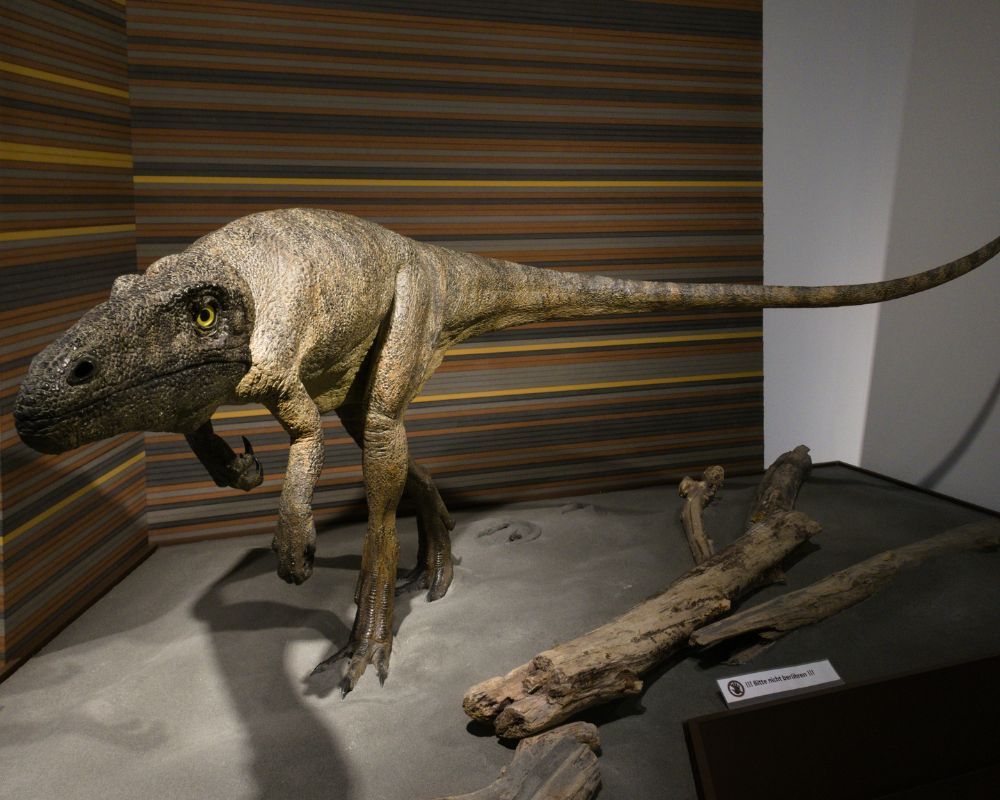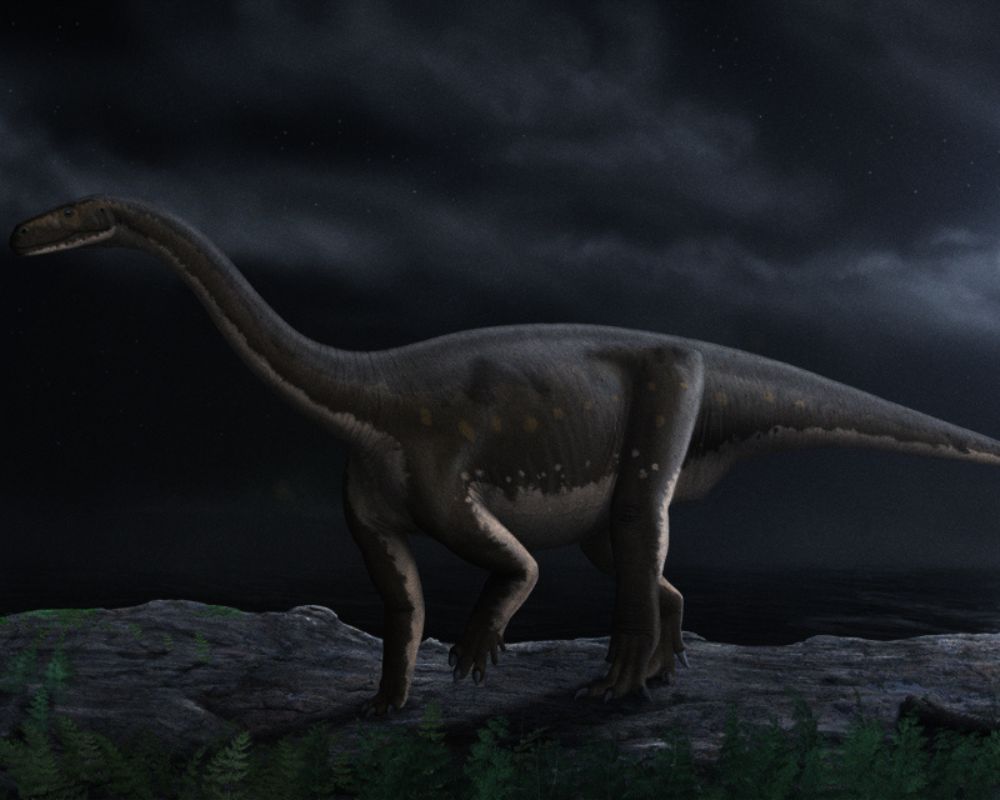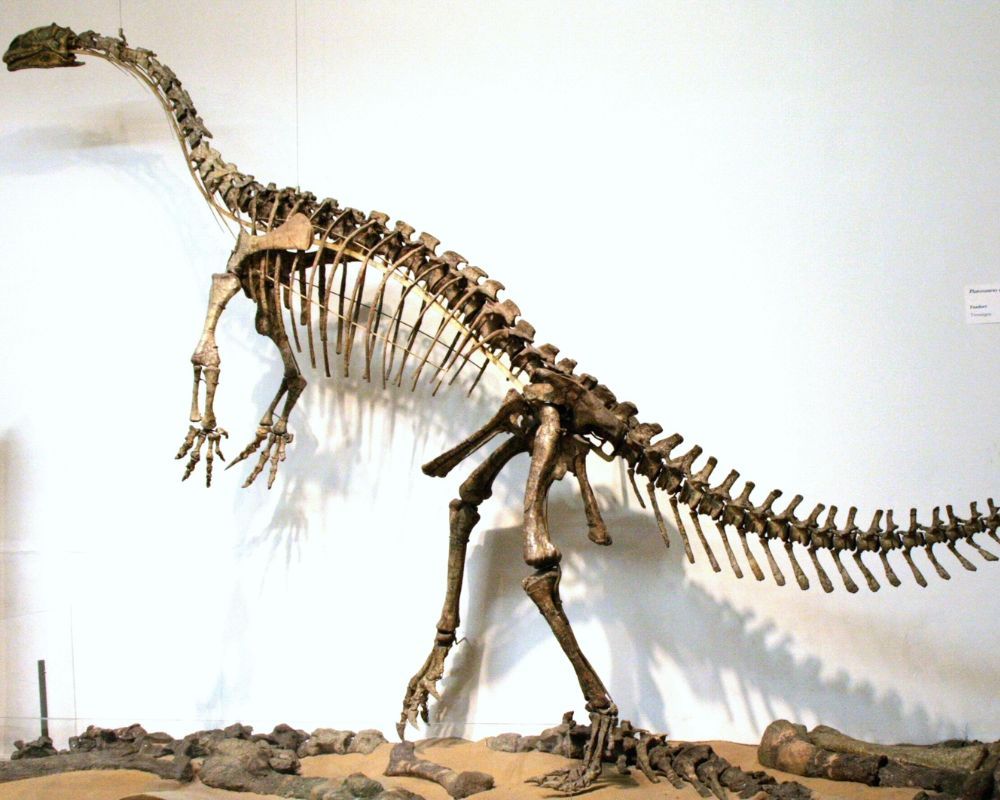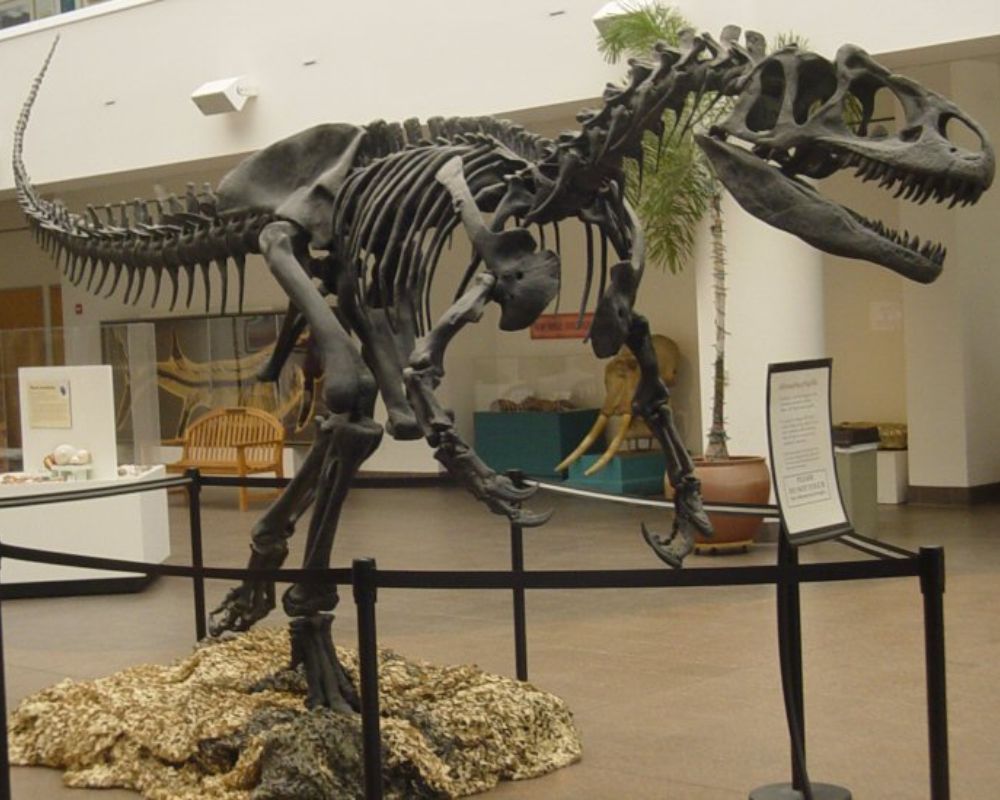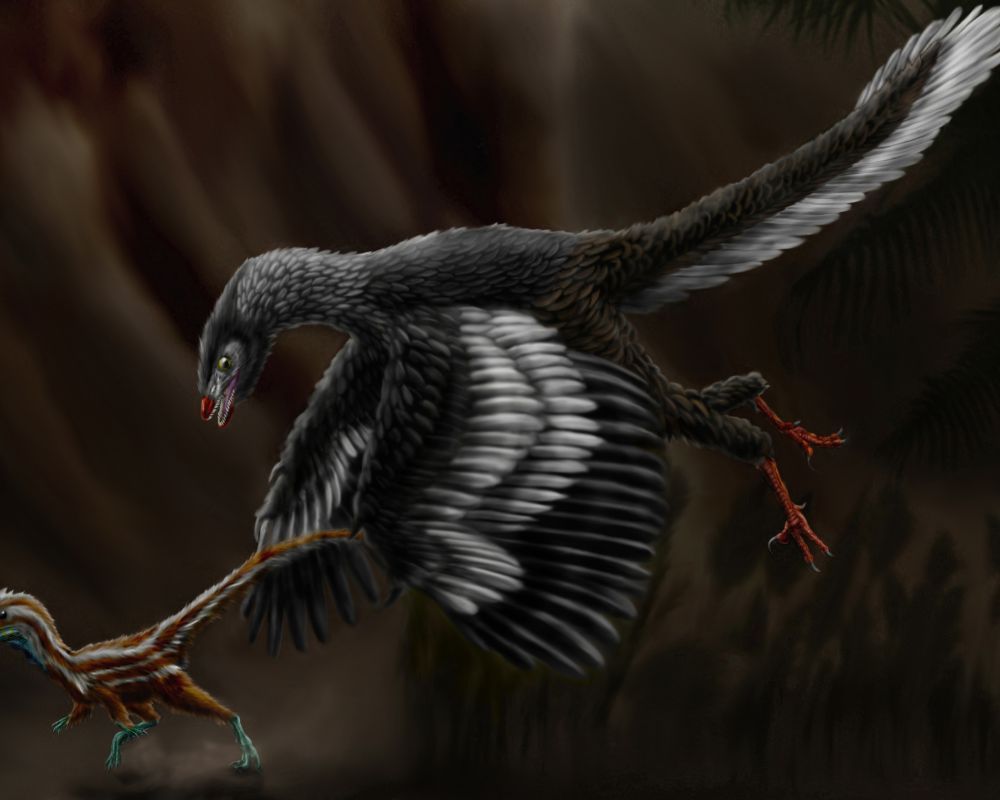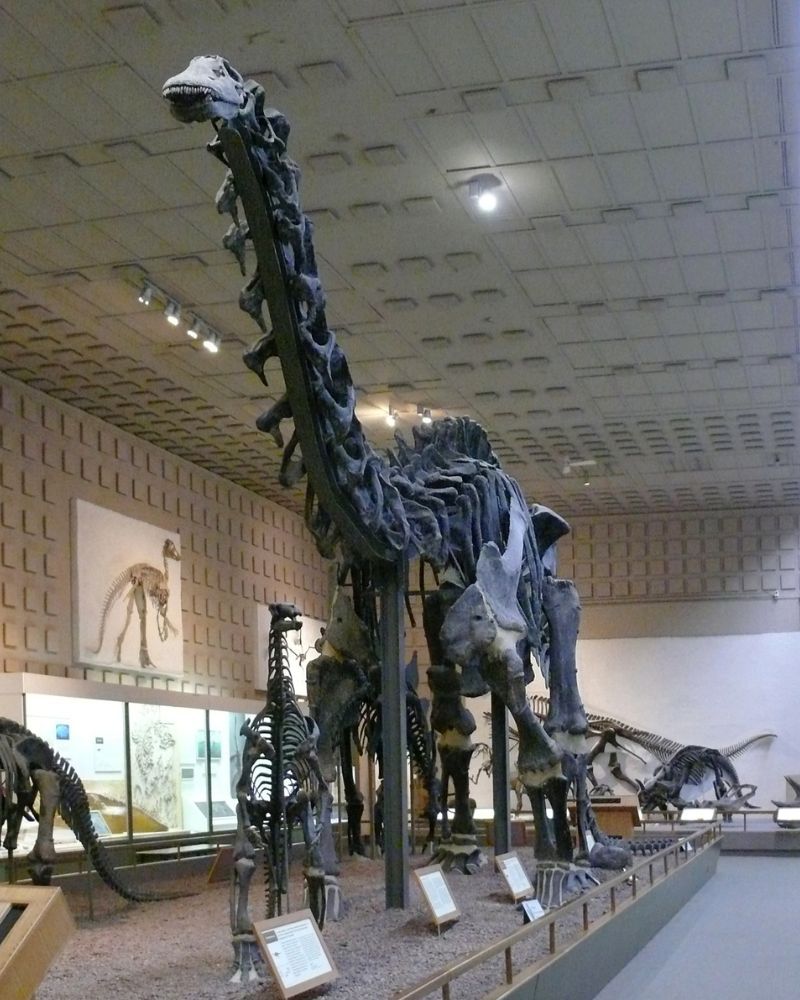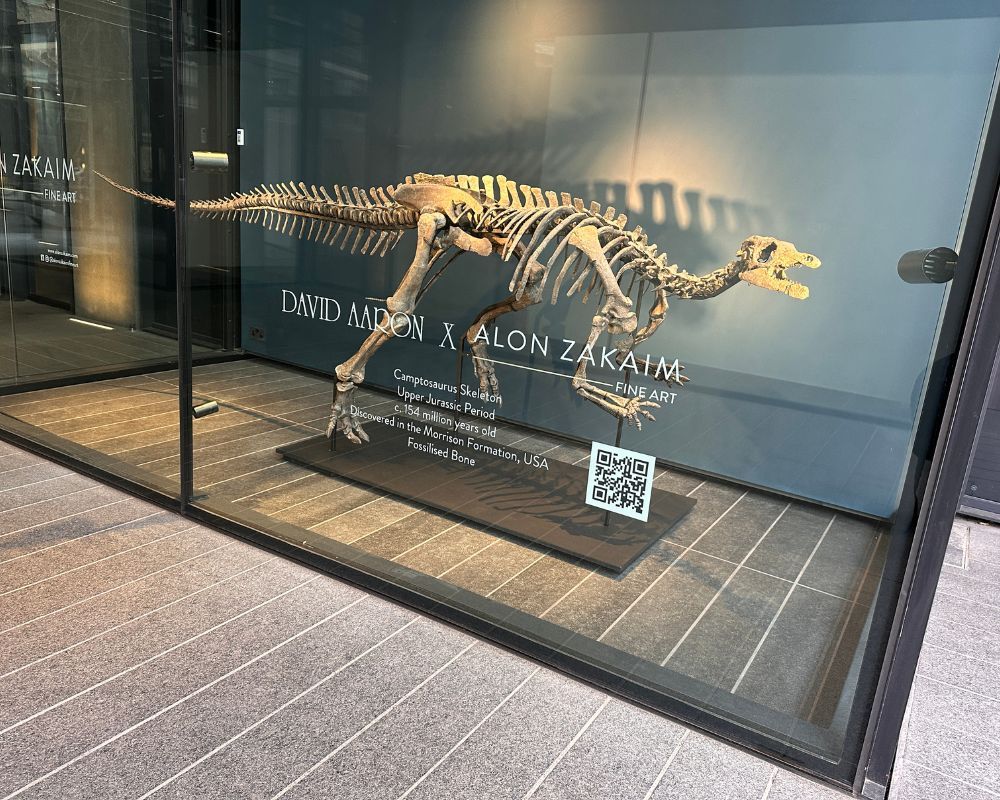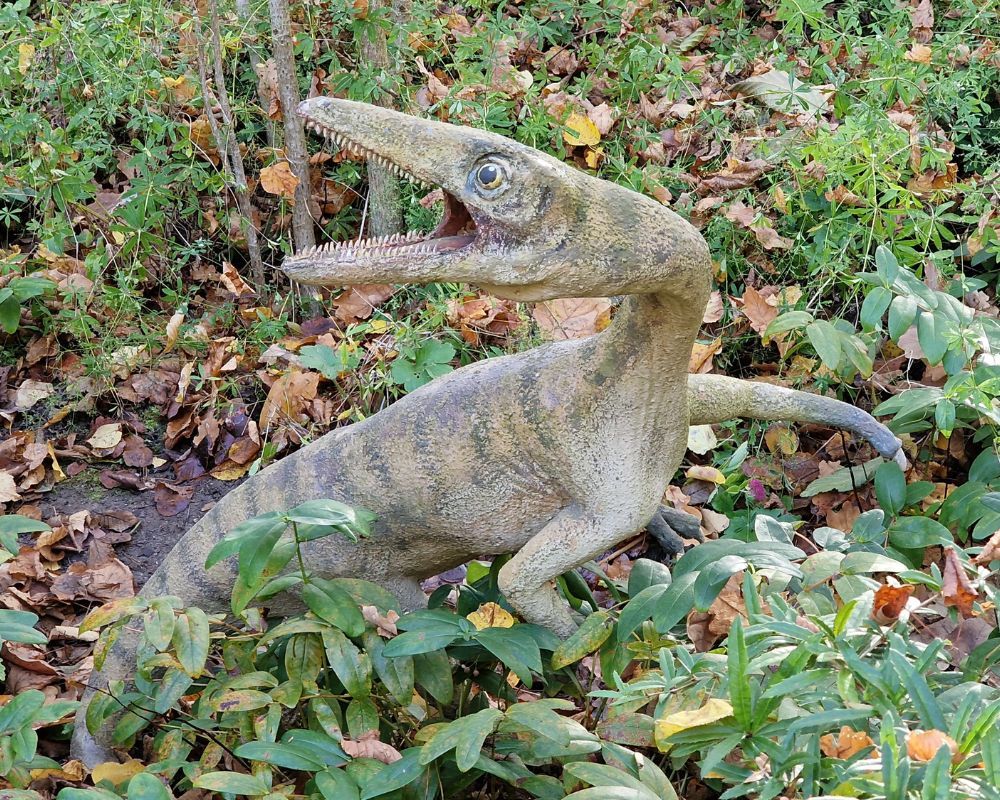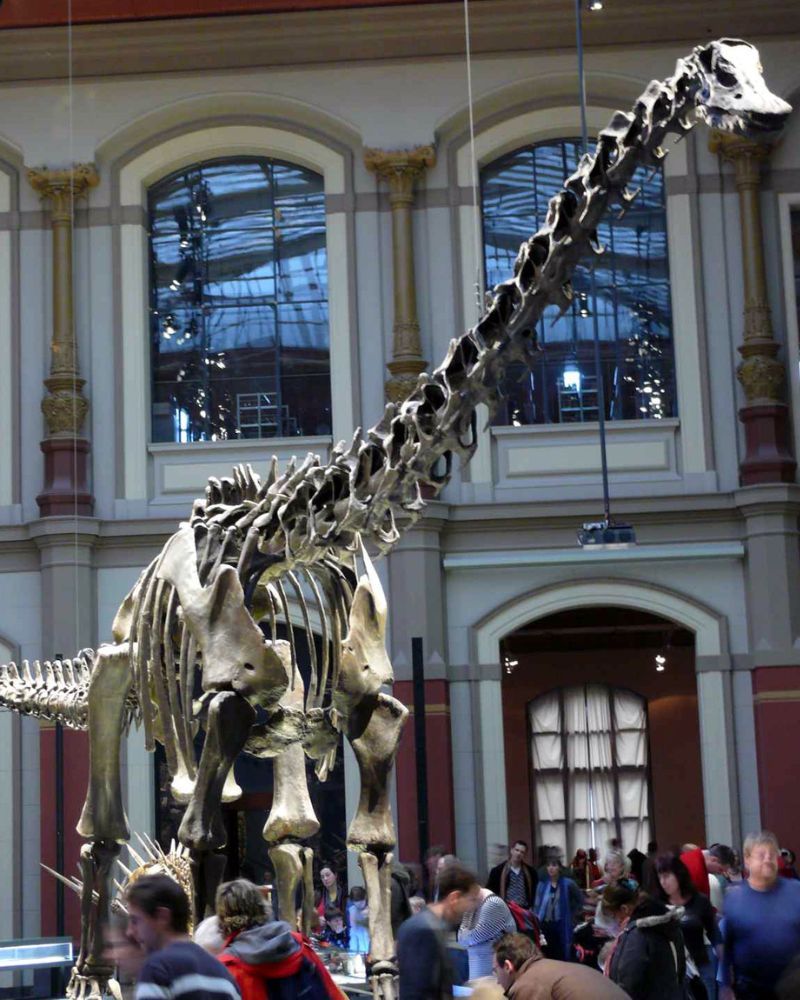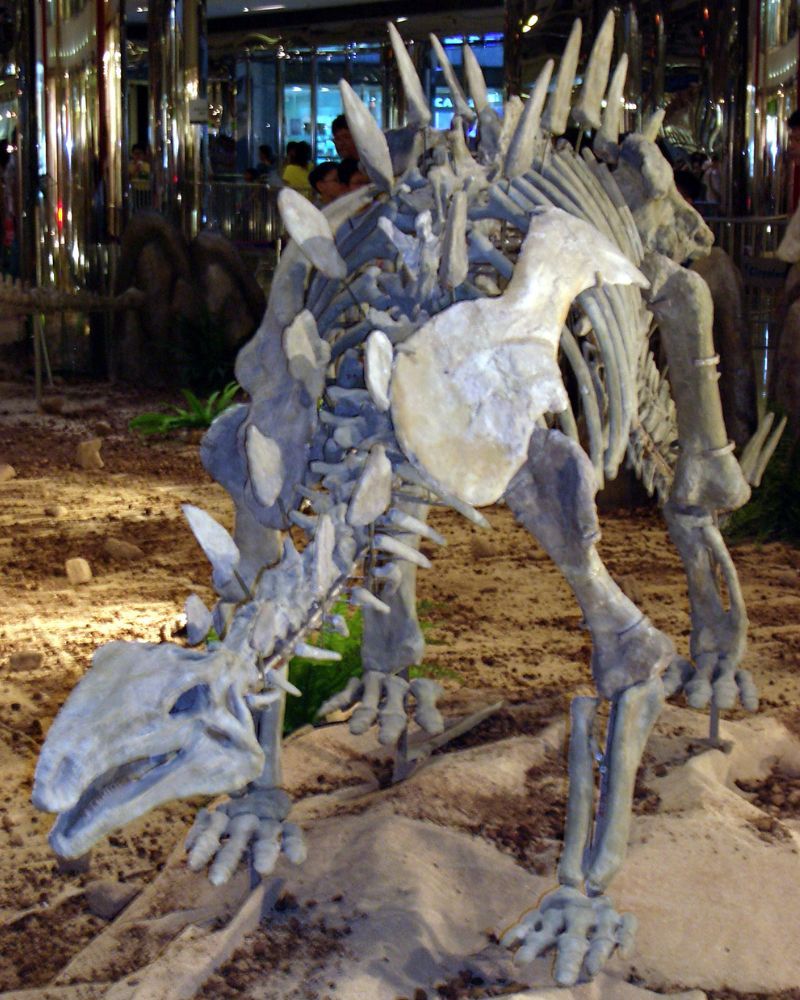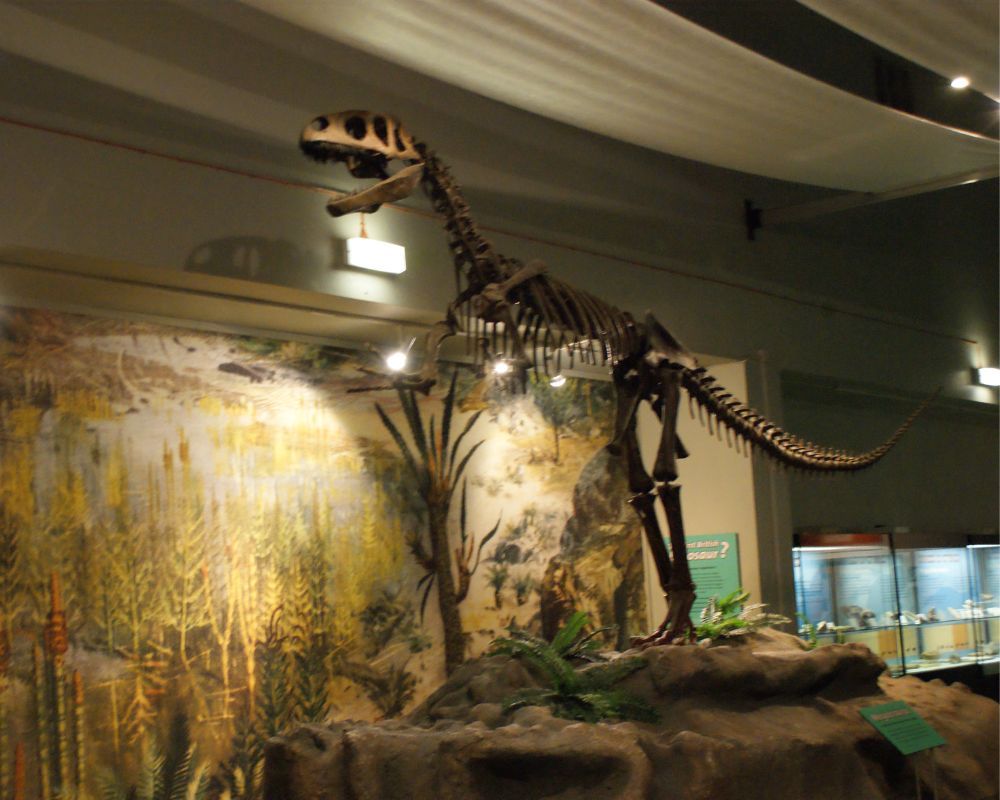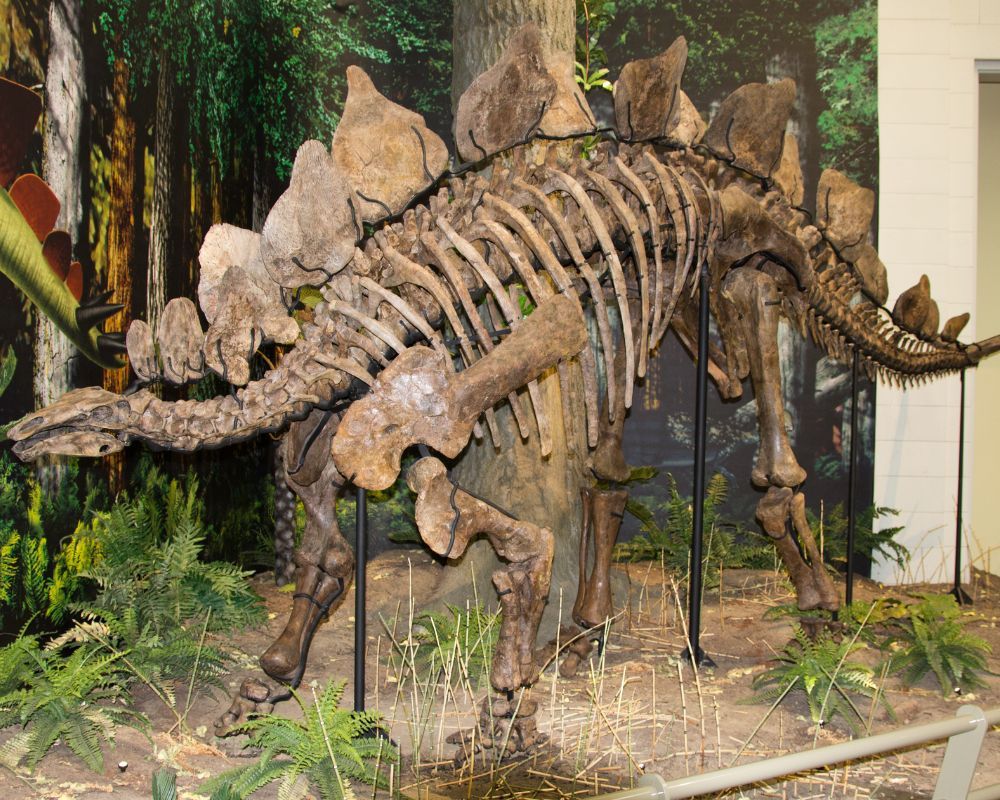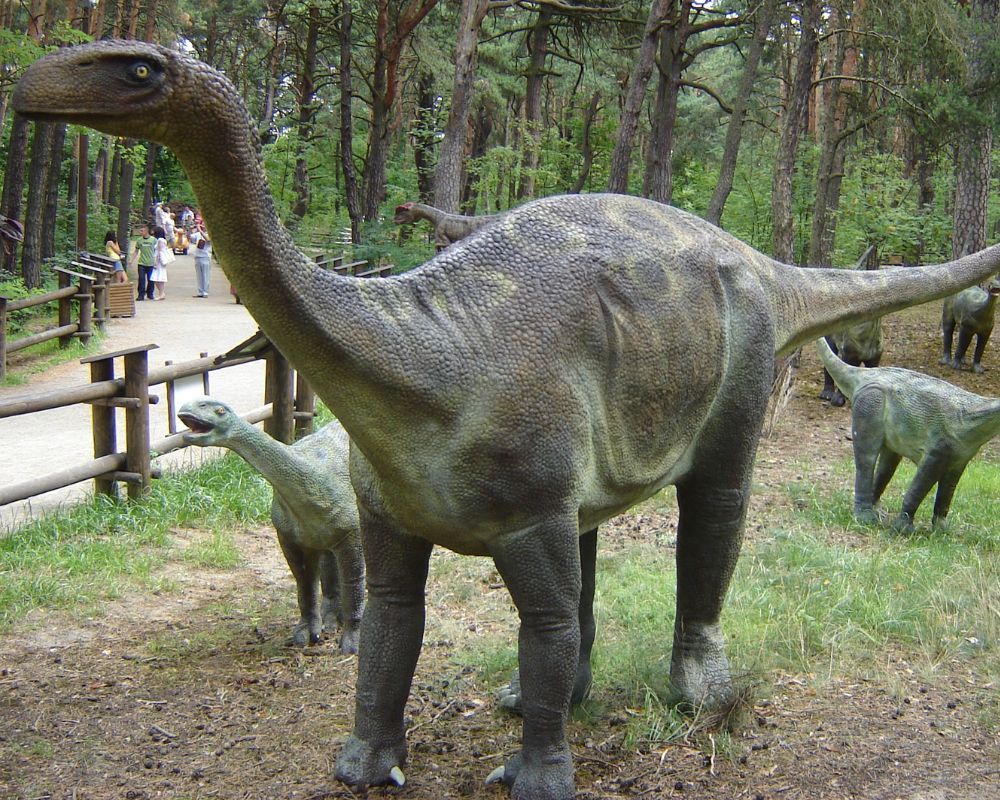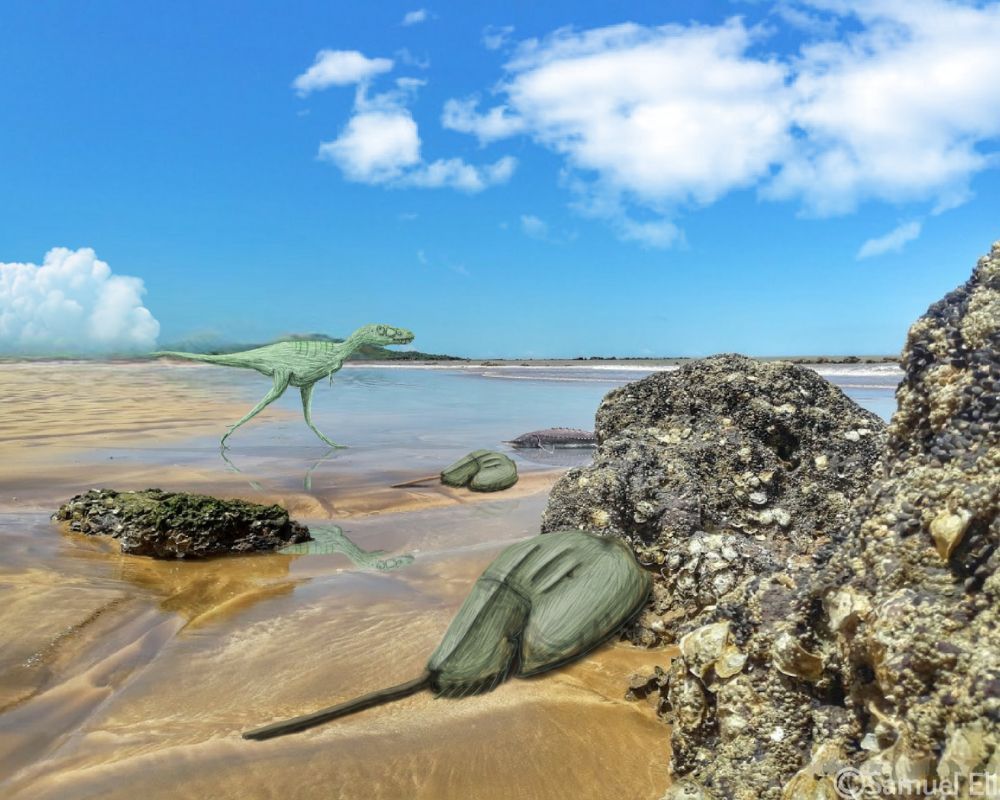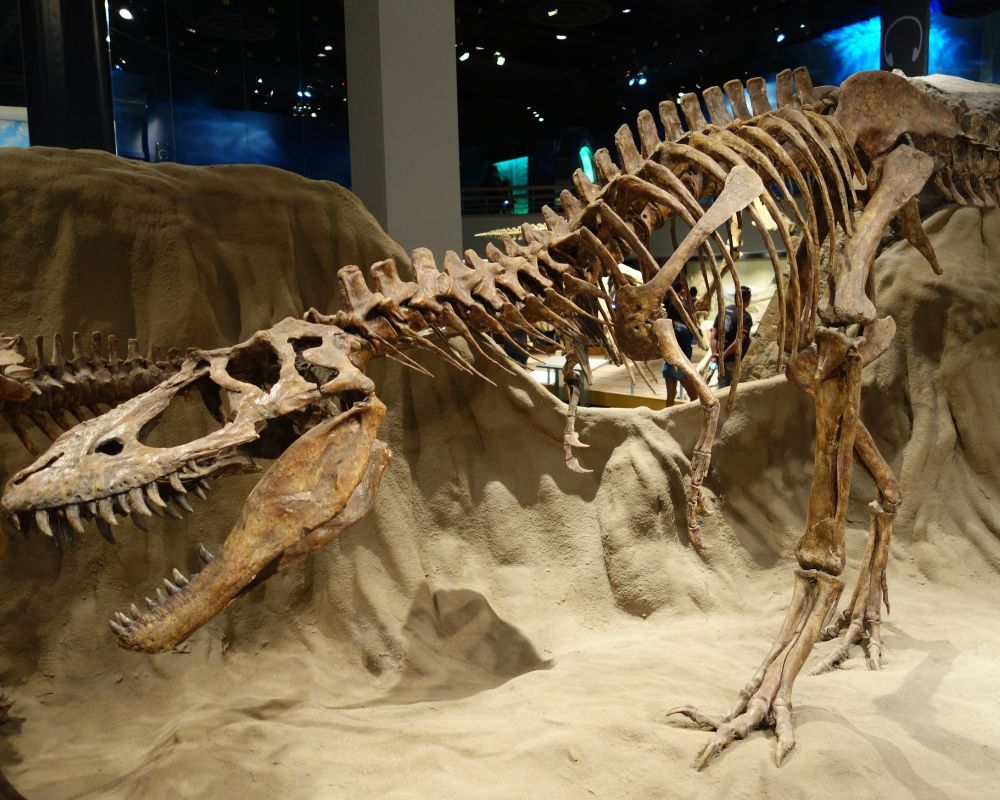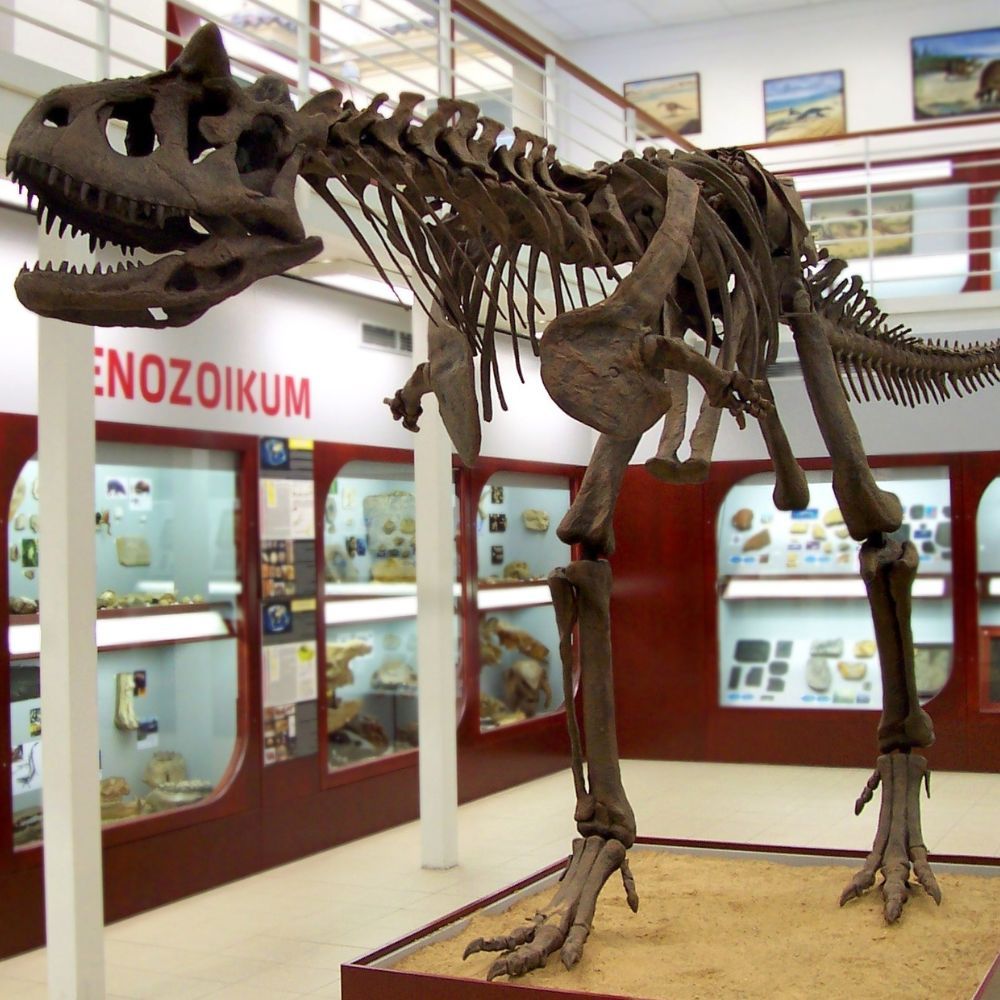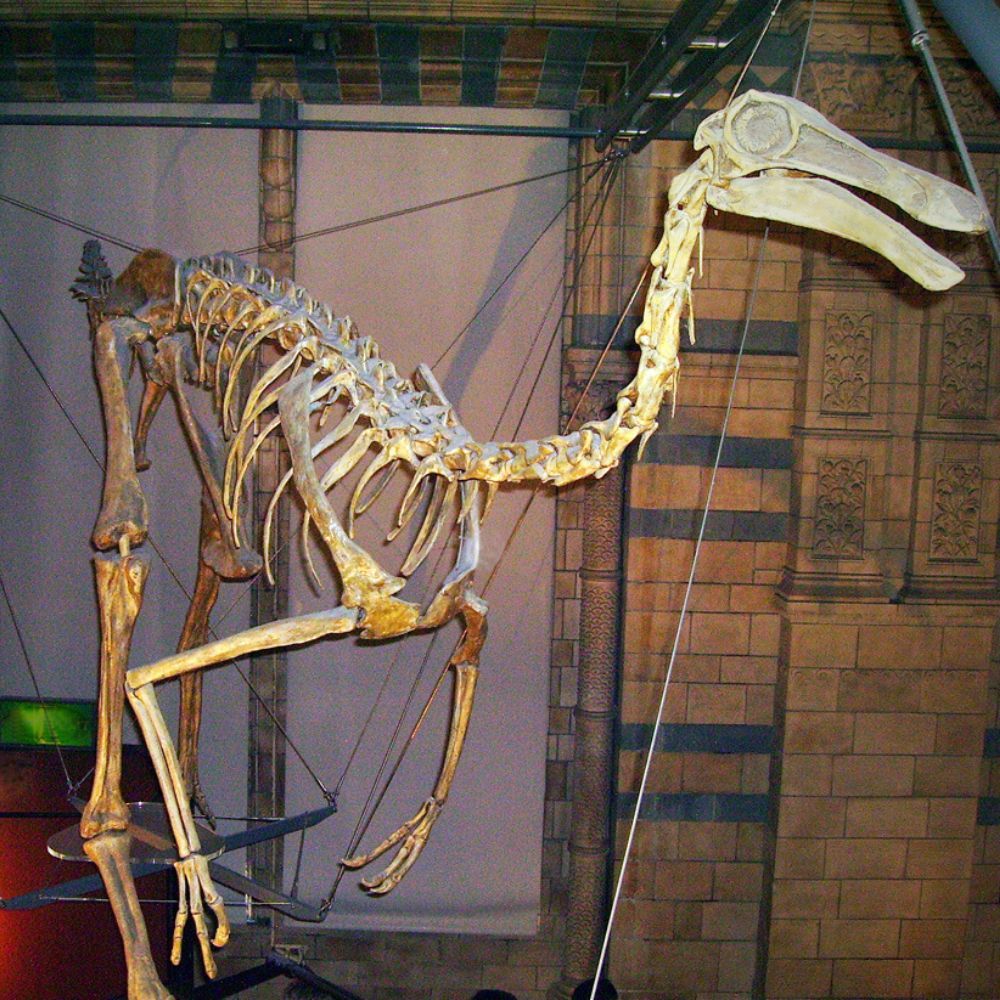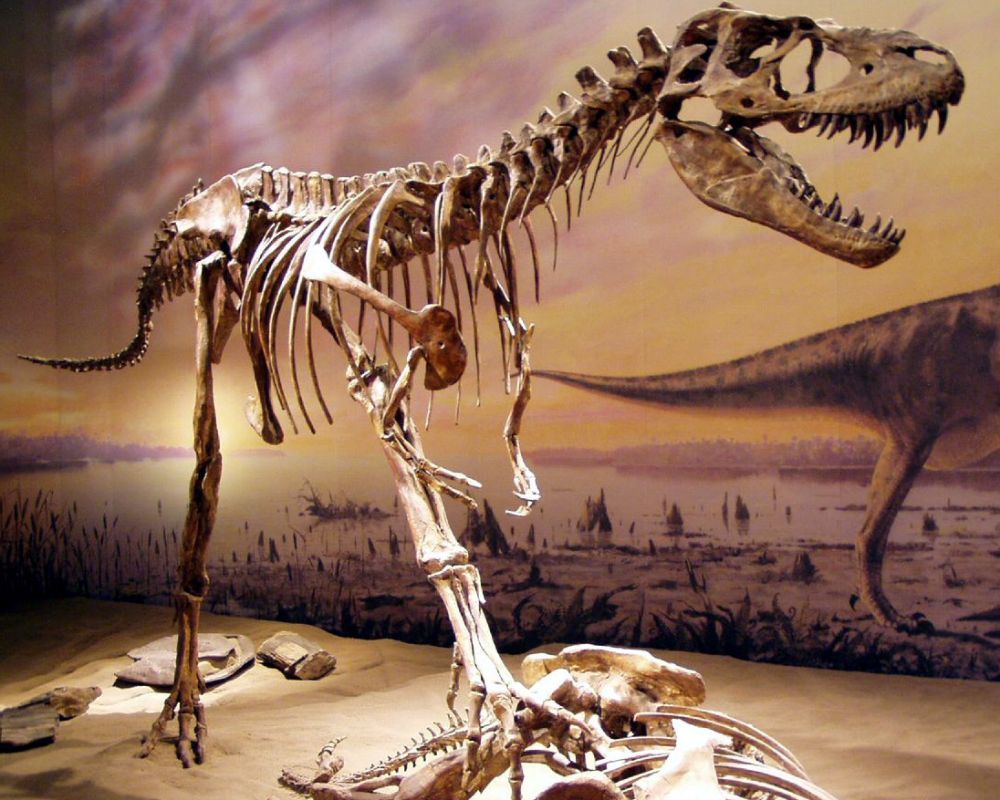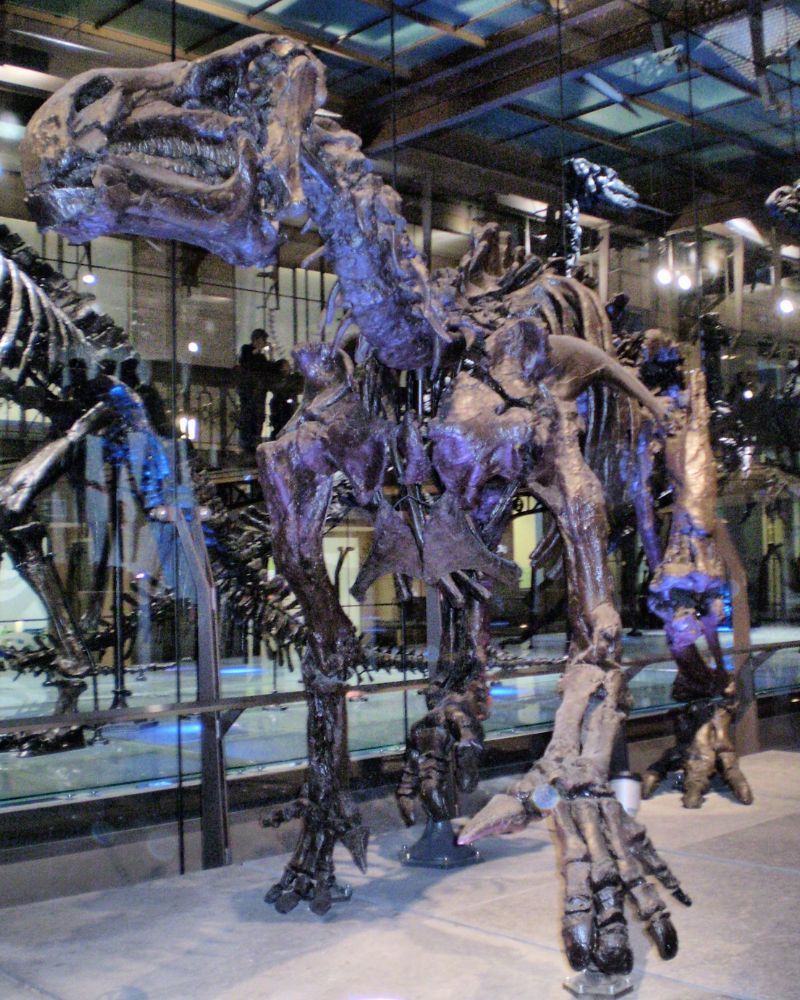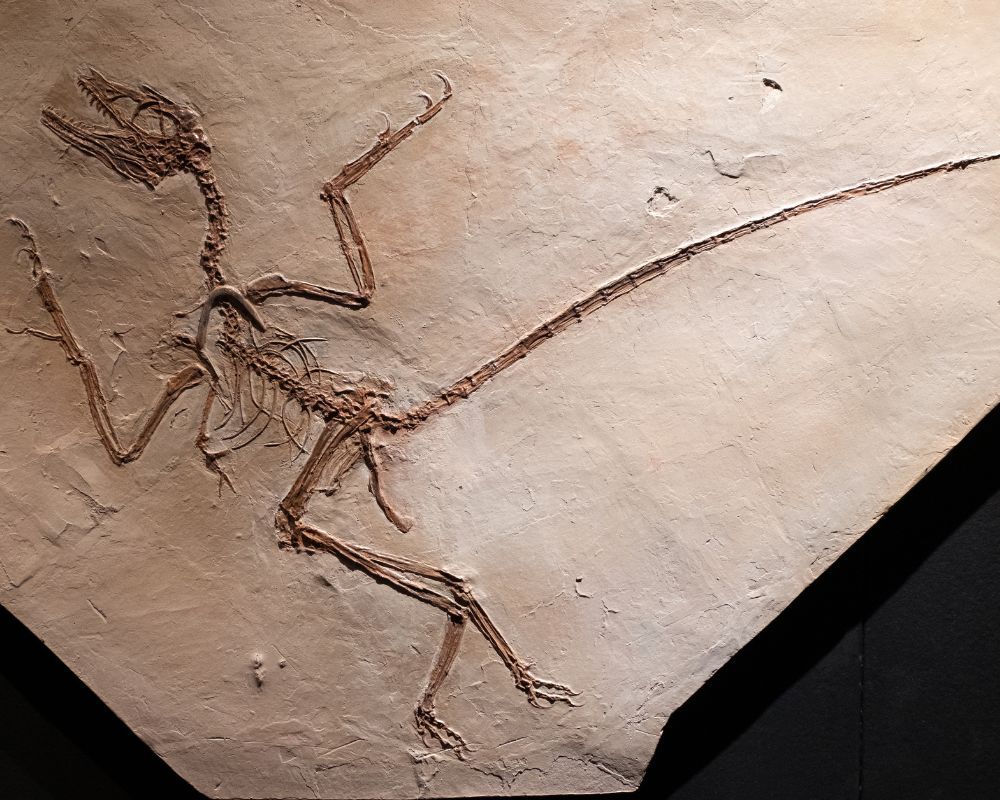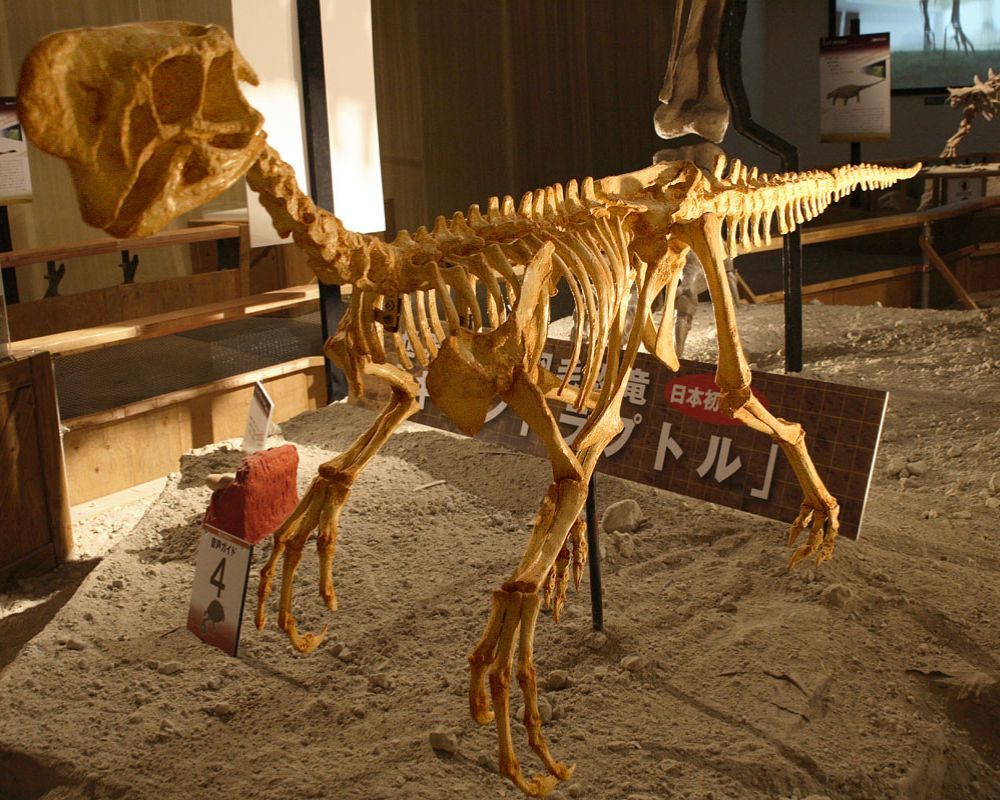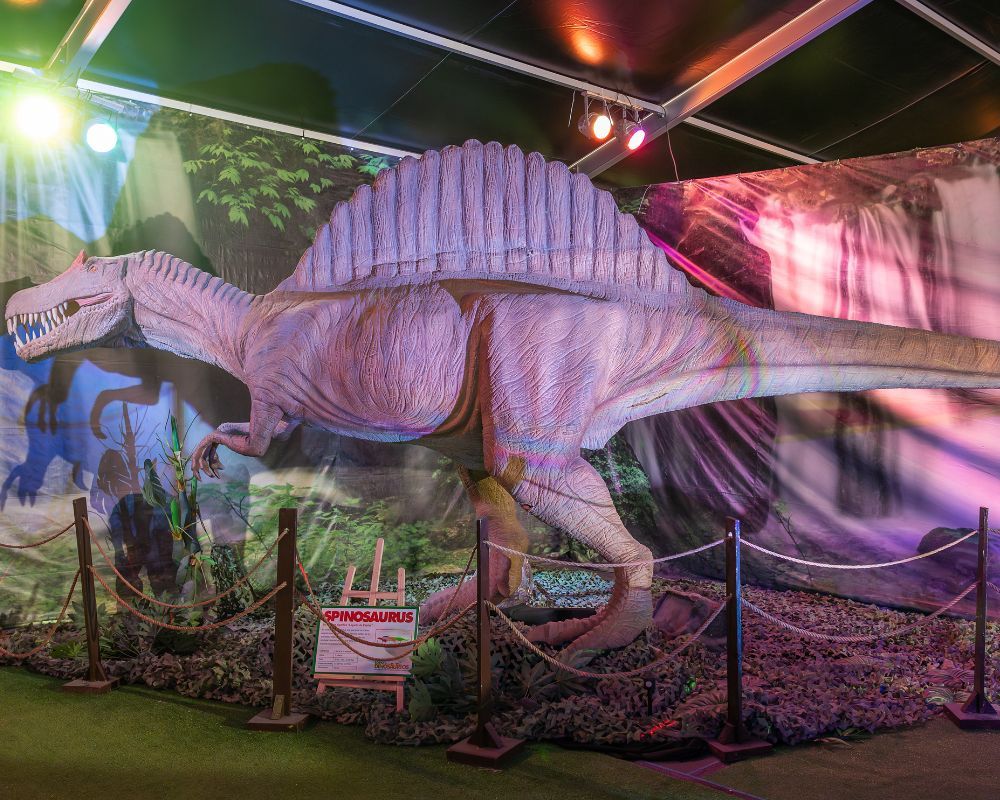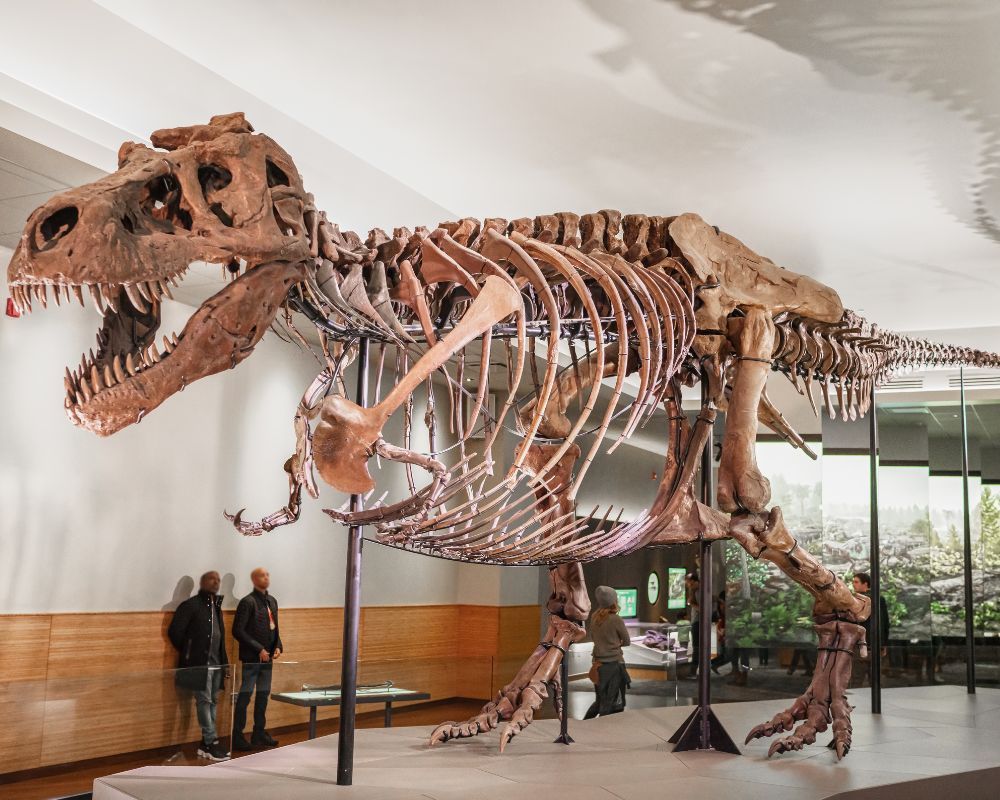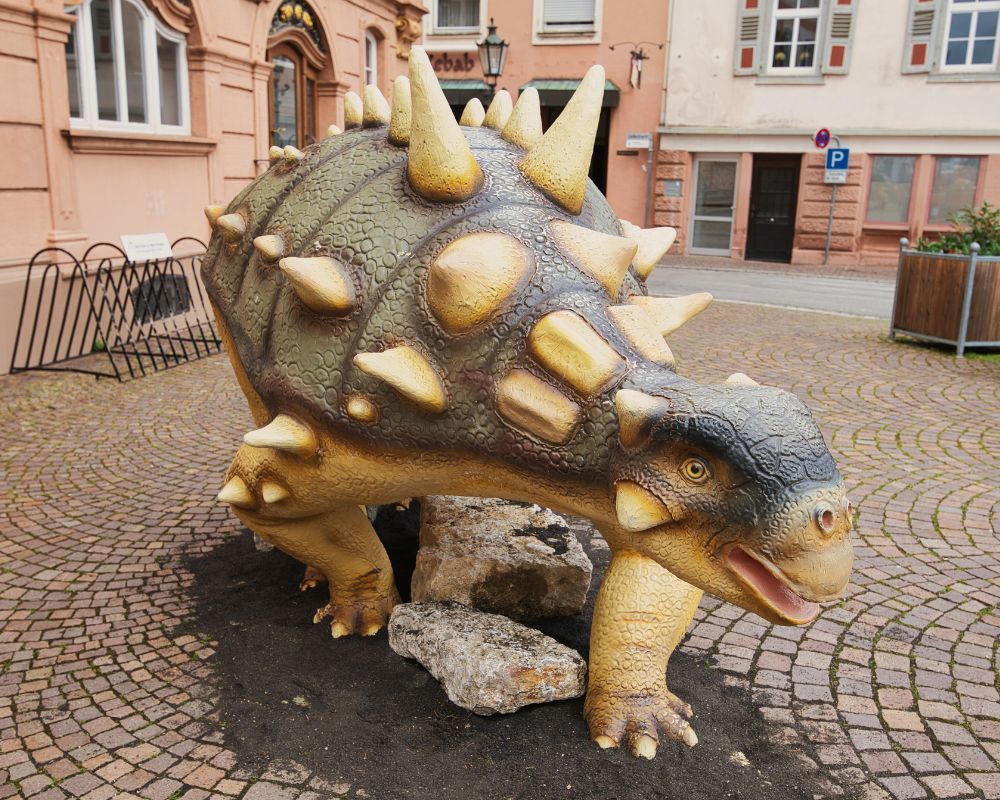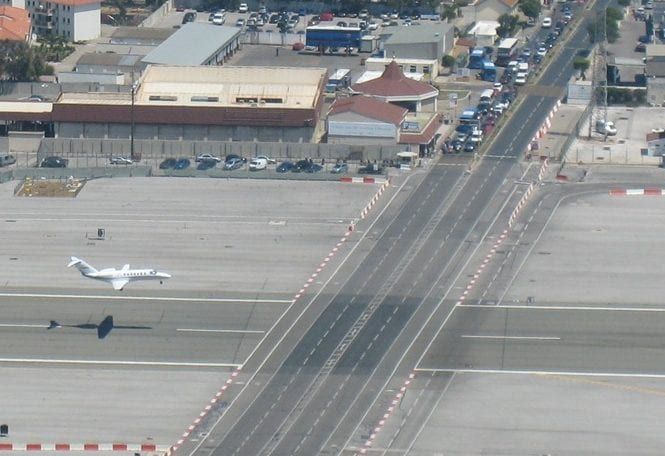Every kid learns about Ancient Rome in school but did we really learn about all of ancient Rome? No way, there are tons of cool facts that are left out of those dry history lessons we sat through in class. So we thought it might be cool to share some facts that prove they didn’t tell us the coolest things about Ancient Rome in school. We hope that you find them as interesting as we did.
Father Knows Best
It is not a surprise that in the old days of Rome, the father of a family was the head of the family and had all the power. But some of the powers that they had were absolutely crazy. They had complete control over everyone’s lives.
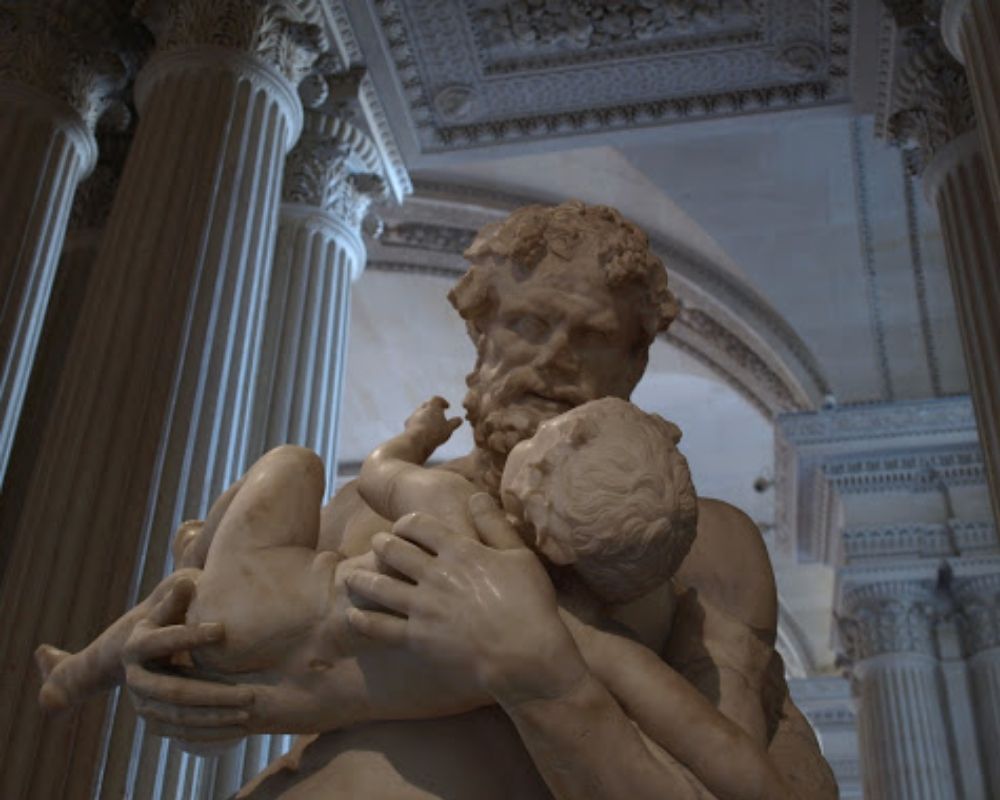
This included the ability to disown a newborn and cast them out of the house. All they had to do was say they were unable to feed them, and it was perfectly acceptable. Sounds pretty cruel.
Food Courts
We all have sat in the food court and had lunch with a friend, but did you know that this concept is nothing new. In fact, the ancient Romans had a setup that was pretty similar to this.

They called it a Thermoplia, and it was a counter with clay jars that housed the food. This was a popular place for the commoners to grab a bite, and you could eat in the establishment or take it home.
Returns
In today’s world, we don’t think anything of taking something back to a store when it doesn’t work out. There we can either do a return or get a refund. This ability might not be around if it wasn’t for the ancient Romans.

They were the first civilization that adopted this idea. You could purchase something down the market or from a tradesman, and if you didn’t like it, you could return it to them or even get a replacement. After Christmas would not be the same without them, it appears.
Seasonal Times
The ancient Romans had the same amount of hours in the day, but they did something pretty interesting with the division of those hours. That’s right, it wasn’t an even split, and that made for seasonal times.

Some times of the year, an hour would be 75 minutes; at other times, it would be just 45 minutes; this was because of the fact they split the day up by sunset until dawn and dawn until sunset.
Amphitheaters Matter
Have you been to a concert or sporting event in a big stadium? Then you should probably give a big high five to the ancient Romans. The basic design of our modern stadiums is based on the Roman amphitheater.

The architects of Rome came up with the idea by adjusting aspects from the Greeks and making improvements on them. They made them bigger and made them a complete circle.
Big, Beautiful Eyes
When it comes to beauty trends, often, things go in cycles. Things like big eyes with luscious lashes for ladies have always been something that marked beauty. But sometimes, the meaning and why they were important varies.

In ancient Rome, the thick eyelashes were a sign of chastity. They thought that your eyelashes fell out when you were a little promiscuous. They really thought some pretty crazy things in the past, right?
Let the Party Begin
The Romans knew how to throw parties. One of the biggest was the Saturnalia which was thrown in honor of the god of agriculture, Saturn. This party even saw the slaves having a day of freedom to party it up with their owners.

They were granted the ability to feast at the tables of their owners, and they could also speak their minds when it came to their masters.
One Brow Above All
Today, when someone has a unibrow, they are looked at as unattractive and, at the very least, are the butt of a lot of jokes. But back in the day, those nicely groomed eyebrows were a sign of being common and unintelligent.

The really posh and upper-class Romans all wanted the eyebrows to grow together. This was a sign of true intelligence. Some people have used fake eyebrows or drew them on. Just like today!
Drink Up!
So we might think it is gross and probably a little unsanitary, but in Ancient Rome, many people drink the blood of the mighty warriors of the Colosseum, the gladiators. This may make you a little nauseous, but the Romans had their reasons.
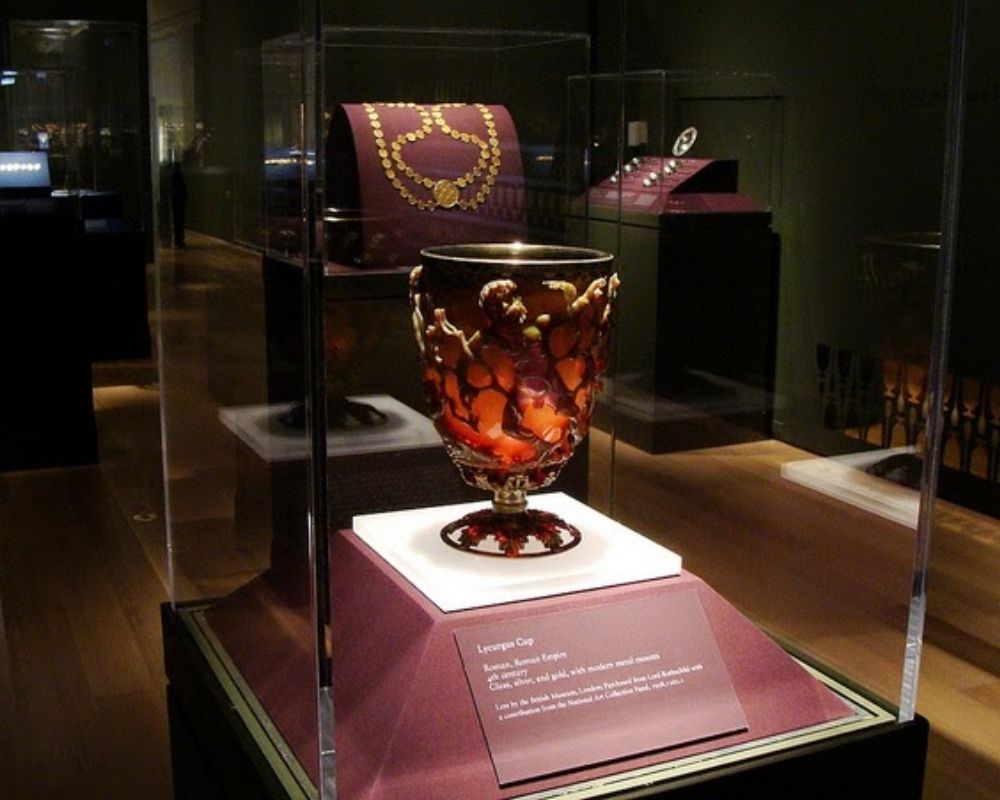
Apparently, imbibing this liquid was said to help with impotence and infertility. People would drink this tonic hoping for the warrior virility to be transferred to them to have more kids.
Purple Was the Color
When you think of royalty, one color comes to mind…purple. Why is that? Back in the ancient world, the ingredients used to get that color were hard to get and rare. This, in turn, made it super expensive.

Because of this rarity and difficulty, the high-class people of ancient Rome were the ones that could purchase fabric made in purple.
They Eat What?
Though Christianity is one of the major religions of the world now, it started as a smaller religion. In fact, back in the day, they were looked at as a cult and frowned upon. During ancient Roman times, there were a lot of falsities about the religion that circulated.
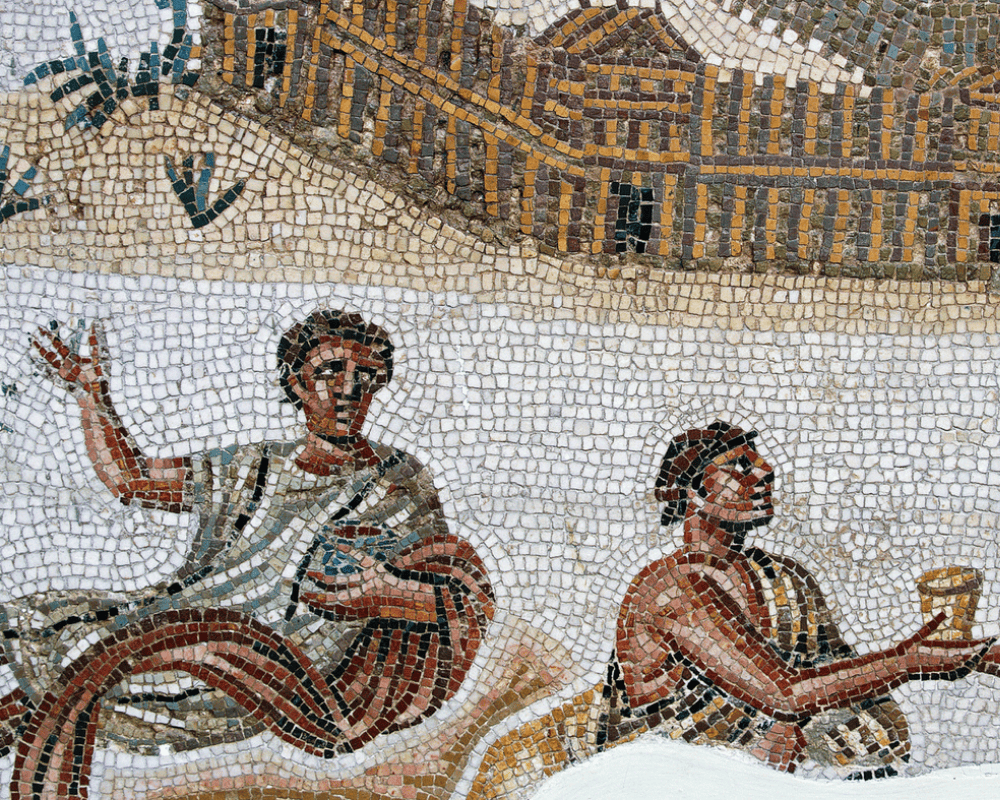
One of the most heinous rumors spread to keep people from converting to this new religion was that they were cannibals. After all, they did eat bread and said it was the flesh of their Christ and the wine was his blood.
He’s the Worst
So on to another horrible ruler and perhaps the worst of them. That emperor would be the famous fiddler of Rome, Nero. He was a different kind of ruler because he had no qualms about being corrupt and was very active in removing any of the people that were in his way.
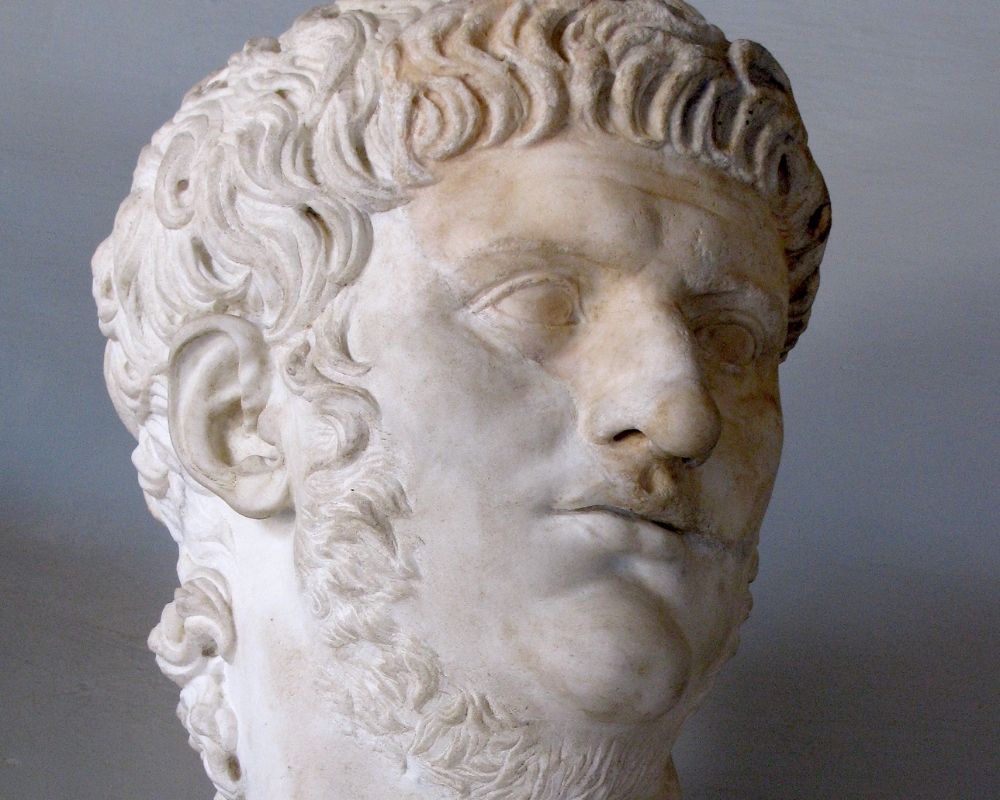
He might have deteriorated into the crazy ruler we have all learned about, but what we don’t learn is that the first part of his rule was very successful.
Pull in Here
So when we are taught about Rome, we are right about its heyday when it was the heart of the world, but the city started off as a small city that was known for its trade. This made it a trade stop on any routes across the country and the world.
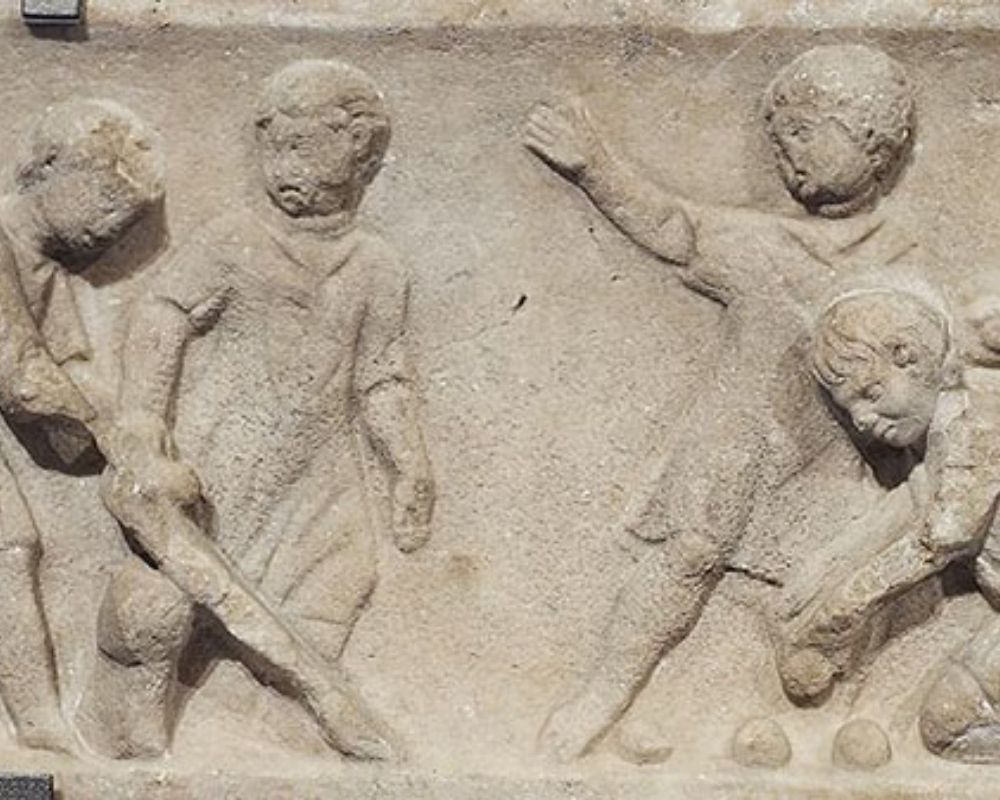
Rome was not what it was called at first; it was Latium. It was a juncture between two major territories, and that is how it became the city it was.
Excuse Me
There was something that many of us were taught or learned that we have to dispel right now. The Romans had a lavish feast with tons of food, and in order to enjoy this, they threw up at some time in the meal.
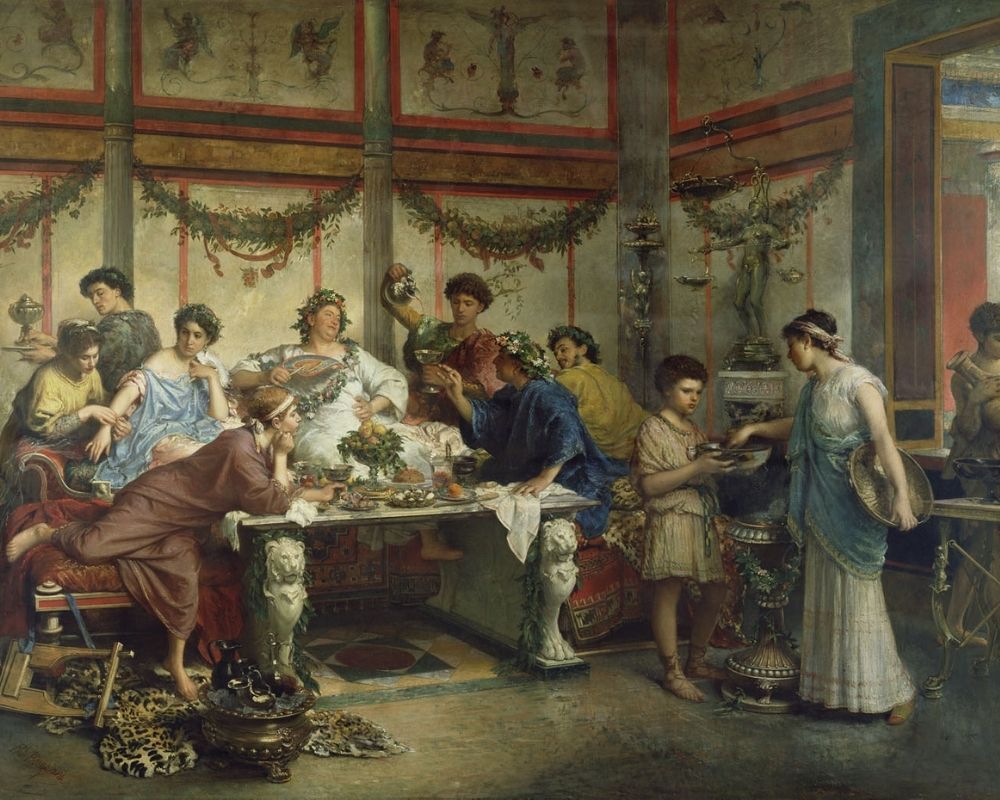
This is false. Though the feast was lavish and large, they also ran a long time, so they paced themselves. This meant there was no need to binge and purge.
Where Is the Soap?
The people of ancient Rome loved a good bath and staying clean, but they may not have been as clean as we think they were. Today when you get in the shower or tub, you grab that bar of soap to get yourself clean.
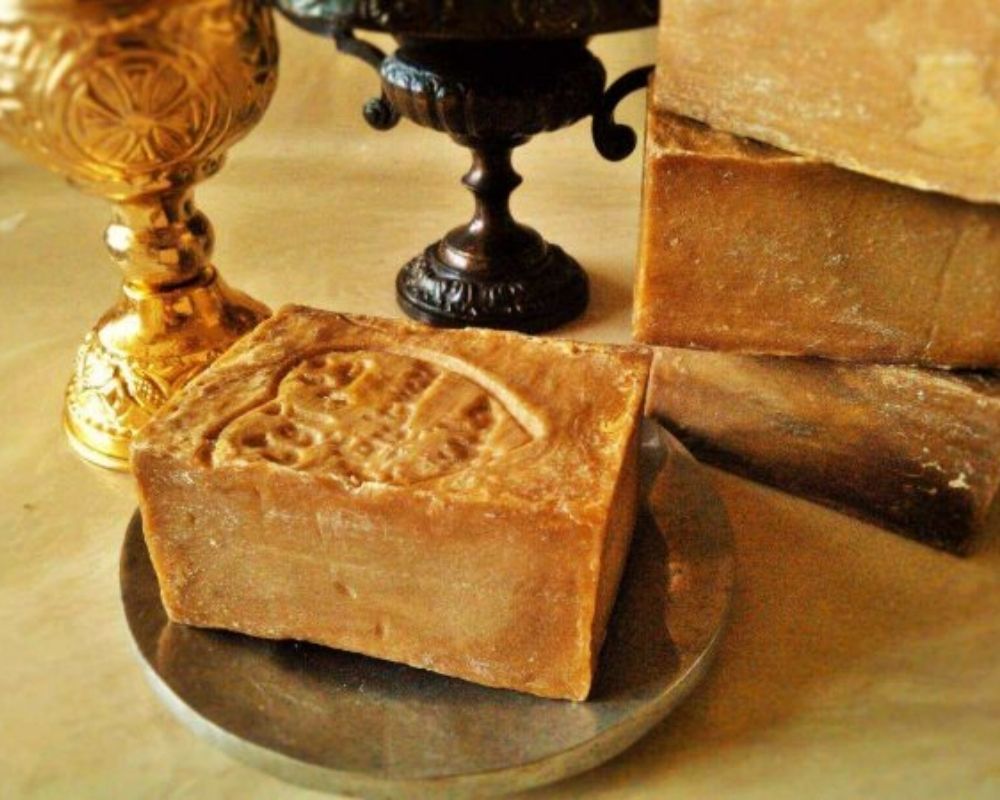
But back in ancient Rome, they didn’t use soap. They relied on clean hot water to get their bodies fresh and clean.
Women’s Rights
It may not be the liberties that women of today have, but back in ancient Rome, women had more rights and freedoms than many of the women in other empires of the time. Roman women, unlike many other women, were able to own their own property.
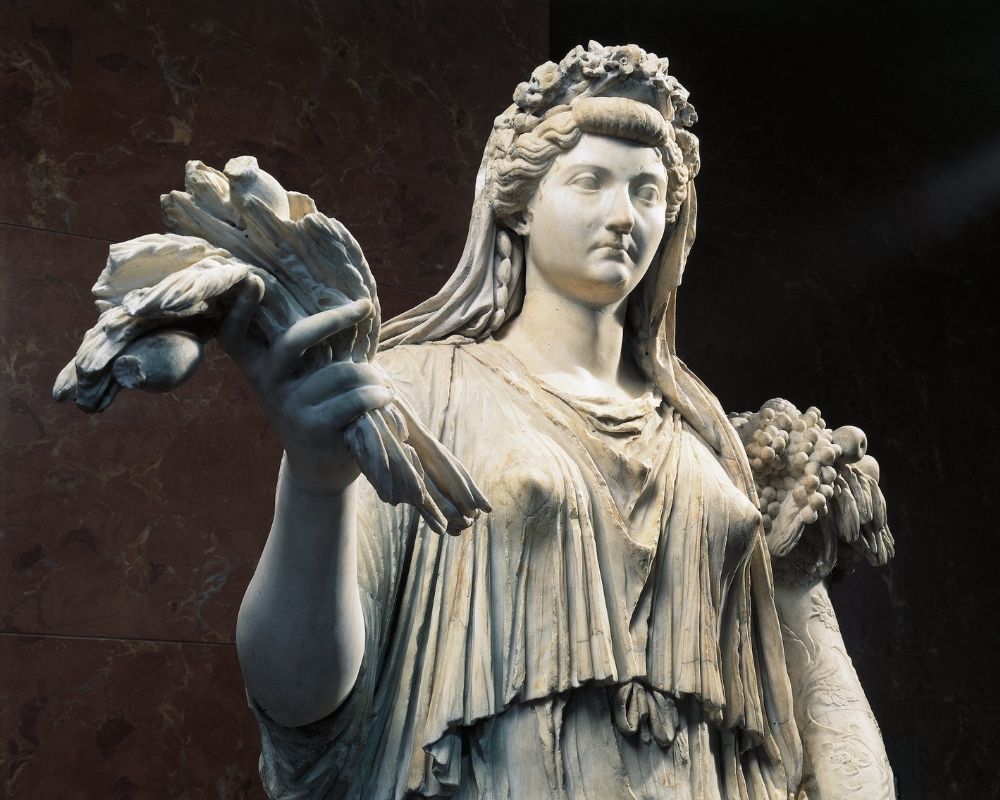
On top of that, Roman women were able to go and come when they wanted. But they were still not able to enter the halls of government.
Twin City
We are taught about Rome, and the empire that came from it but very few of us are taught the story of its founding. It is actually a pretty interesting story. It involves some wolves and a pair of twins.
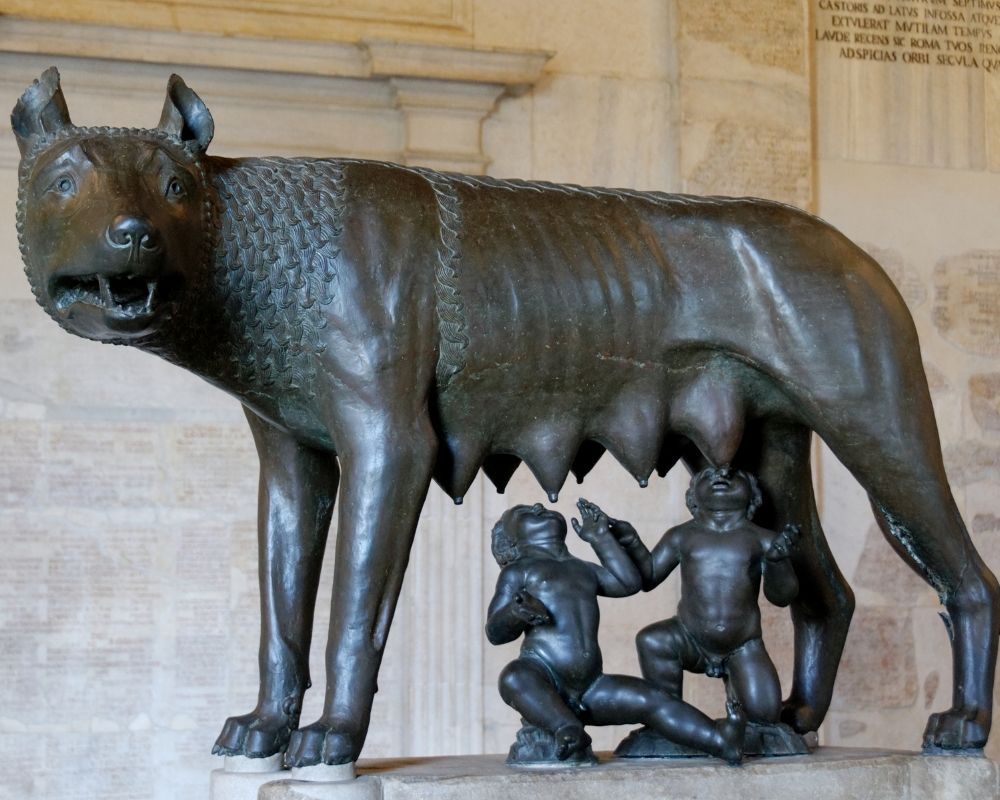
Two twins were abandoned and found by a she-wolf. The wolf raised them, and they were the ones who found the mighty city of Rome, building it from the core of Latium.
I Will Survive!
When we were taught about the ancient world, one of the things we learned is that it was hard to survive. There were rampant diseases and many things that could kill you, including constant battles.
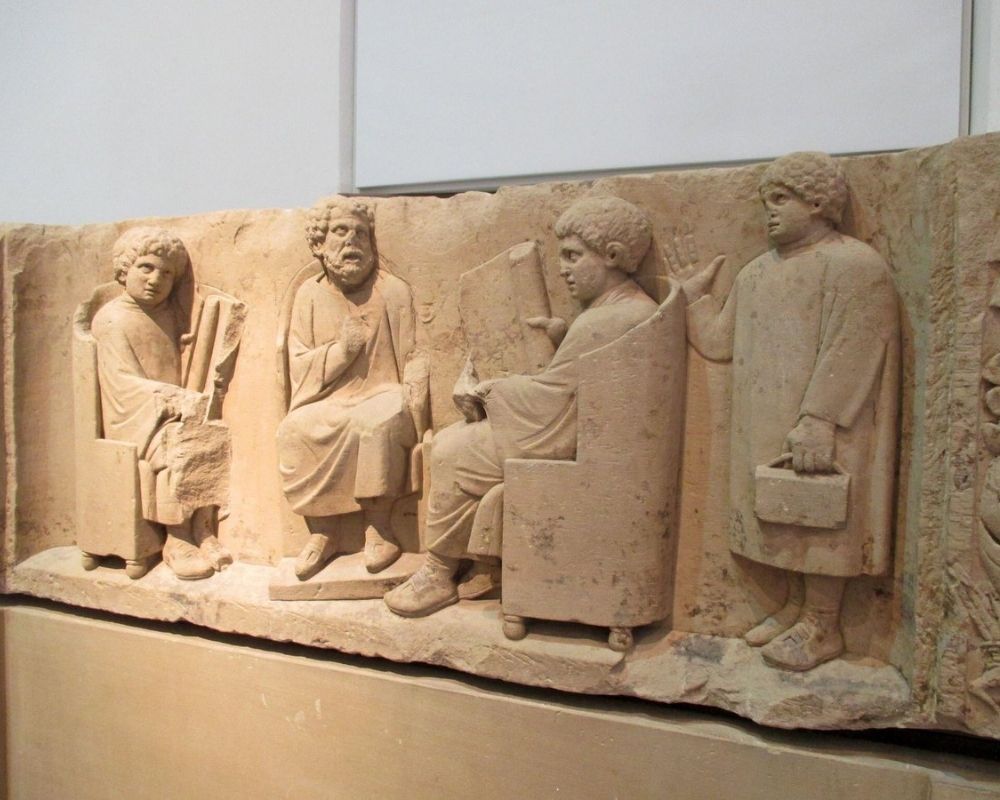
Because of this, we were told that the mortality rate was very low. But on the whole, the average was not as low as we were told. It was still lower than ours, but it wasn’t as bad as we thought.
Multi-Lingual
What many people don’t think about when they are learning about ancient Rome is that this was a metropolis that saw major trade. The fact it saw so many traders made the city alive with many different tongues.
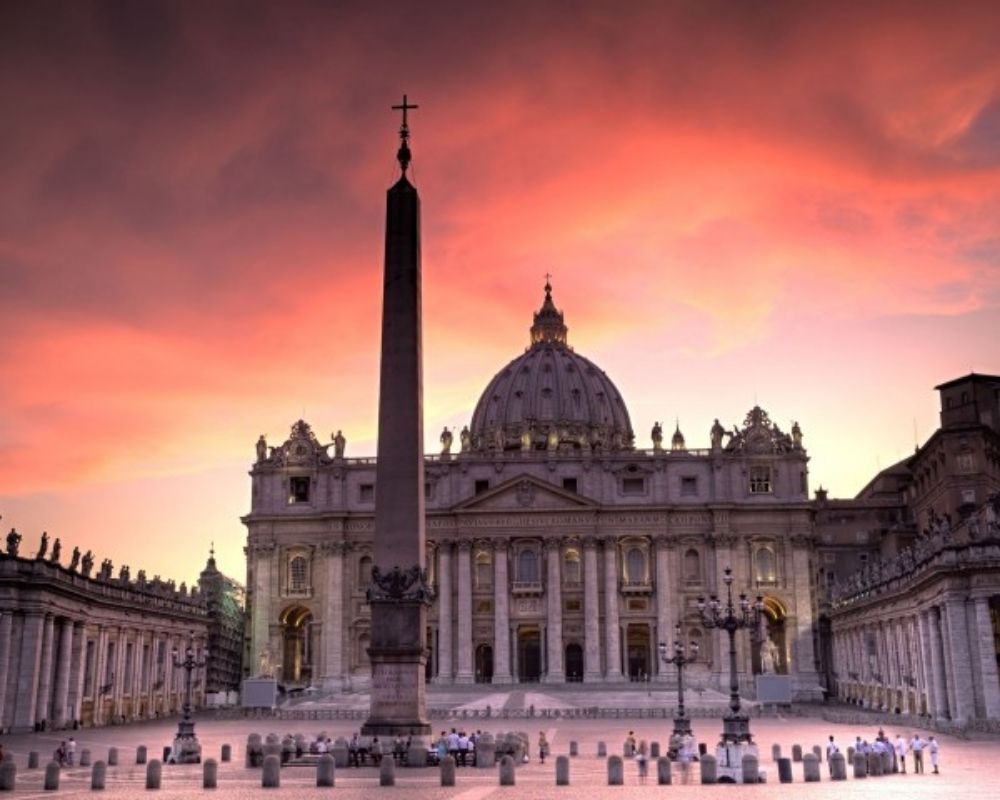
Many of the merchants were also versed in many languages so they could deal with all the people that came into their city. That meant many of them spoke not only Roman but things like Egyptian, Greek, and Germanic language so they could trade with more people.
Cultural Appropriation
Nowadays, people are very cautious about the idea of cultural appropriation. But back in ancient Rome, it was a basic way of life and the way that empire was able to last as long as it did. They not only added pieces of the concord cultures into their culture but many other things.
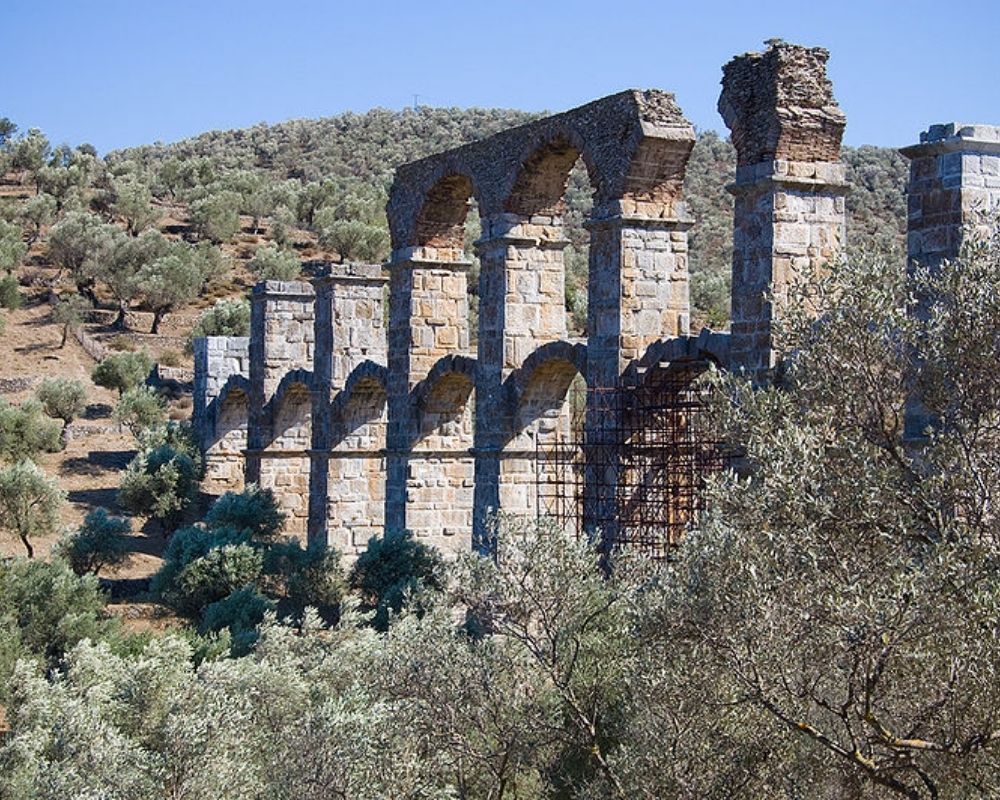
Of course, the Romans melded pieces of Greek culture into their world, but many other things from other cultures that they concord.
How About Those Aqueducts!
Like many other things in ancient Rome, the aqueducts are something that stood the test of time. They were so well built that even today, there are examples of them all over the European continent.

The aqueducts were built to last, and they were by far one of the inventions to come from ancient Rome, if not the best. They allowed the empire to deliver water to places that were not close to water.
Check Out the Size of That
Nowadays, there are tons of major cities that you might deem megacities. But back in ancient Rome, there were not very many of them in the world. The first may well have been Rome.
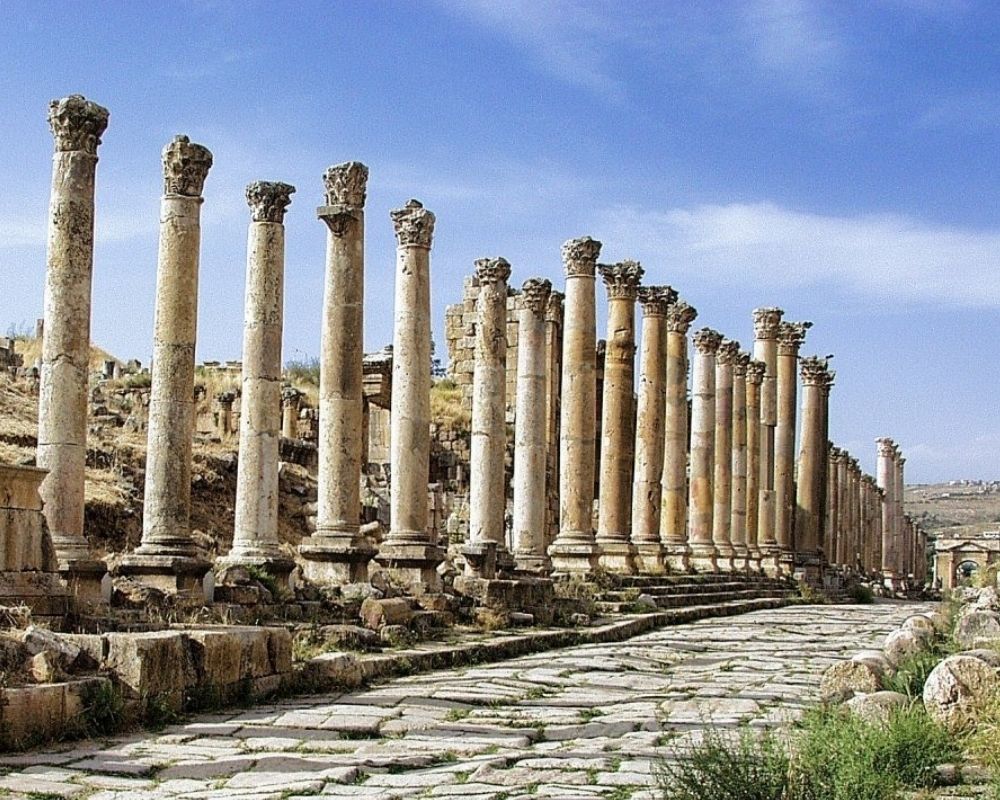
You may want to argue with it, but it is definitely the first. Rome housed at one time over a million people, where places like Babylon only saw a population of 200,000.
Cemented in History
What would the world be without concrete? Many modern buildings use this compound as the foundation, which means we have a lot to thank the Romans for. But our cement is nothing to the Romans!
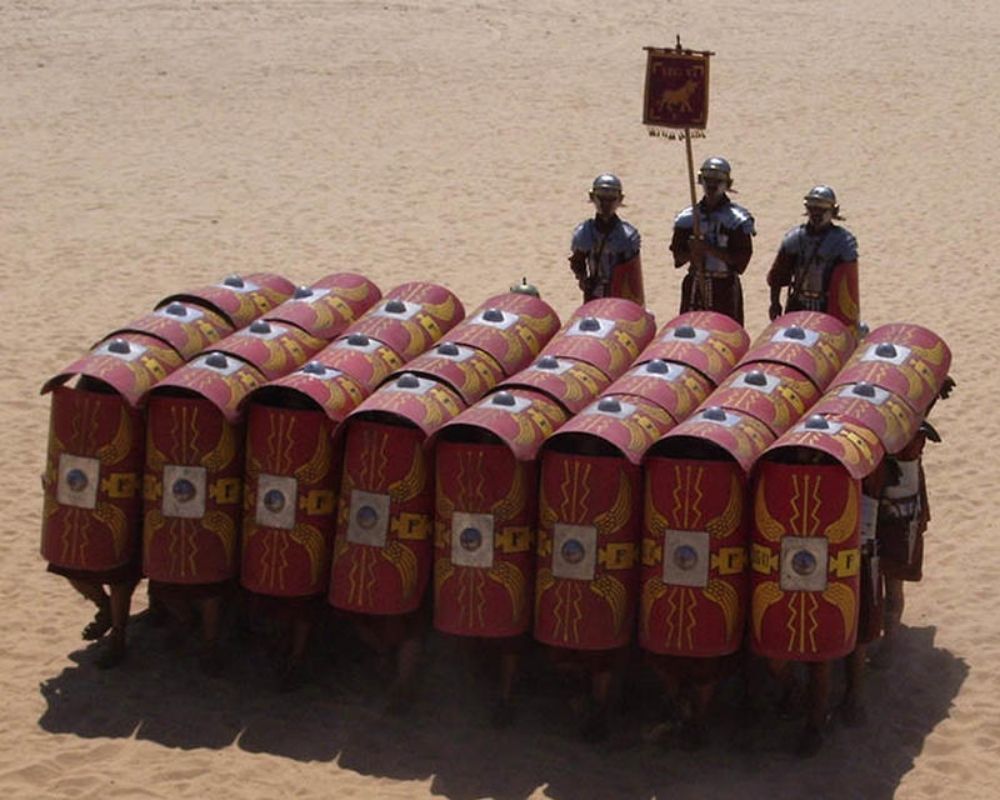
The Romans used volcanic ash as a core ingredient. This mixed the limestone and seawater made a strong mortar. In fact, this compound only seems to get stronger with time, and that is pretty cool.
Public Restrooms
So one of the things we all learn about ancient Rome is that they were amazing innovators. They came up with some pretty epic things, and that includes bathrooms. This innovation includes the sewer, but the bathrooms of their time were not what we think of.
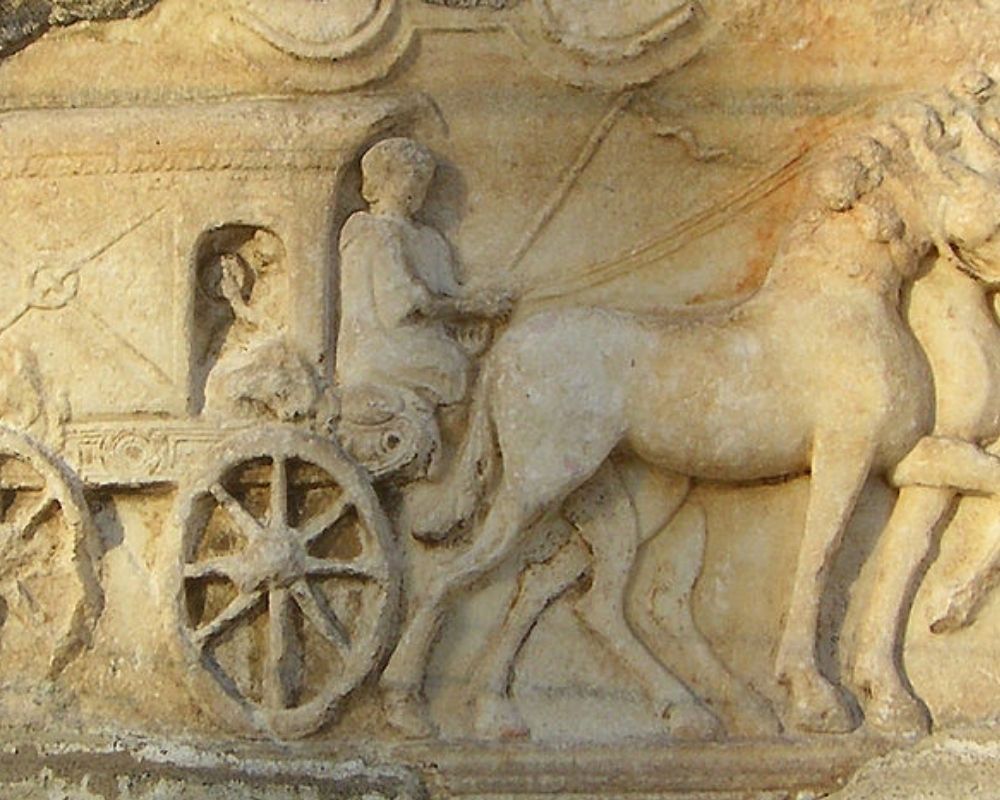
The bathrooms of ancient Rome were stall-less and a place to socialize. They had fewer inhibitions than we do. So their bathrooms were holes set in benches in a public setting.
Ask Him!
Rome had many emperors that probably were in desperate need of therapy or a little time away in the sanitarium. One of the most famous was Caligula. Besides being accused of killing his family and anybody that stood against him, he also liked to chat up the moon.
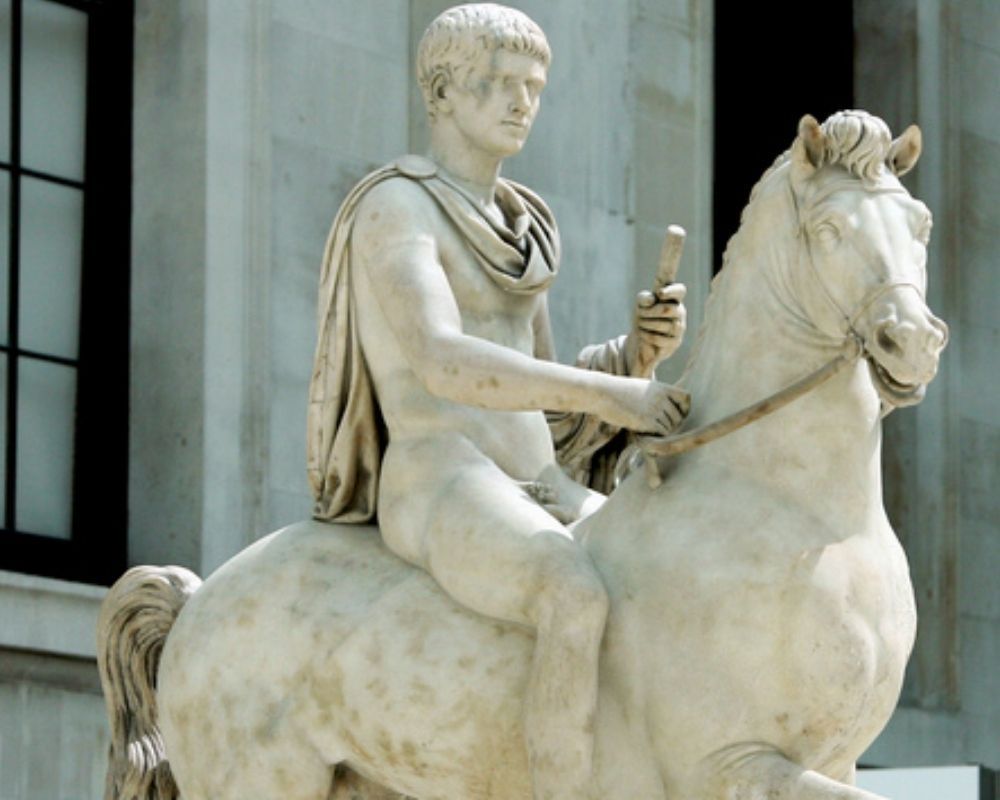
Oh yeah, and he fought for his horse to be made a special counsel to the emperor. He must have really liked that horse!
Who’s That Girl?
In Rome, women may have had a lot of rights, but they didn’t have a personal name. Most women would be given a name after their lineage. So if you came from Claudius, you would be Claudia. But what if there was more than one girl in the family?

Well, then you would get a descriptor after your name. So the second Claudia would be Claudia Secunda. And it would go from there.
Thumbs Up!
Hand signals are still used to this day settings to show approval and sometimes to not. But in Ancient Rome, a simple gesture of the hand in the Colosseum could mean a whole world of different things. We all know the thumbs up and thumbs down, but there were others.

If you bend your thumb in any direction, it means the fighter was meant to die. To save the gladiator, a clenched fist was raised in the air.
Big Battle
When you think of the Colosseum, you probably think of gladiatorial fights. But the amphitheater was used for tons of other events as well, including some pretty epic naval battles.
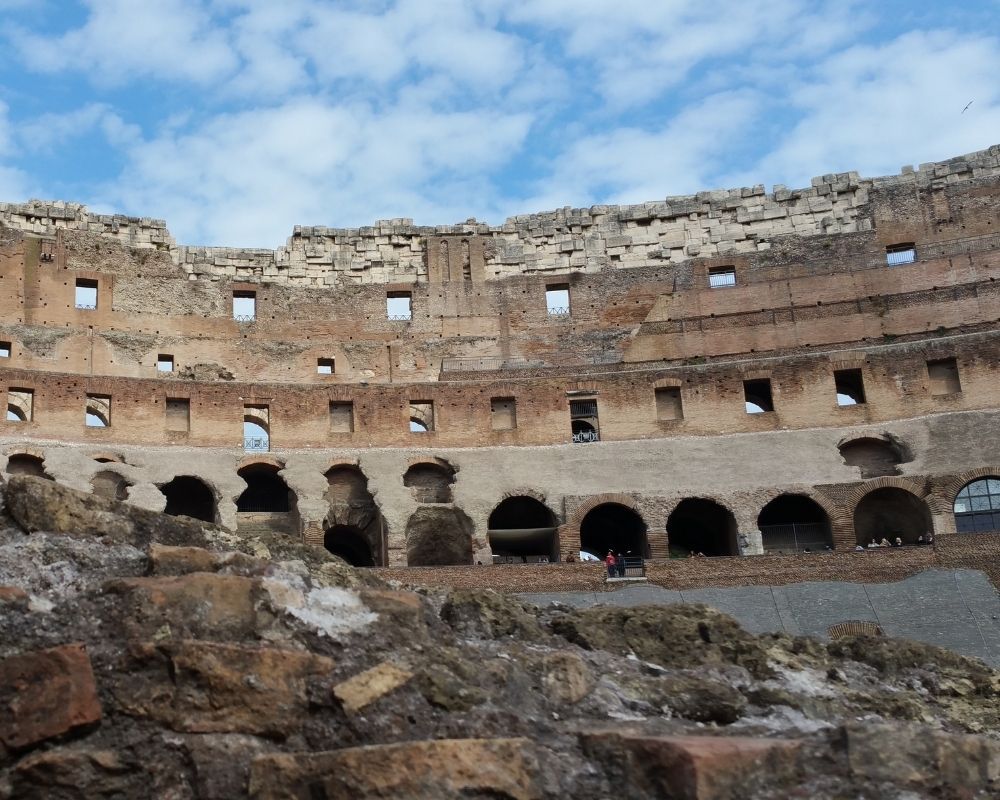
That is right, Emperor Titus actually filled the Colosseum with water and had mock naval battles in it. That sounds pretty cool! What do you think? We wish we could have seen that.
Earn Your Freedom
In ancient Rome, many households owned slaves, but they were able to gain freedom. Sort of once they were freed, they still were required to work for their former owner. On top of that, these freed slaves that were citizens had to vote for their former owners in elections.

They also had to work for them for free and even leave them their property when they passed away. If not, they could be put back into a slave state.
Major Metropolis
It is no surprise that at its height, Rome was the center of the world. It was the heart of the empire and a major trading and cultural center. But how did it stack up against the cities of the modern world?
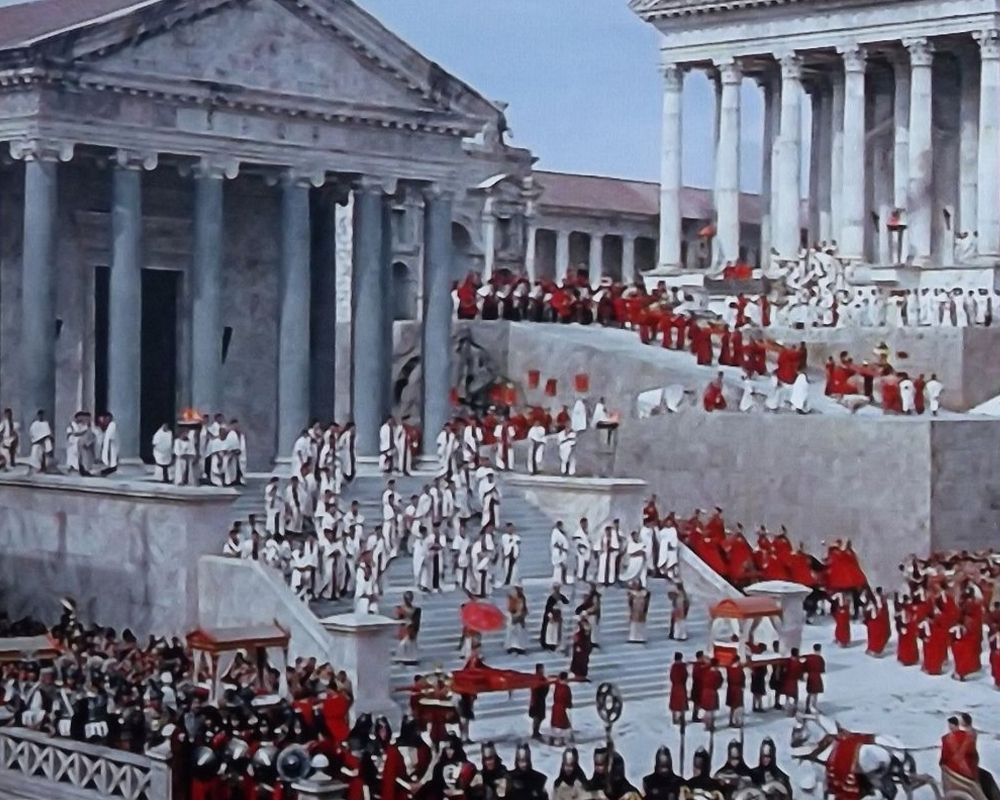
Well, Rome was a major metropolis that at one time or another was the home of over a million people, which even by today’s standards is pretty big.
Roman Apartments
Nowadays, tons of people live in apartments; in fact, some of those apartments are pretty darn posh. But back in the days of ancient Rome, people with money lived in those villas we all think of when we think of that period.

The poor were the ones that loved the apartments. These apartments were very similar to apartments in cities of today when it comes to layout and planning.
Can You Pass the TP Stick?
There are a lot of things that we can say about the bathroom habits of the Romans, besides doing their duty while they completed business deals. It was all a very communal event. For us, though, the coolest fact had to do with the cleanup.
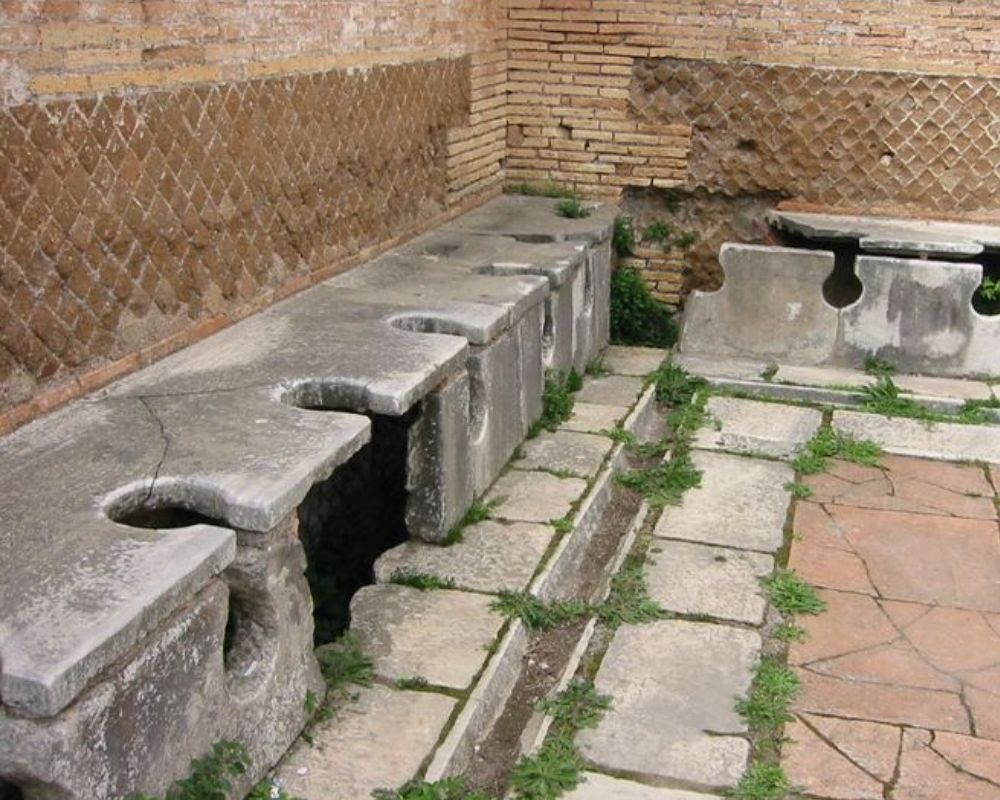
They didn’t have toilet paper to wipe their bottom, but they didn’t walk around dirty. Instead, they used a sponge on a stick. They called this tool xylospongium.
Ancient Shopping Mall
As teens, we all spent hours hanging out at the local mall. This type of establishment has its roots all the way back to the ancient Romans. They had something called Trajan’s Market in Rome, a place with many private shops.
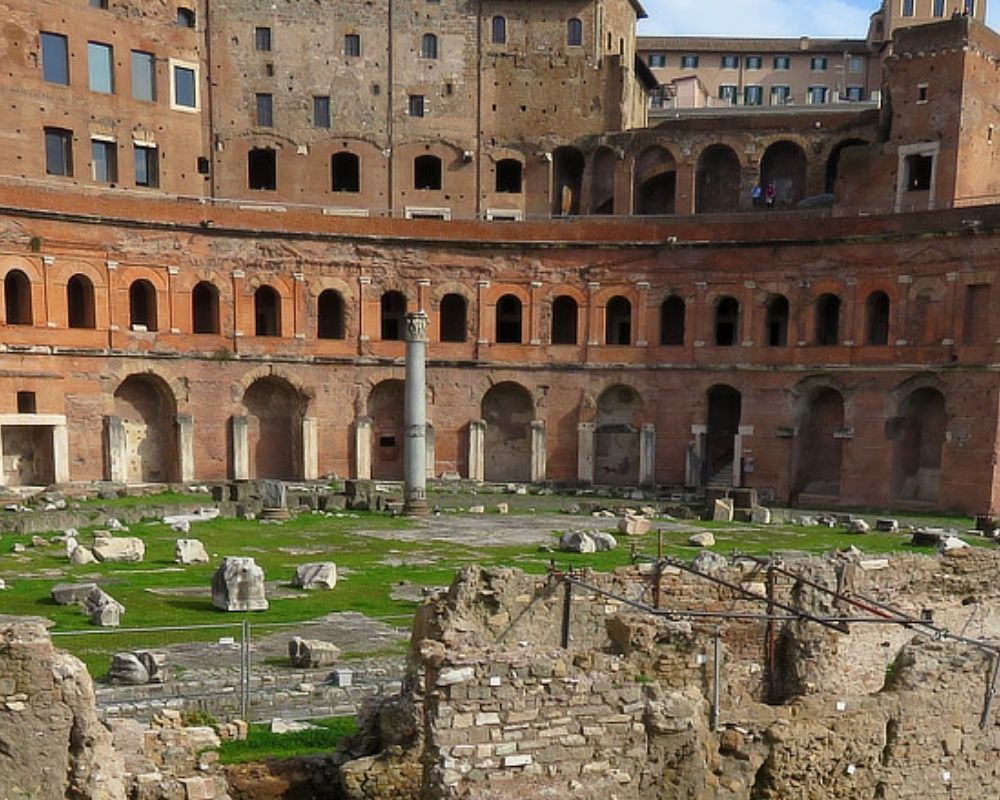
The market also had several eating and drinking establishments; some of these even administered free food to the shoppers as they perused the goods.
Fight It Out
There were a lot of ways that crimes got punished in the Ancient Roman world. Among them was the punishment of a duel in the Colosseum. But if this was your sentencing, you might not always find yourself fighting another human.
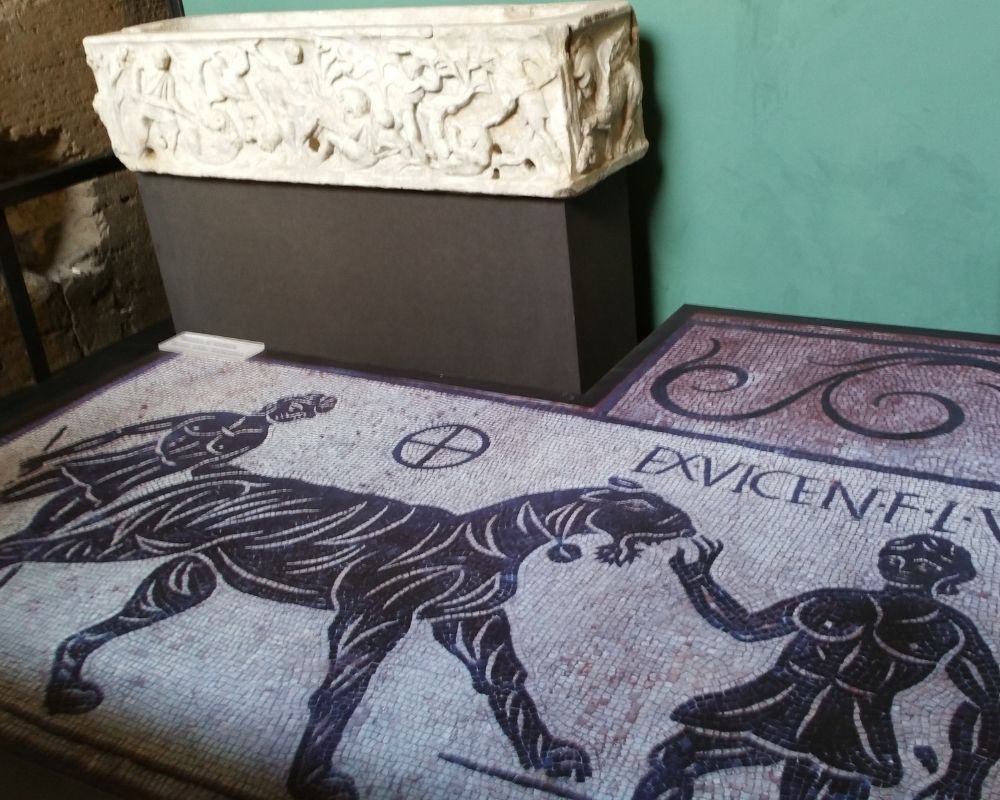
Often you might find yourself up against one of the wild animals kept beneath the amphitheater; this even included a lion. That is some serious punishment!
Get Your Gladiator Swag Here!
Today when you go to an event at a stadium, there are kiosks sitting outside the arena that typically sell hats, tee-shirts, and other paraphernalia for the event. The old world was no different.

Well, that’s not true; they didn’t sell t-shirts and hats. Instead, the kiosk outside the Colosseum sold things like gladiator sweat and the fat of animals that were killed. These were used as cosmetics, among other things.




